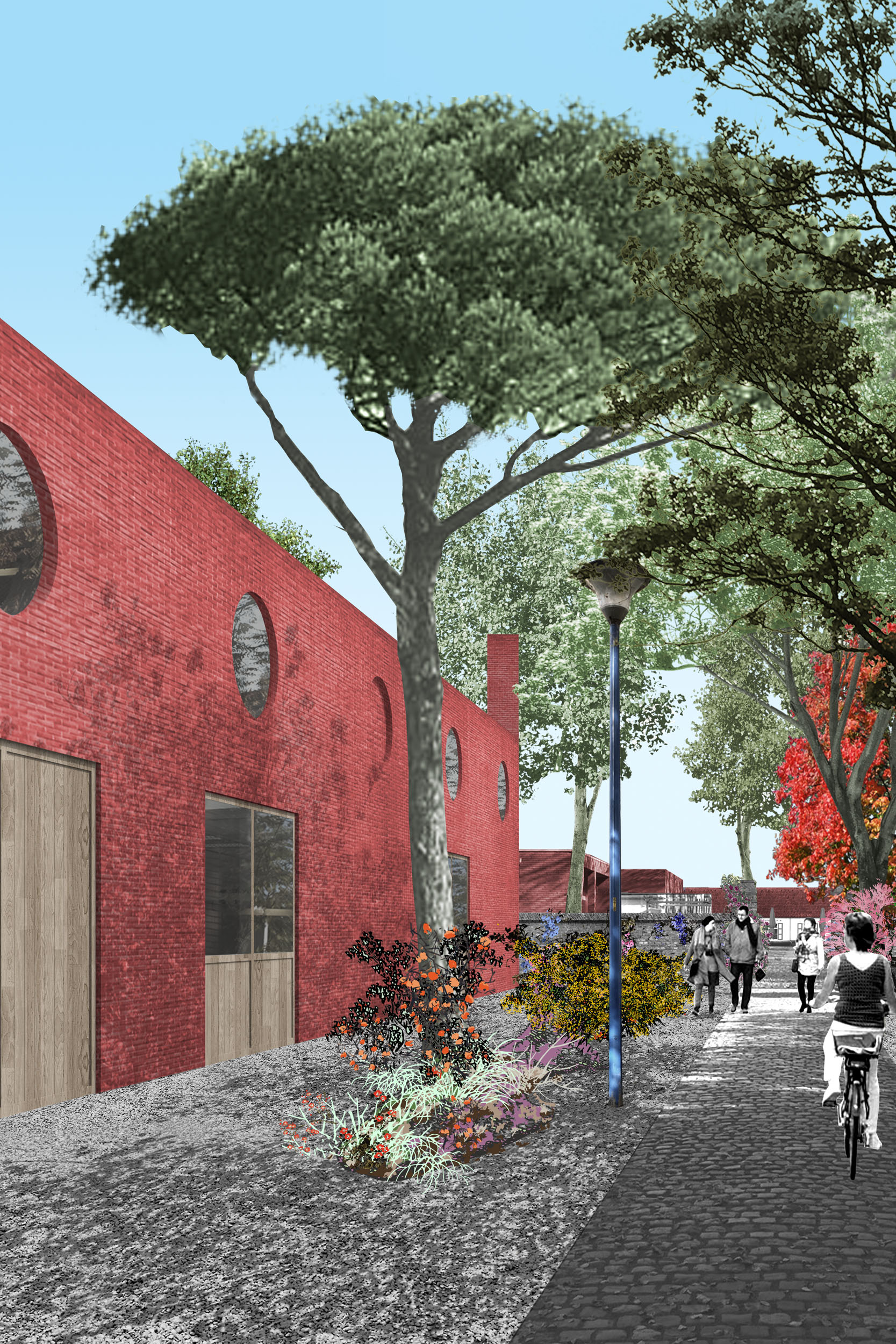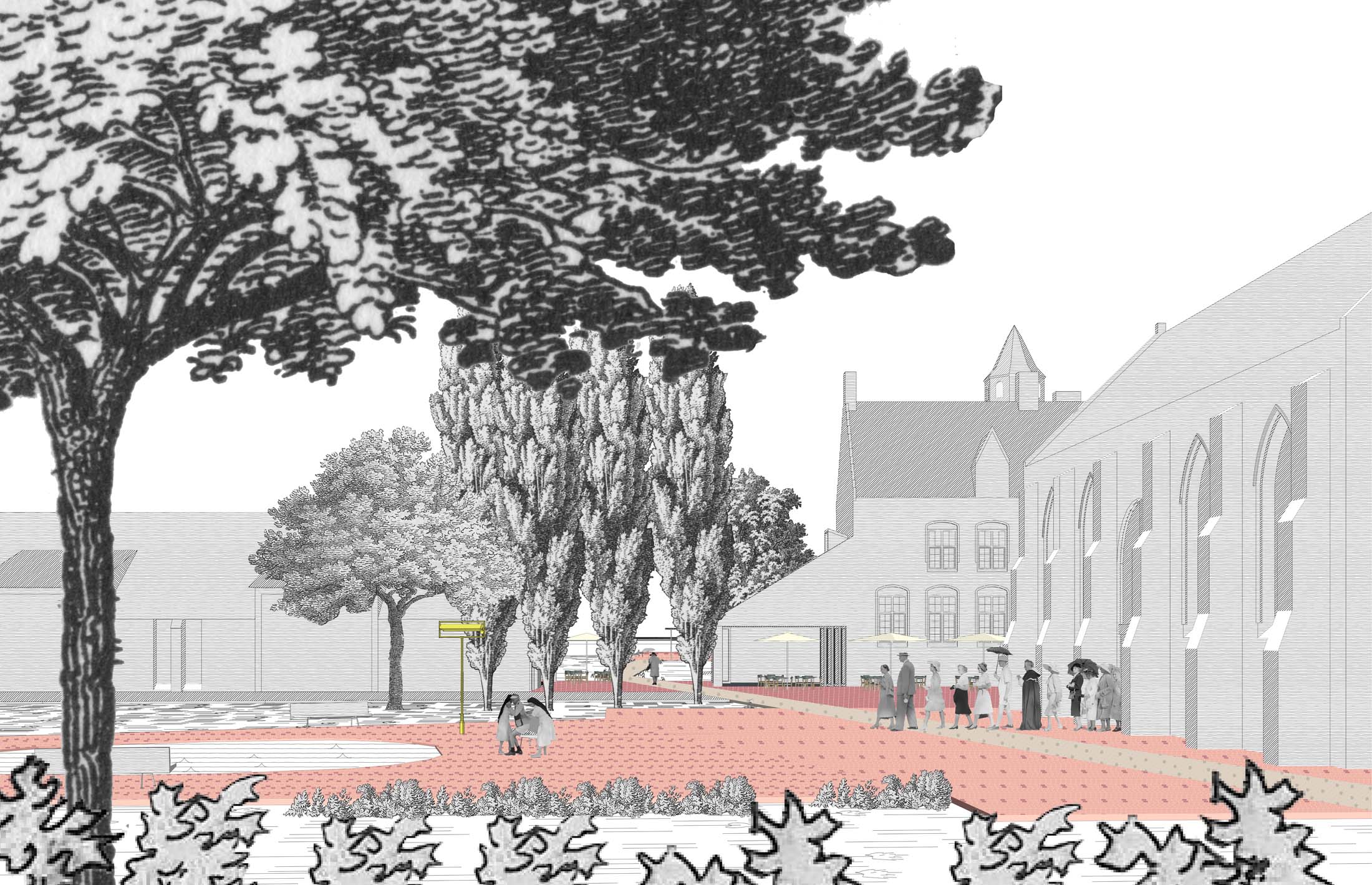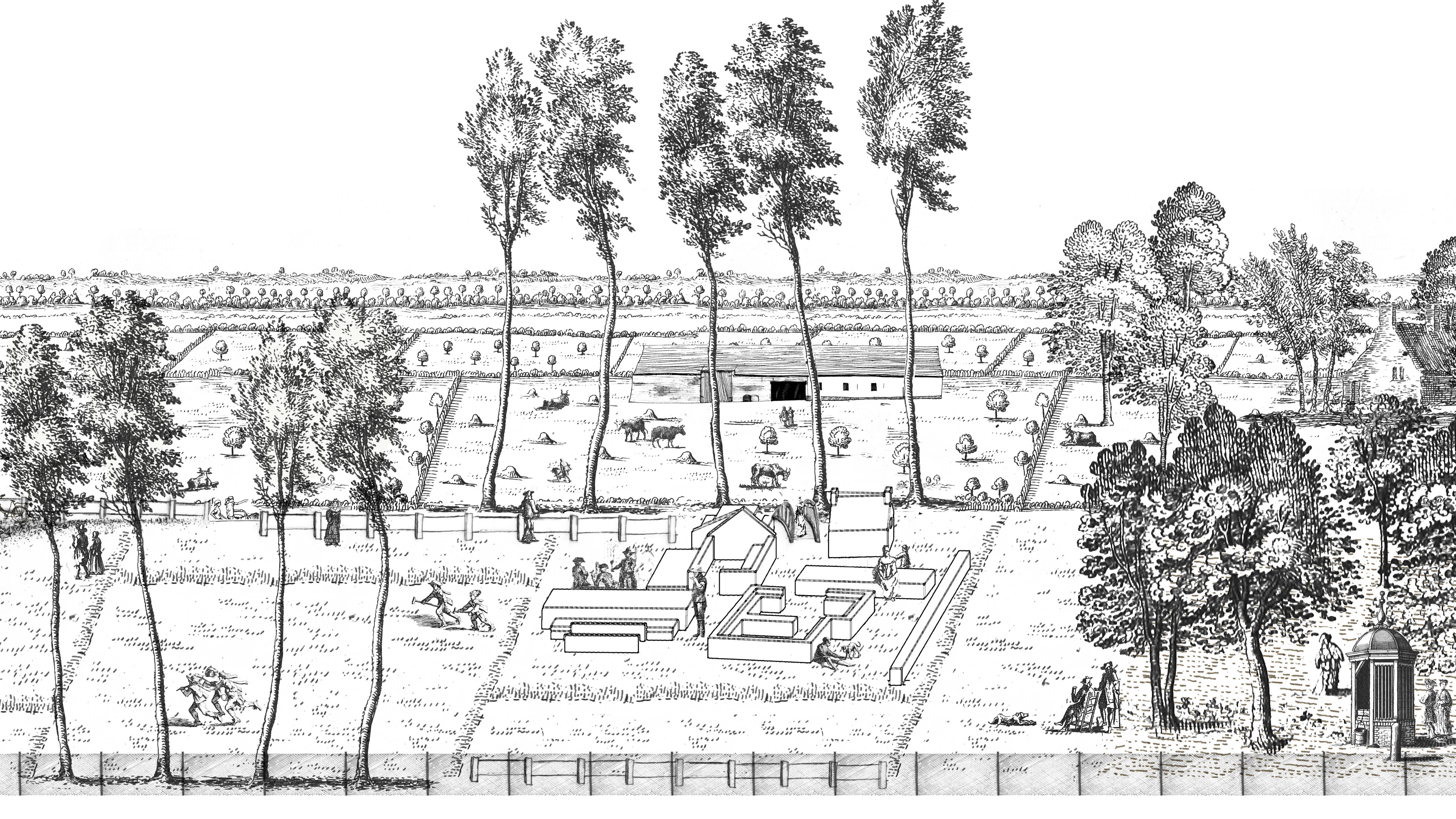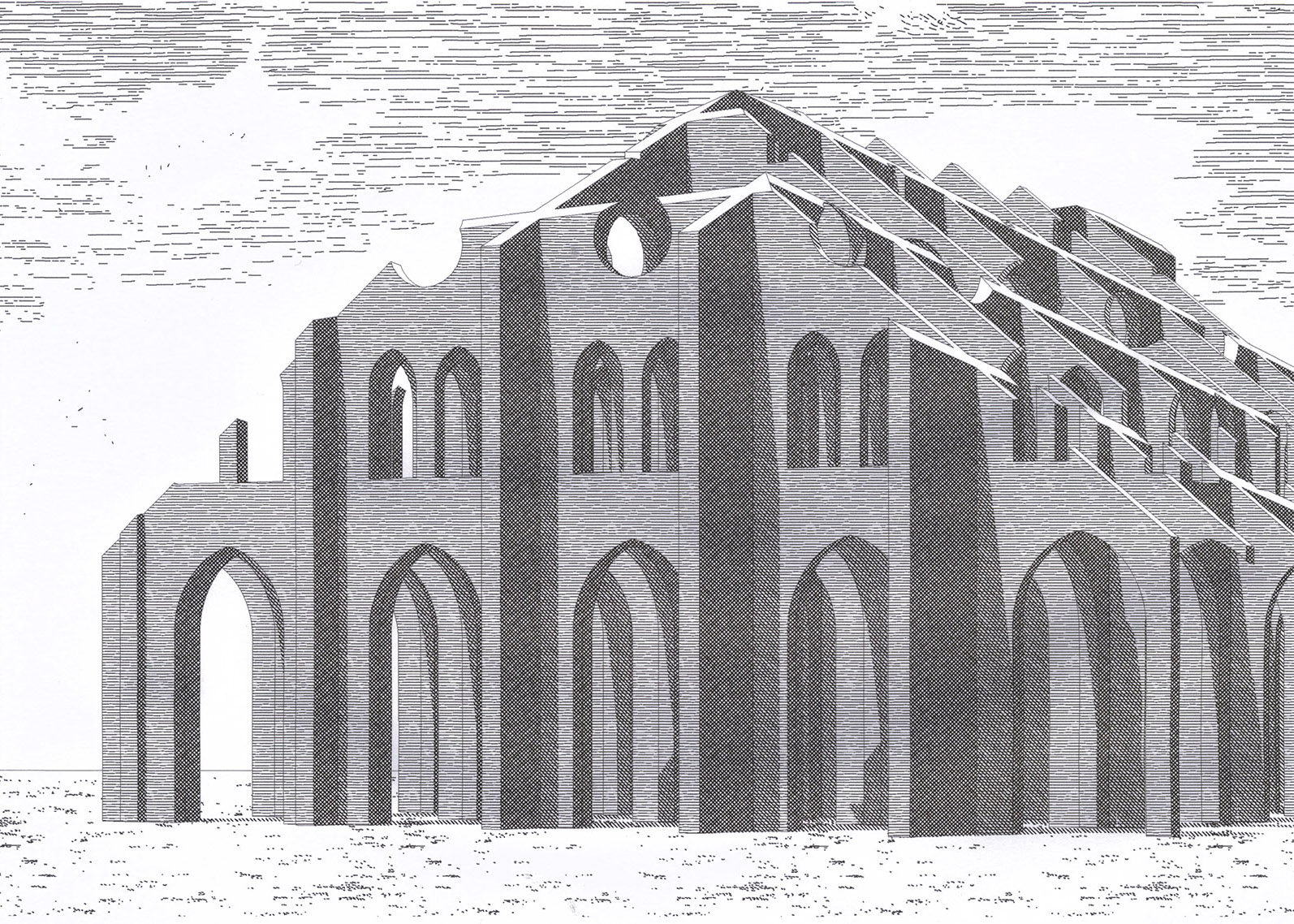CONSTRUCTION OF INCIDENT
Lehrstuhl für Gebäudelehre, RWTH Aachen,
2018, 2019
In premodern times, the notion of alterations and ruinations in architecture were integral to the life of a building. The pieces of buildings that would wear or modify had a romantic, incidental quality to them. A place of incident would be created by an unconscious event, absent of design, that came to pass merely through chance and the passing of time. Once these different layers of time meet, a made place becomes a found place.
![Mascha Creutz]()
![Mascha Creutz]()
![Mascha Creutz]()
![Leander Ostgathe]()
![Leander Ostgathe]()
![Leander Ostgathe]()
![Alessandra Esposito]()
![Joanna Wrobel]()
![Joanna Wrobel]()
![Nora Gerbaulet]()
![Nora Gerbaulet]()
![Nora Gerbaulet]()
![Nora Gerbaulet]()
![Nora Gerbaulet]()
![Lina Wahdan]()
![Joanna Wrobel]()
![Stefani Nedkova]()
![Stefani Nedkova]()
![Stefani Nedkova]()
![Stefani Nedkova]()
![Alicja Willam]()
![Alicja Willam]()
![Iva Ivanova]()
![Iva Ivanova]()
![Iva Ivanova]() These found places are particularly present in medieval structures. This was a time that the notion of a complete building, as introduced by Alberti, was not present yet. Structures would be built addition by addition, from builder to builder, while at the same time having pieces removed through weathering, use or war. A built structure would consist of intended segments, rational designs, pieced and layered together with the incidental places in between that occurred over time. This mix of the formal and the informal allowed for places of order and grandeur and places of incident and intimacy.
These found places are particularly present in medieval structures. This was a time that the notion of a complete building, as introduced by Alberti, was not present yet. Structures would be built addition by addition, from builder to builder, while at the same time having pieces removed through weathering, use or war. A built structure would consist of intended segments, rational designs, pieced and layered together with the incidental places in between that occurred over time. This mix of the formal and the informal allowed for places of order and grandeur and places of incident and intimacy.
![]()
![]()
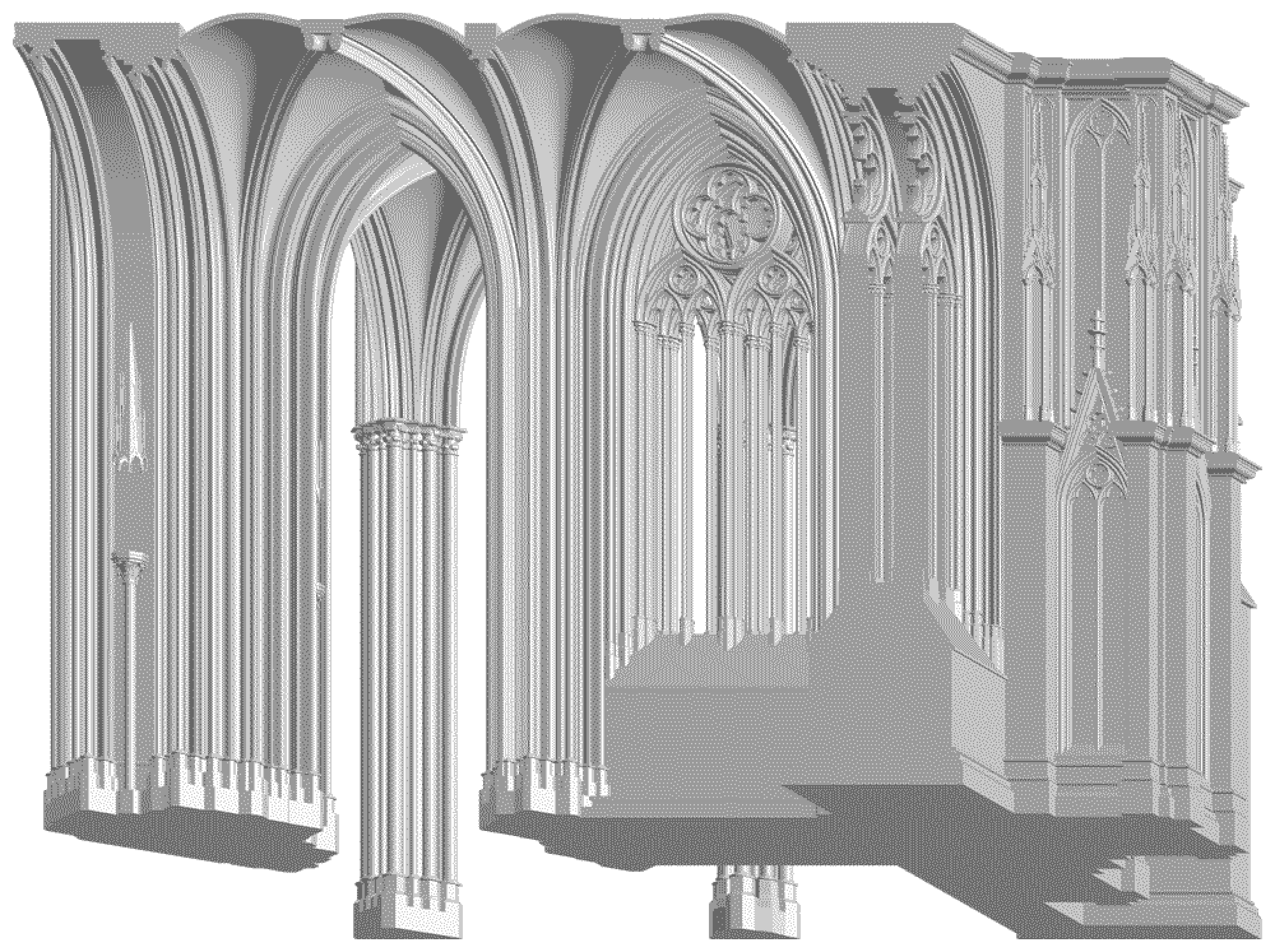
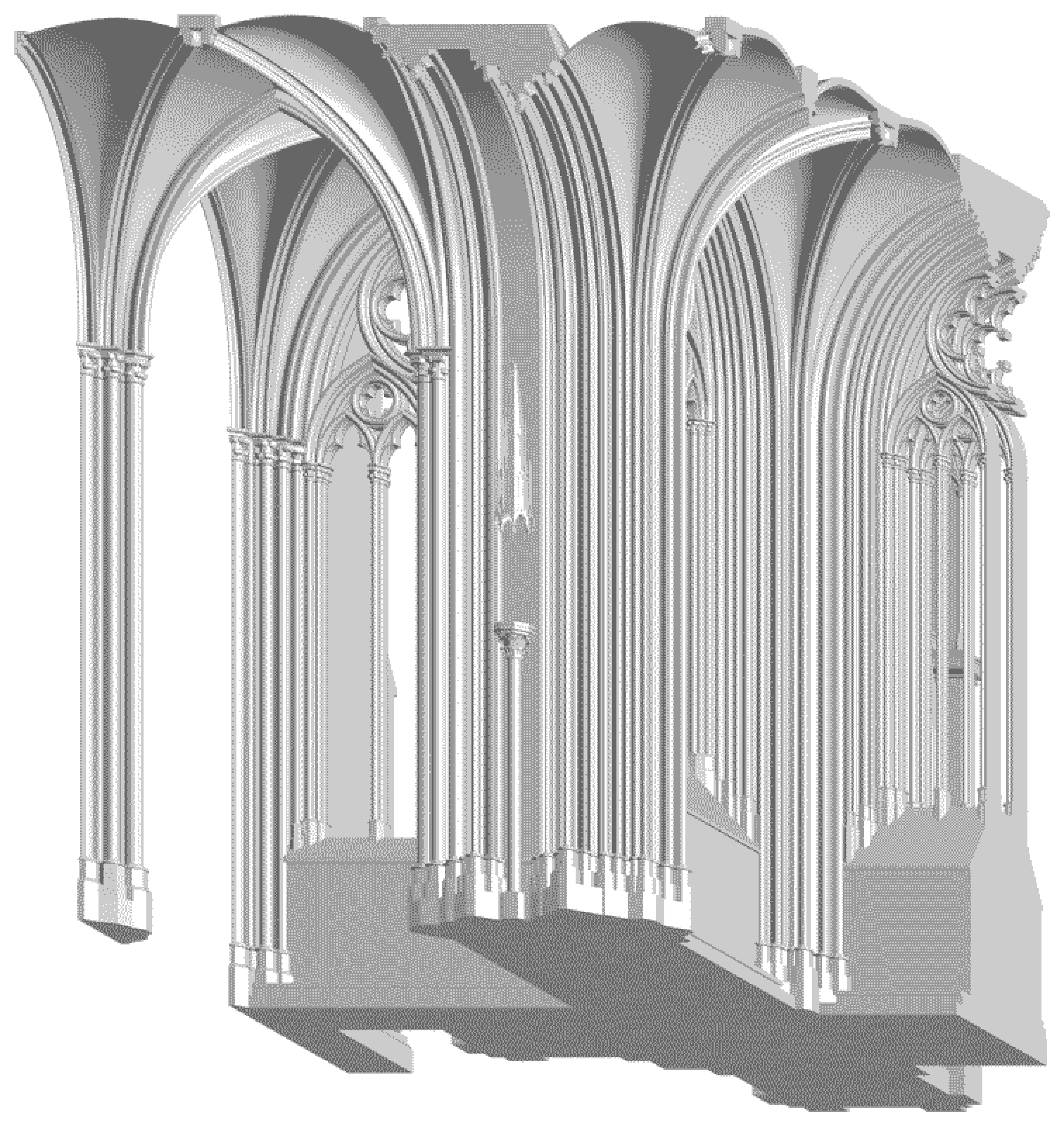




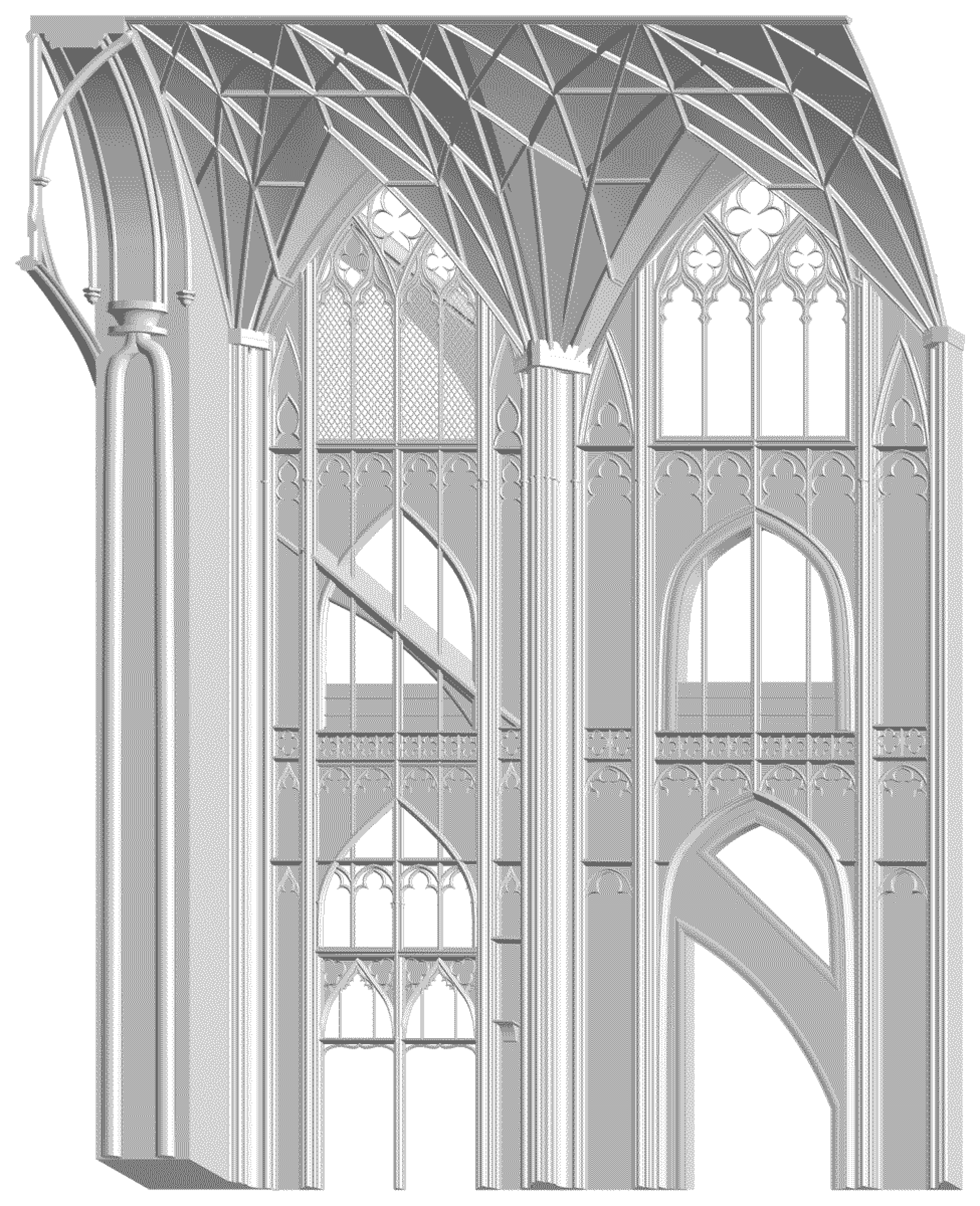


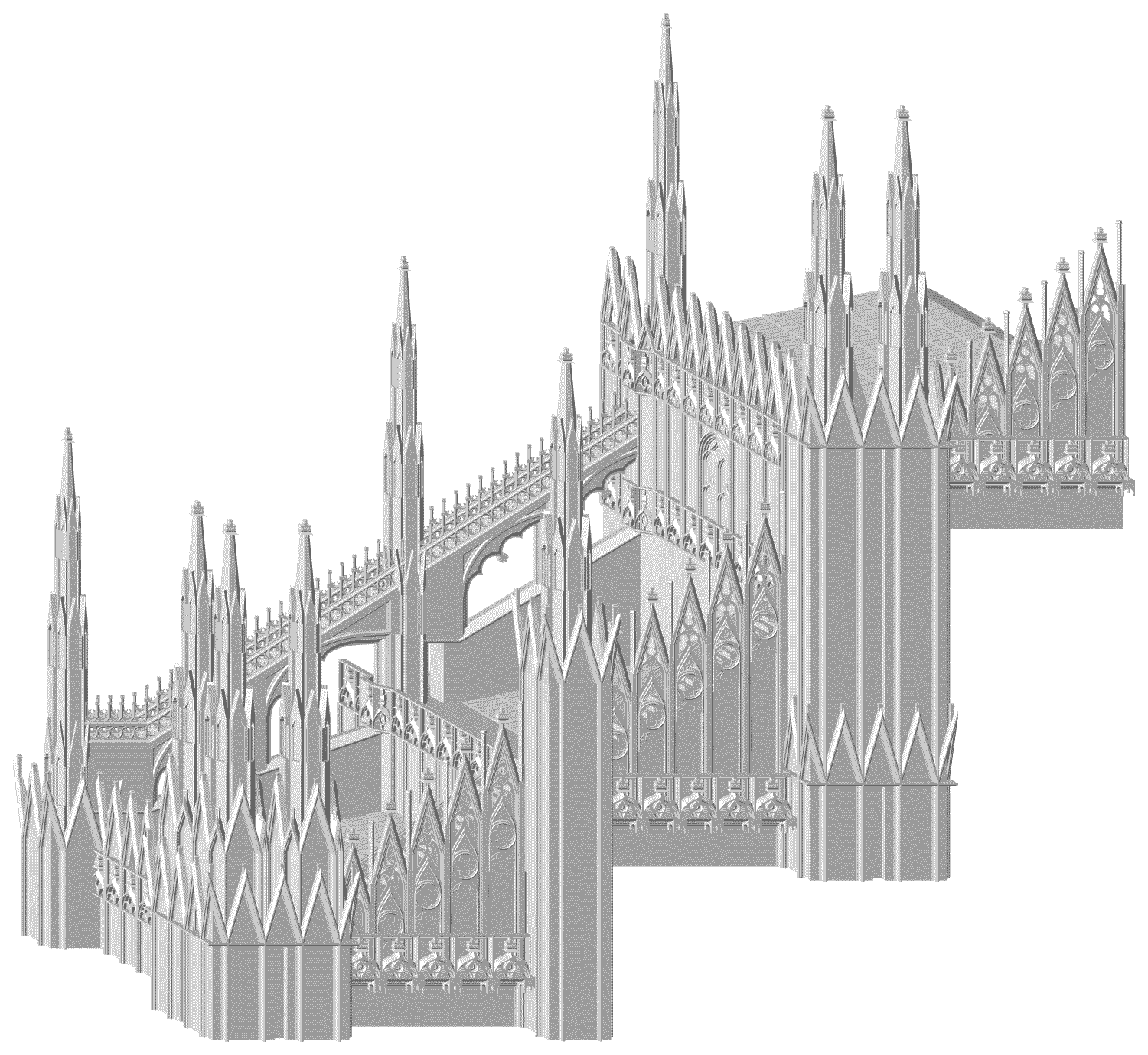
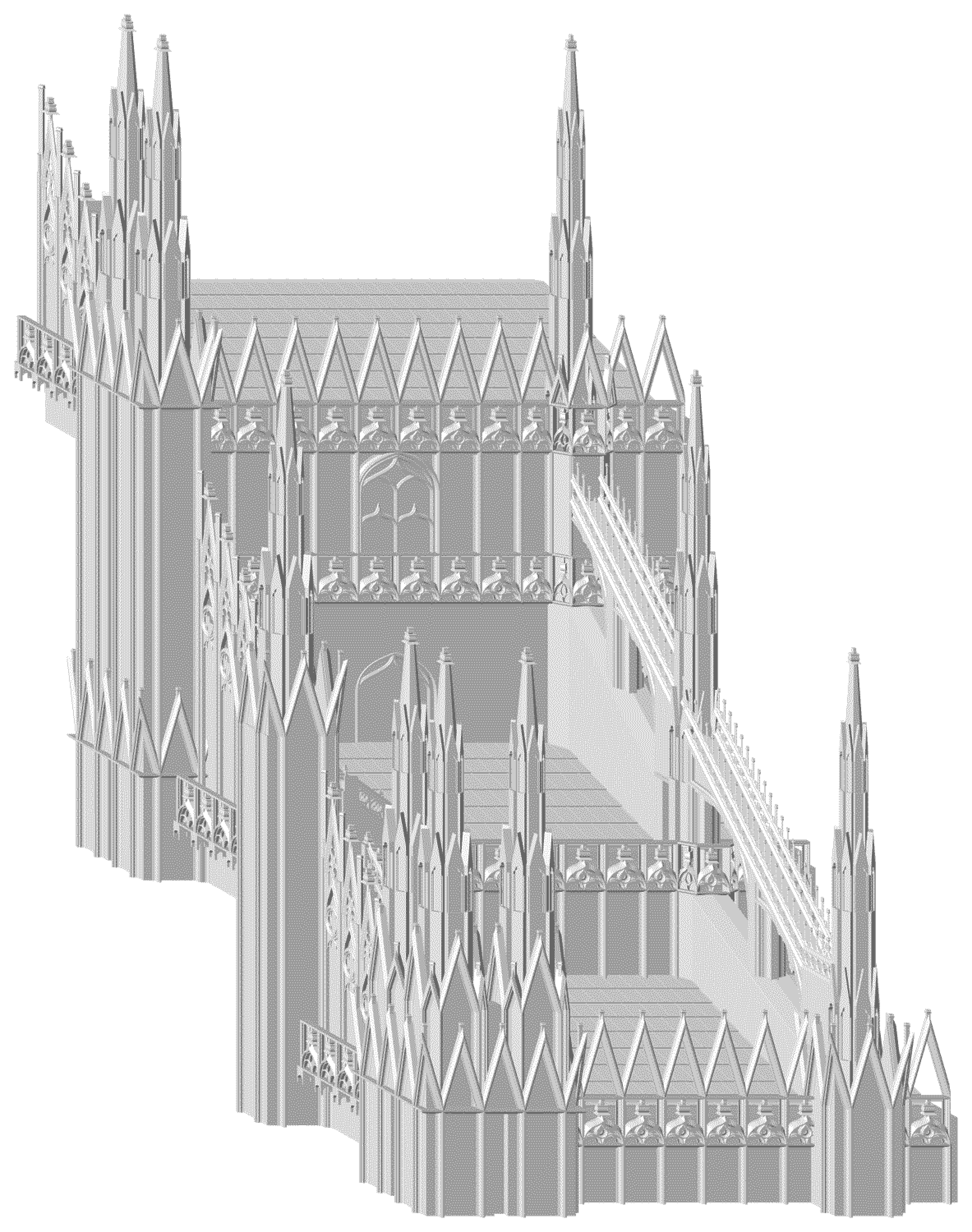
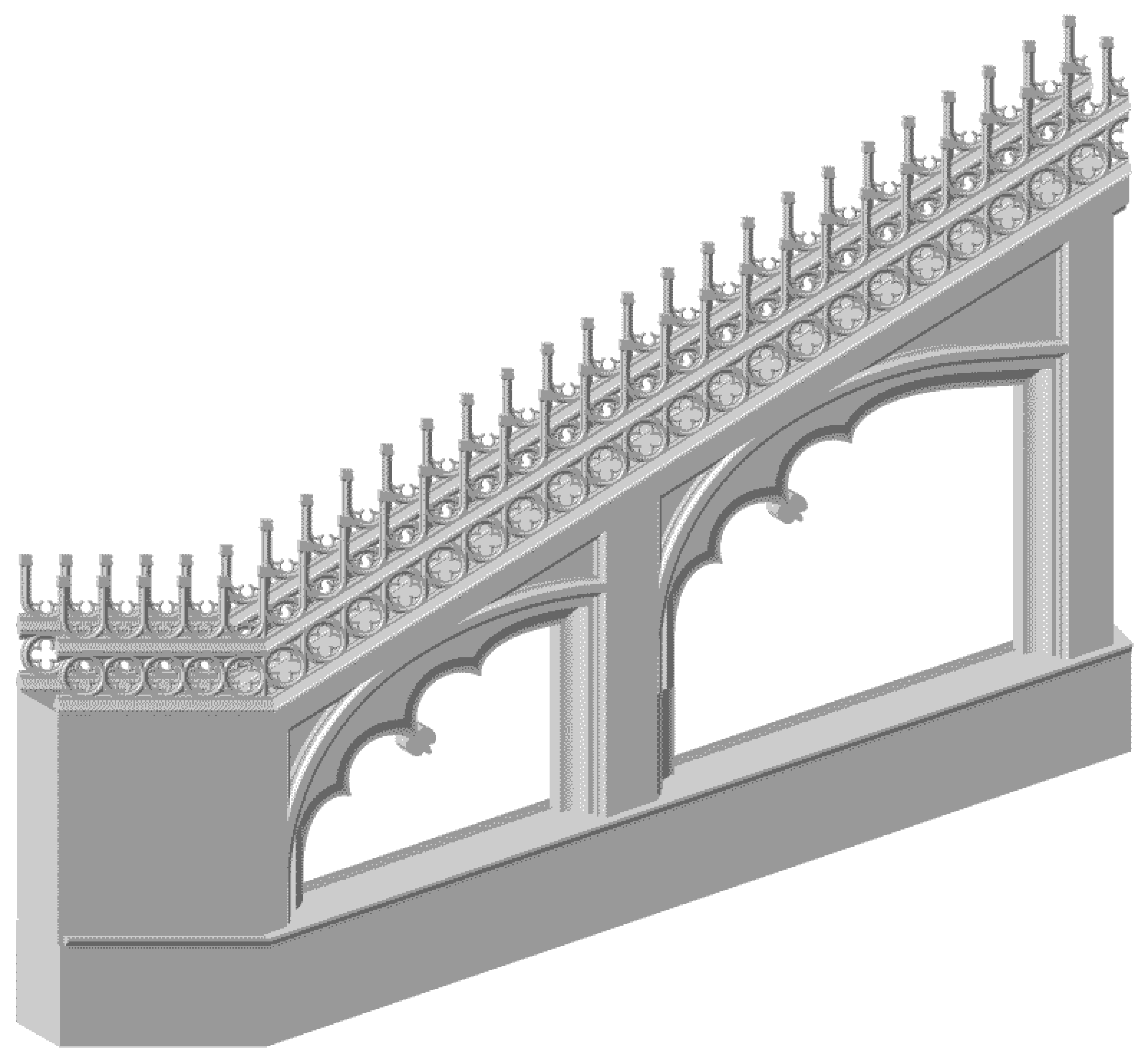
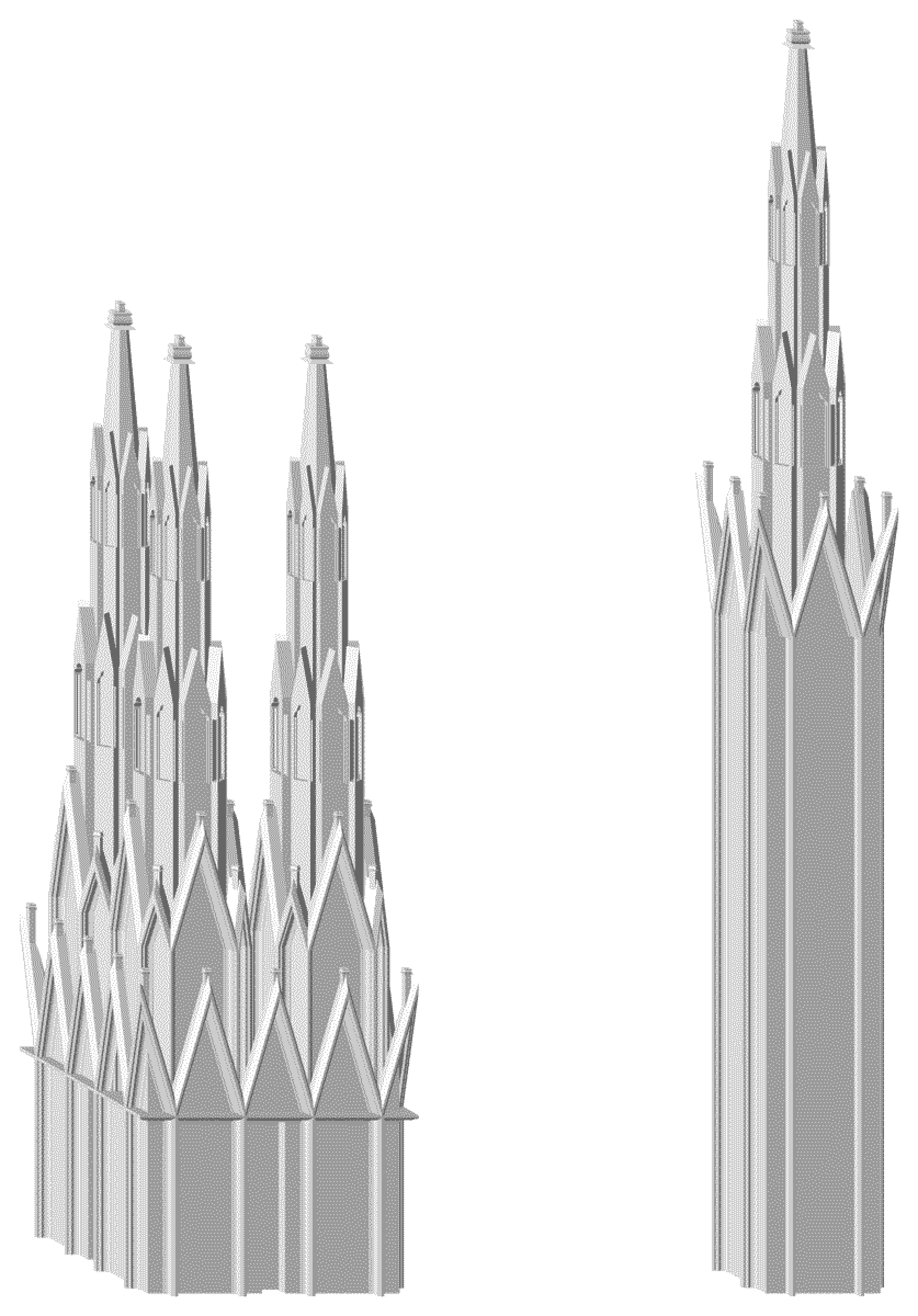
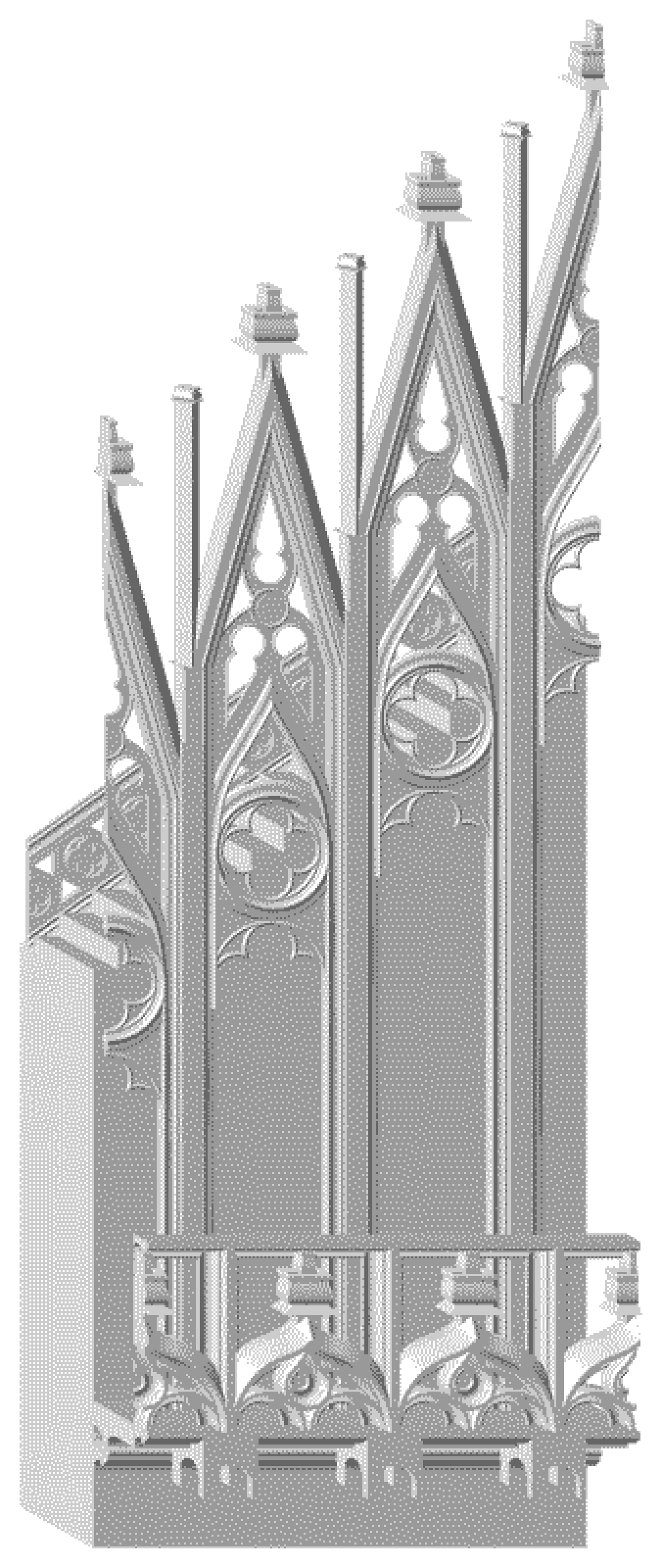


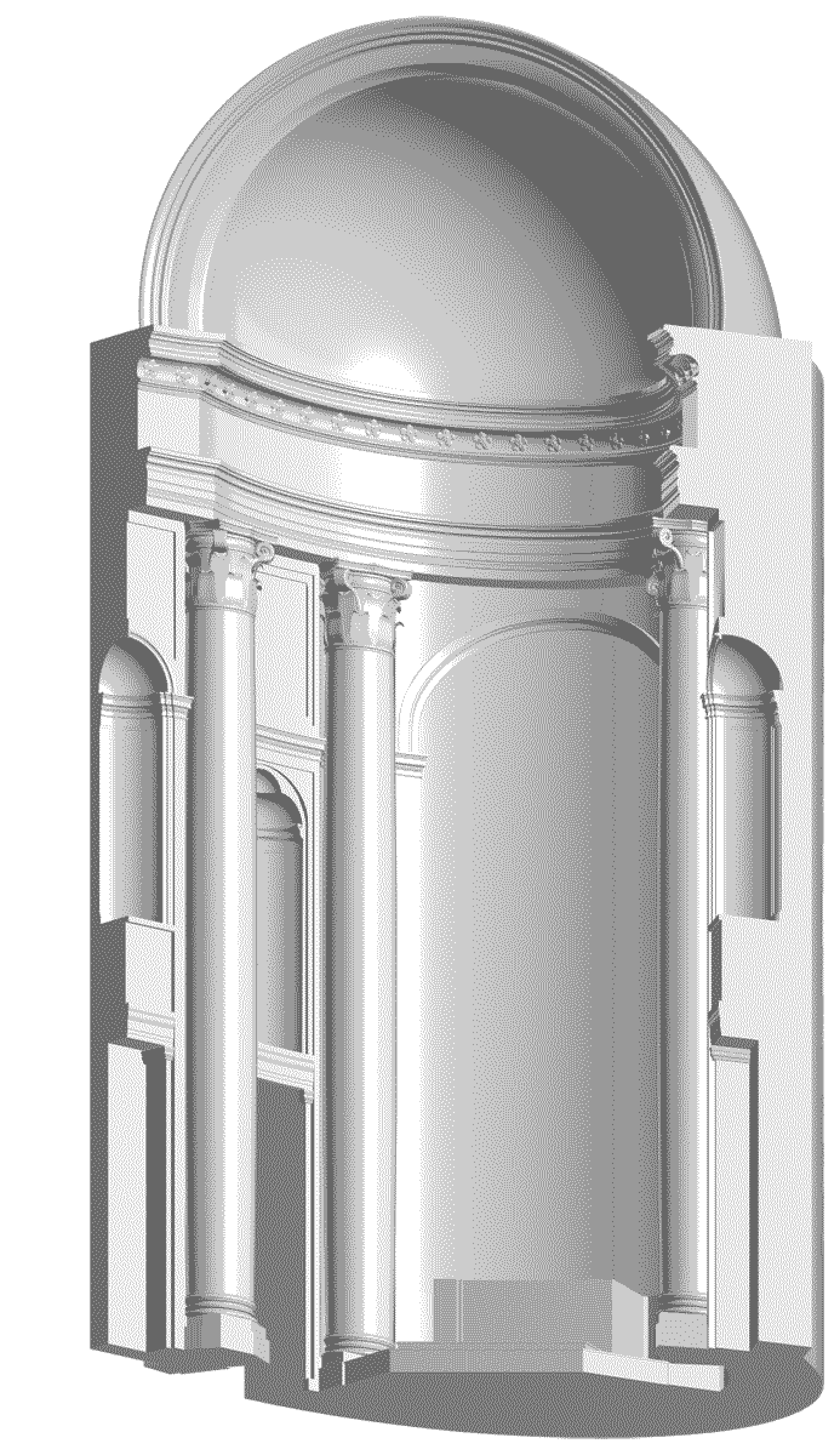

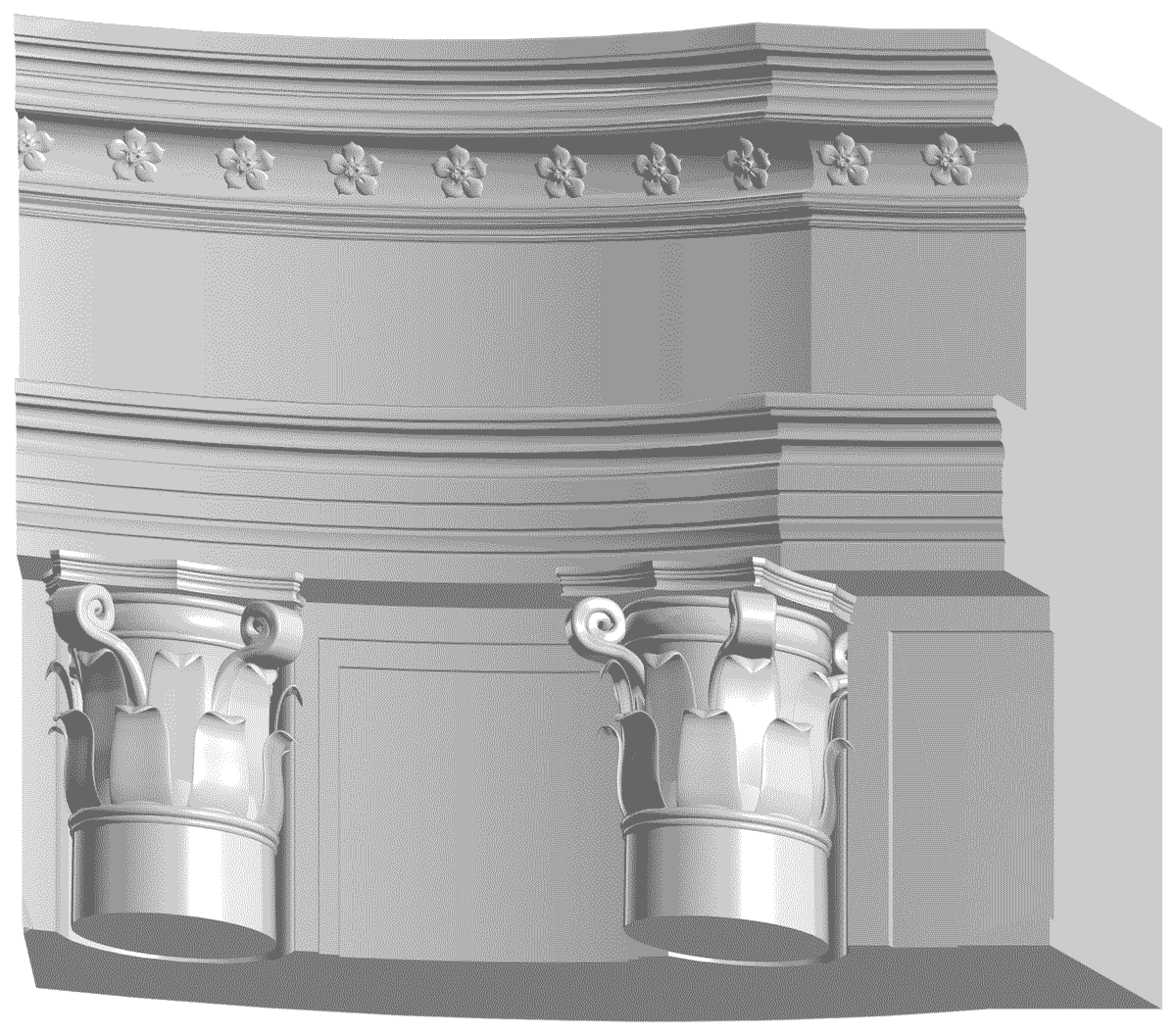
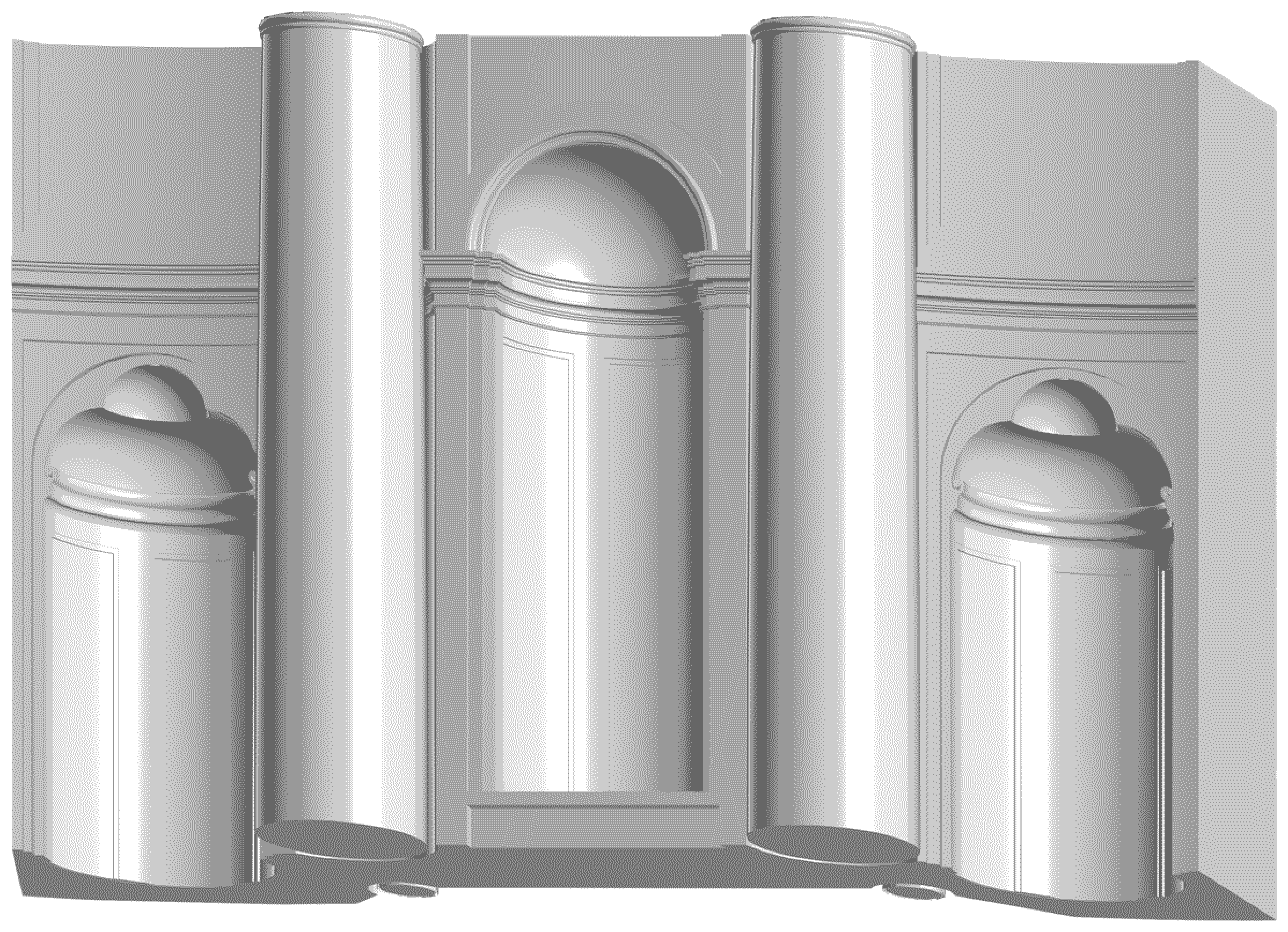
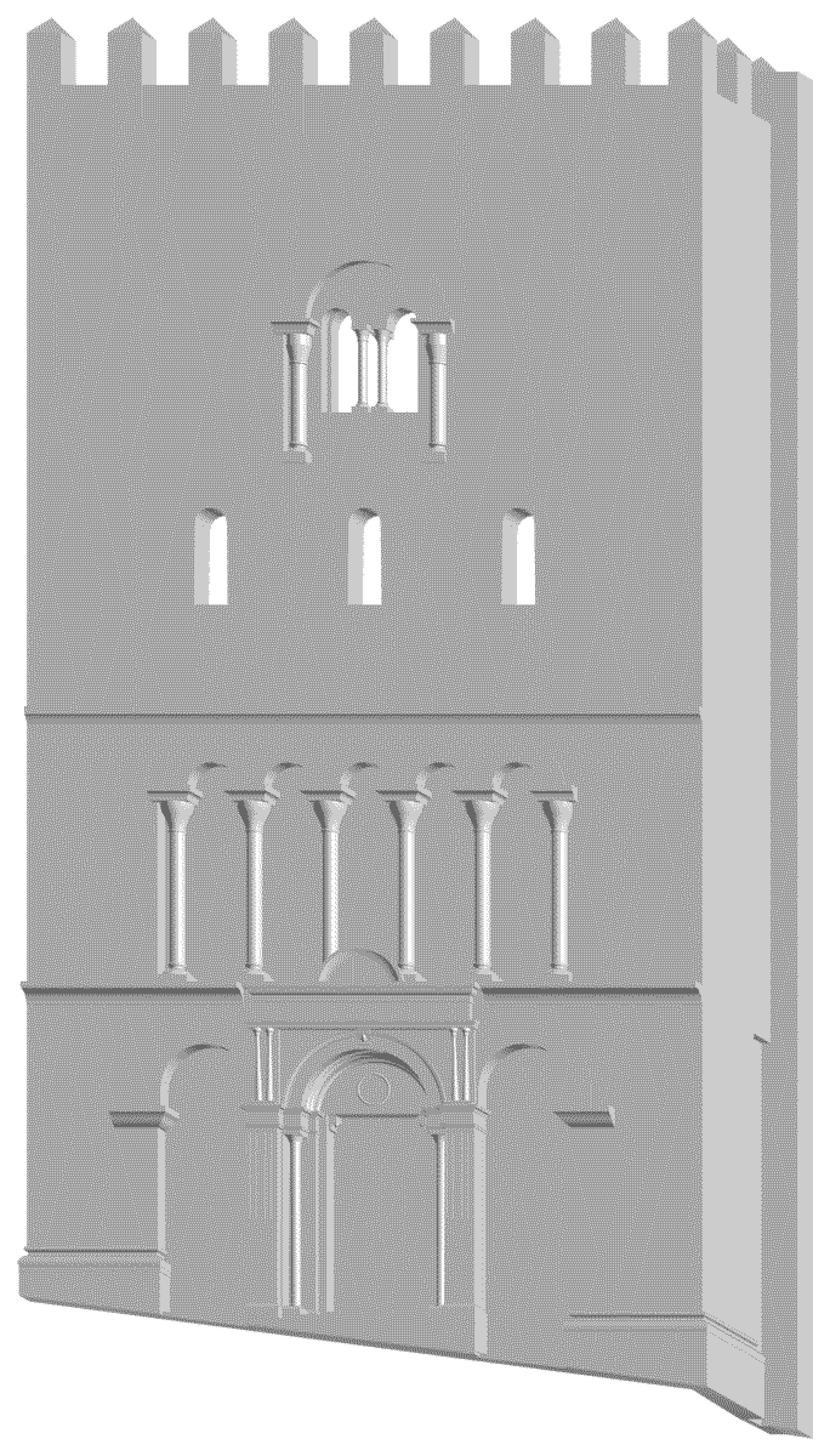

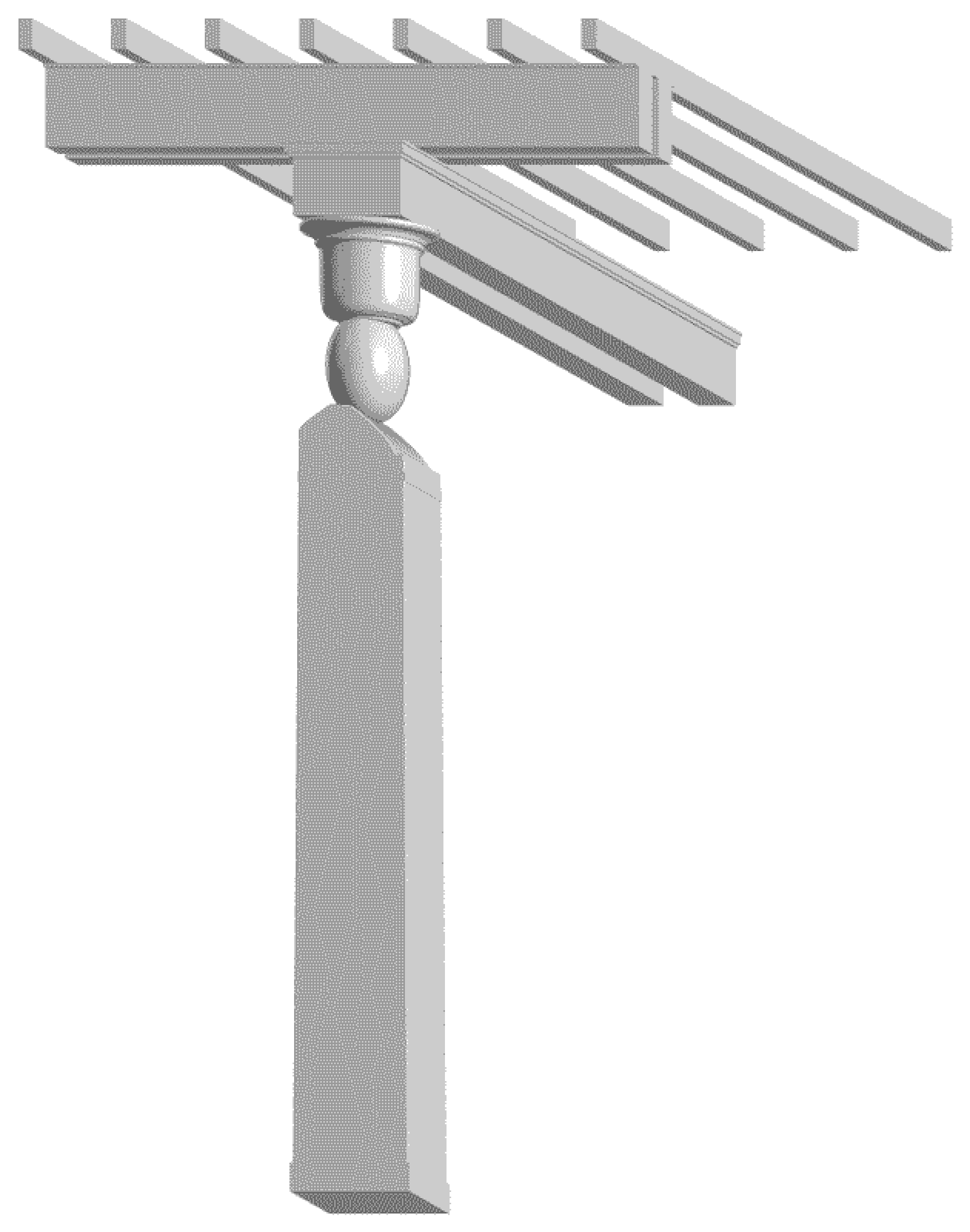
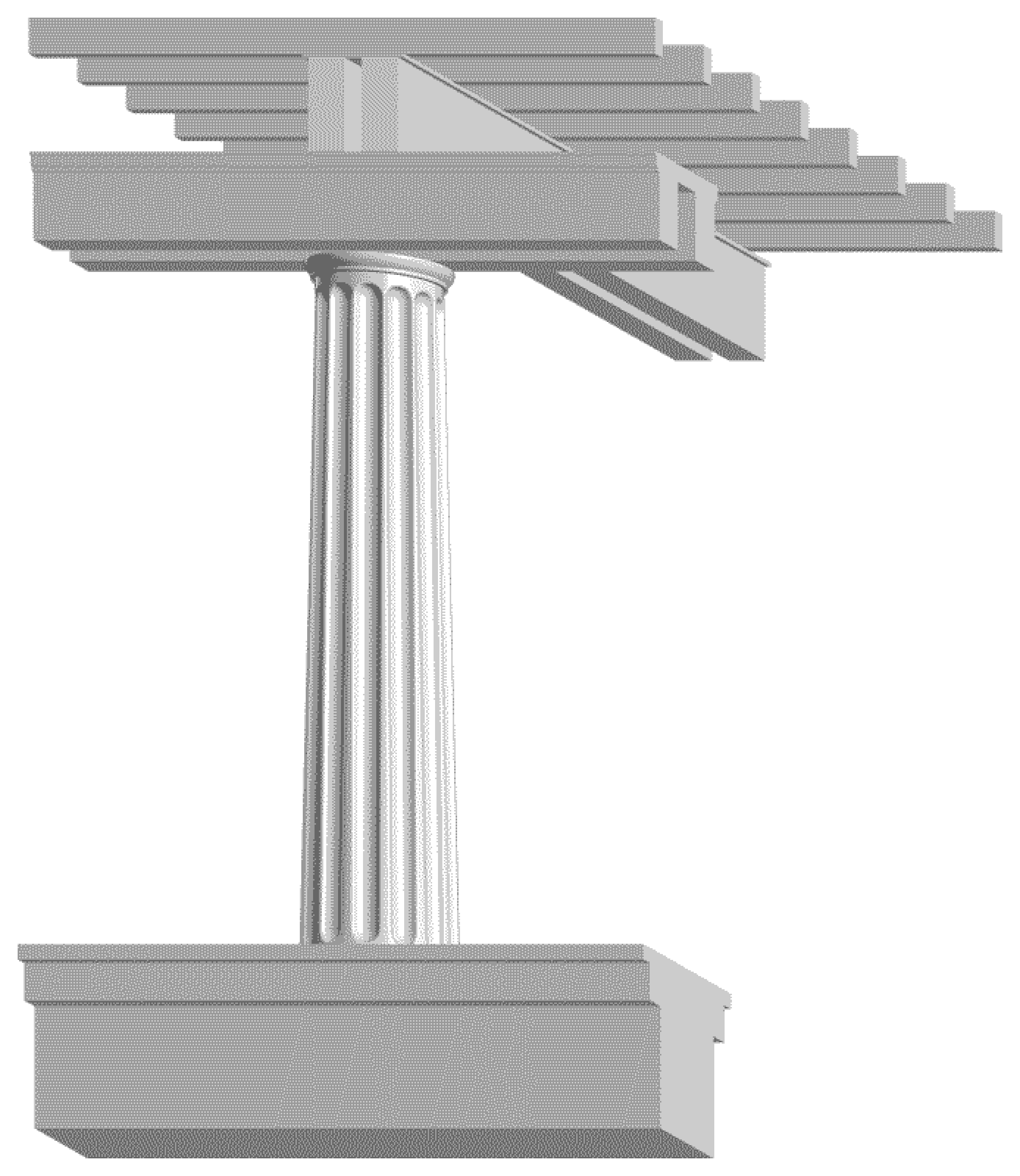
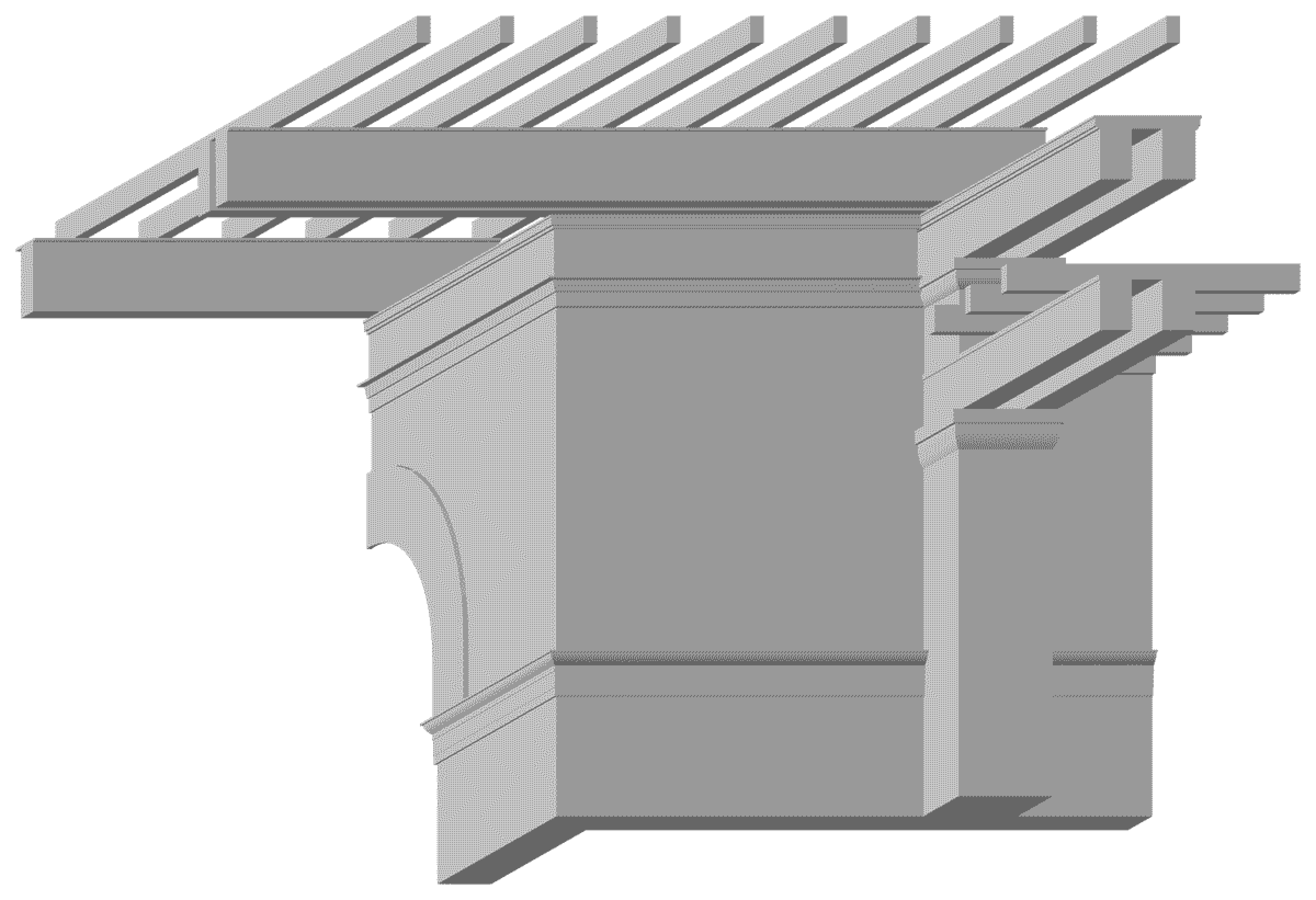


Mascha Creutz & Leander Ostgathe
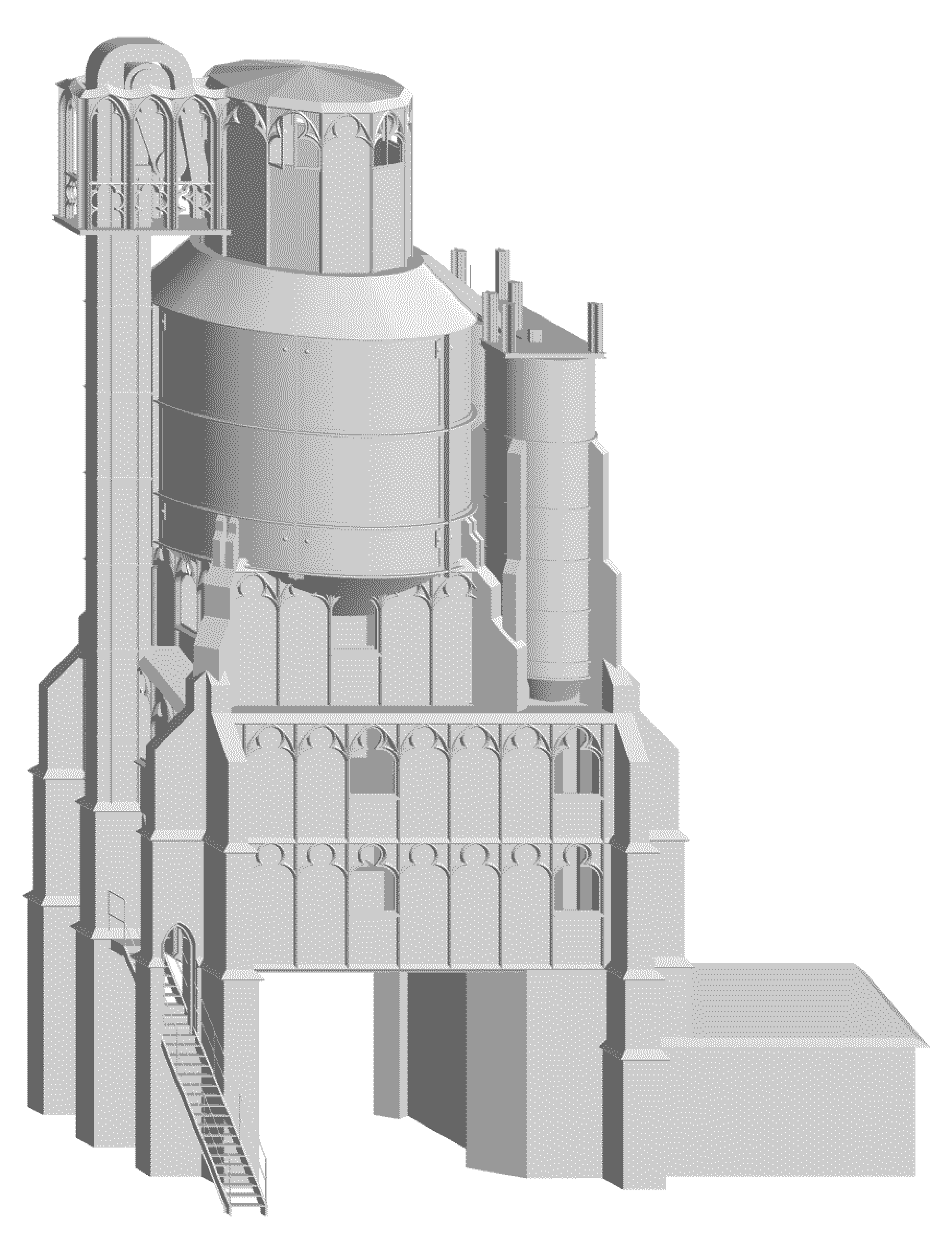
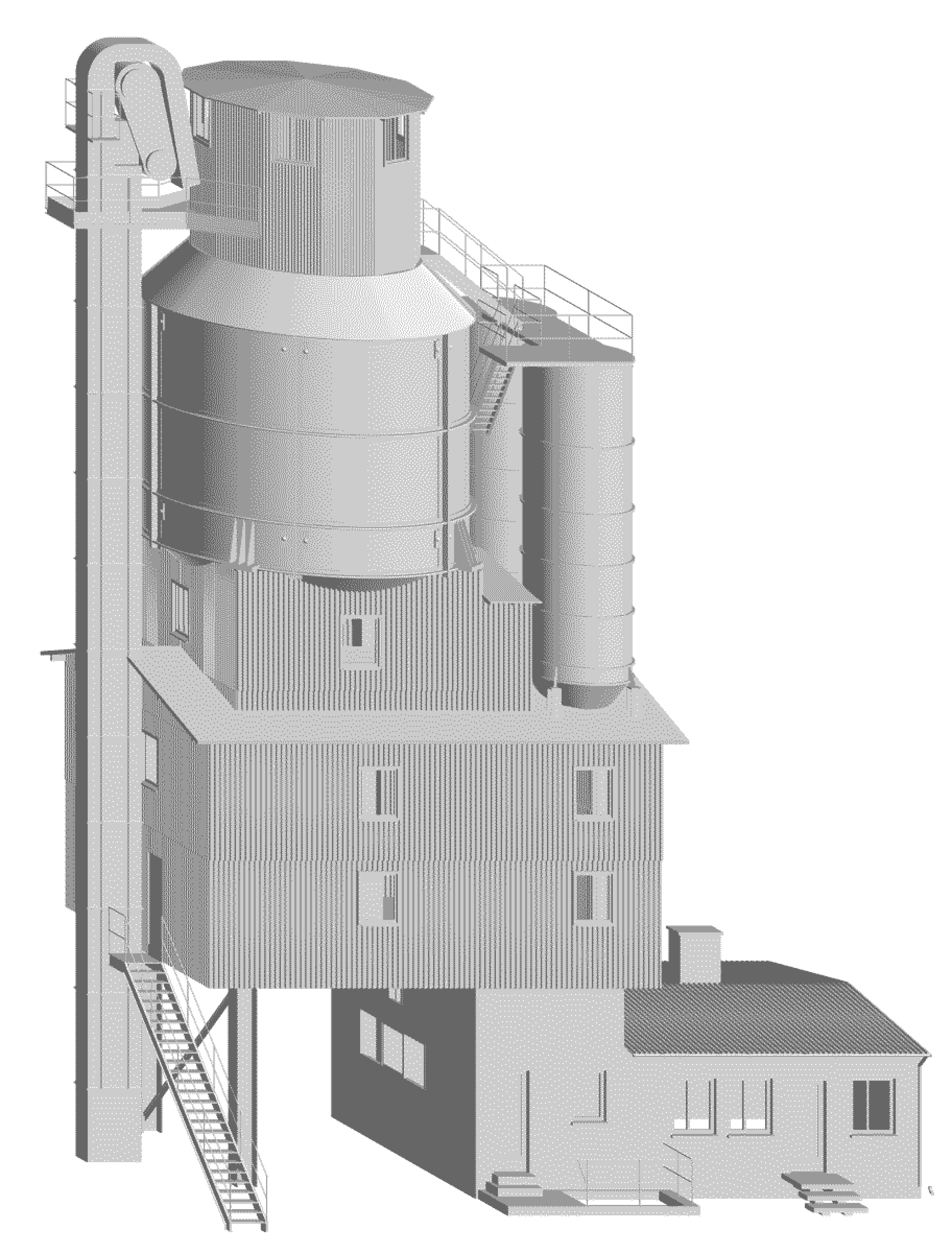
Mascha Creutz & Leander Ostgathe
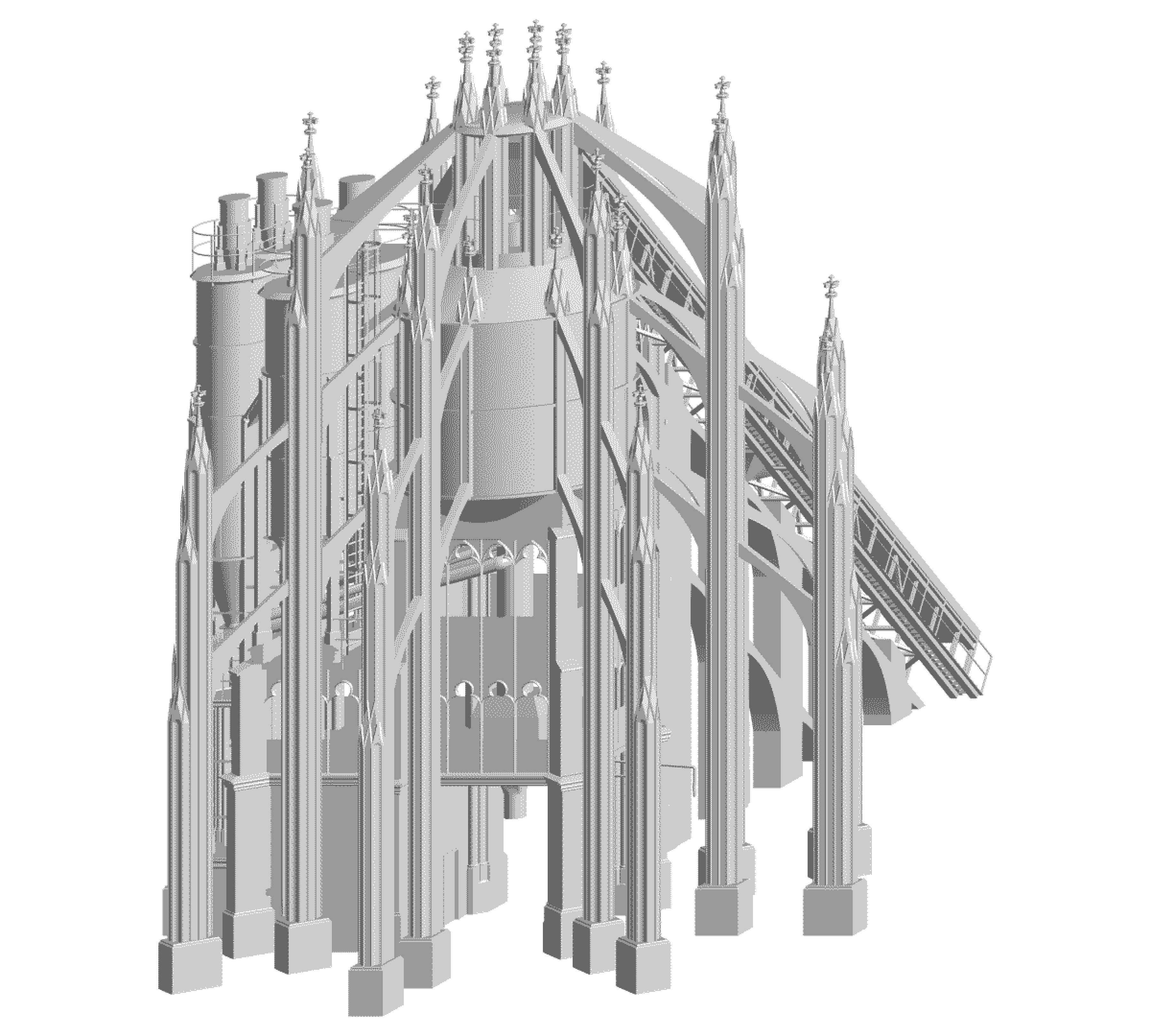
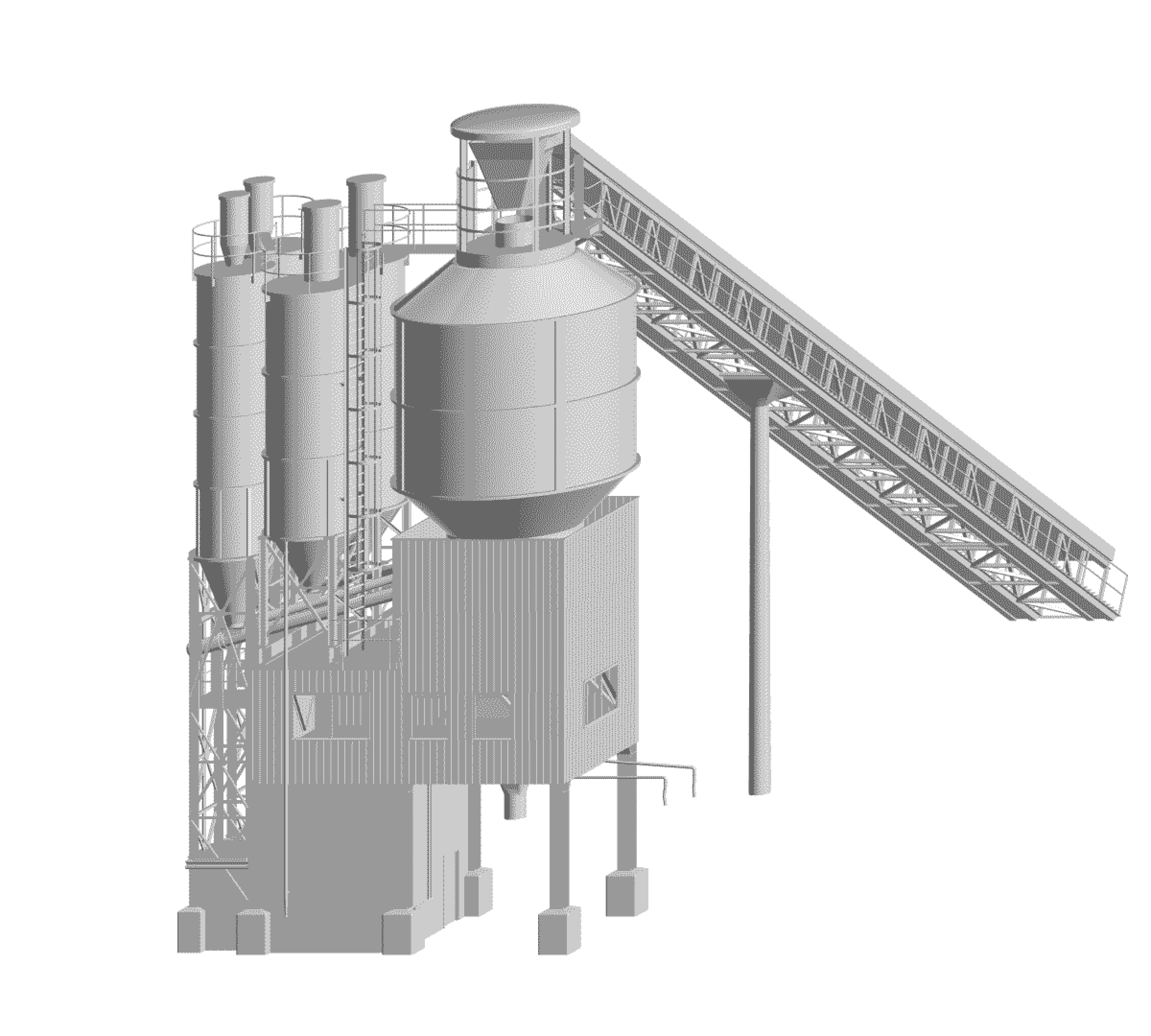
Mascha Creutz & Leander Ostgathe
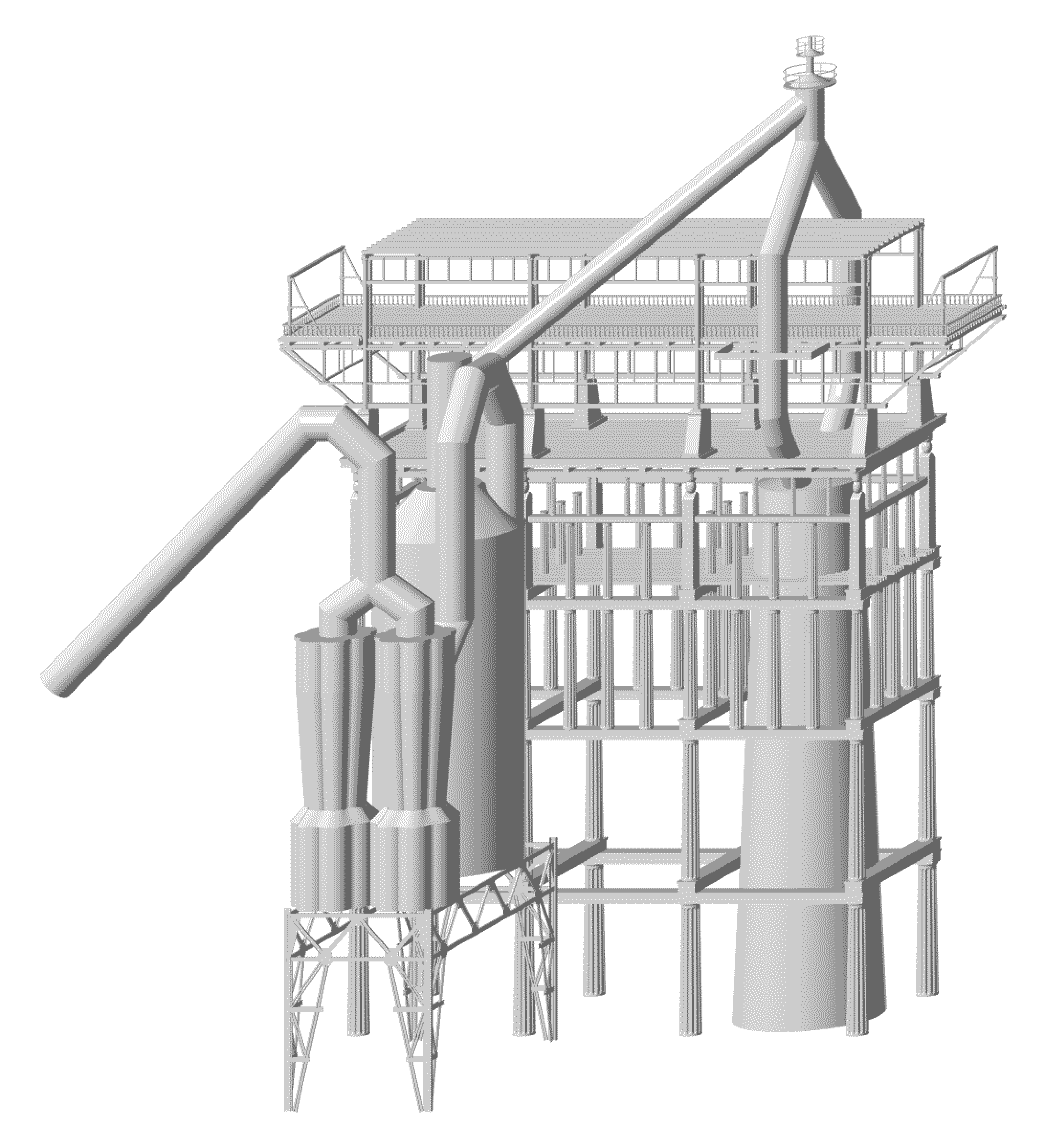


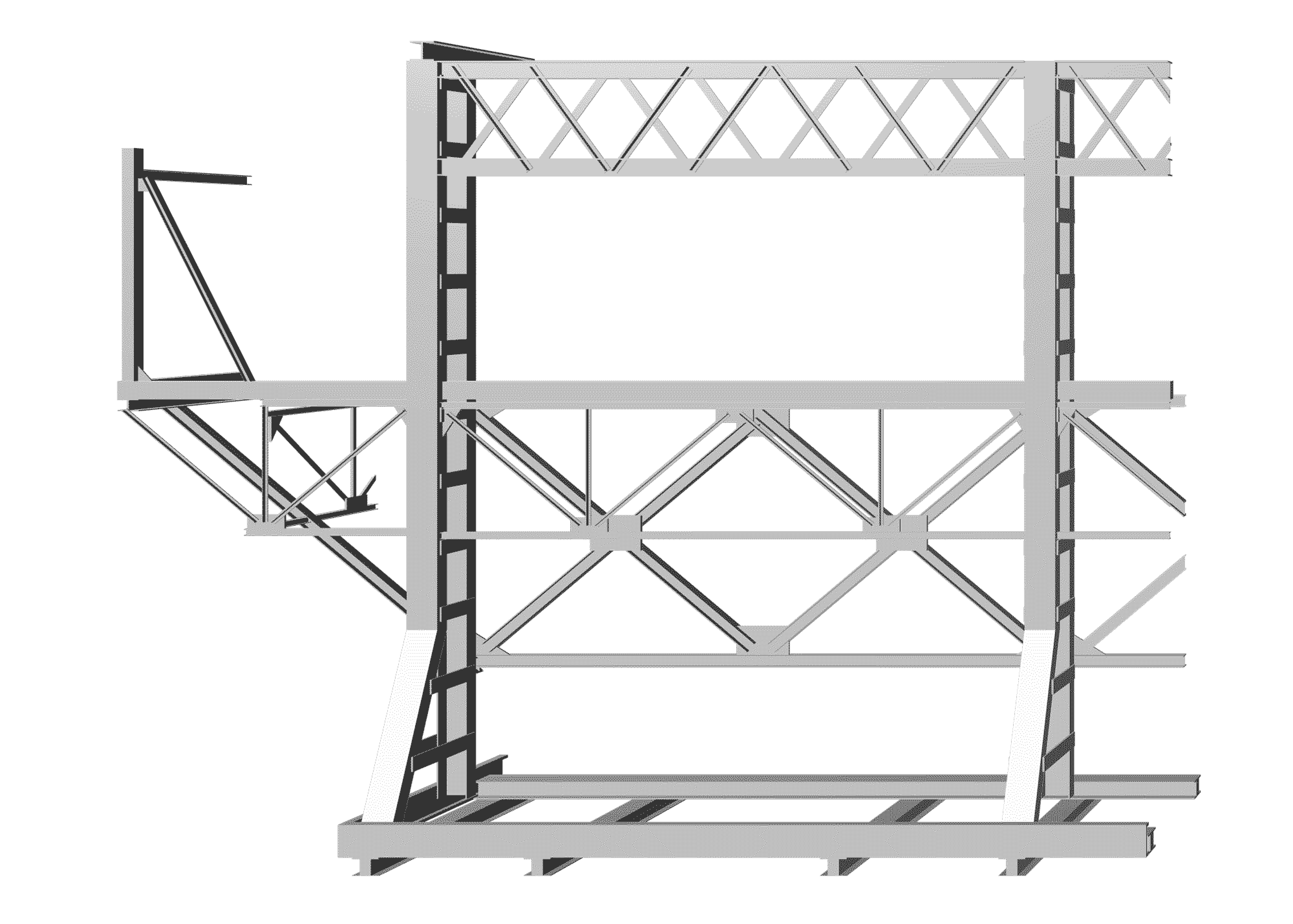
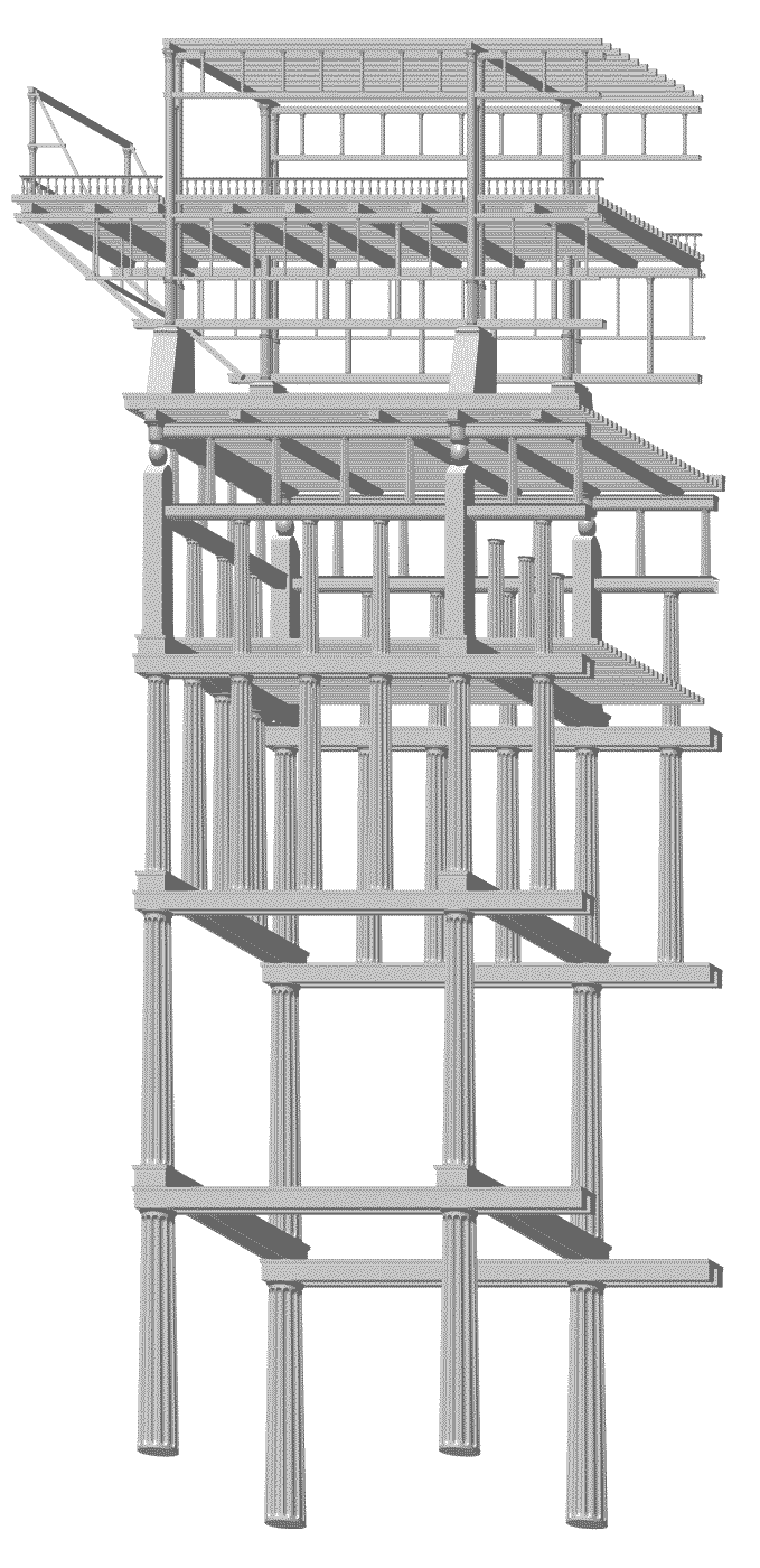
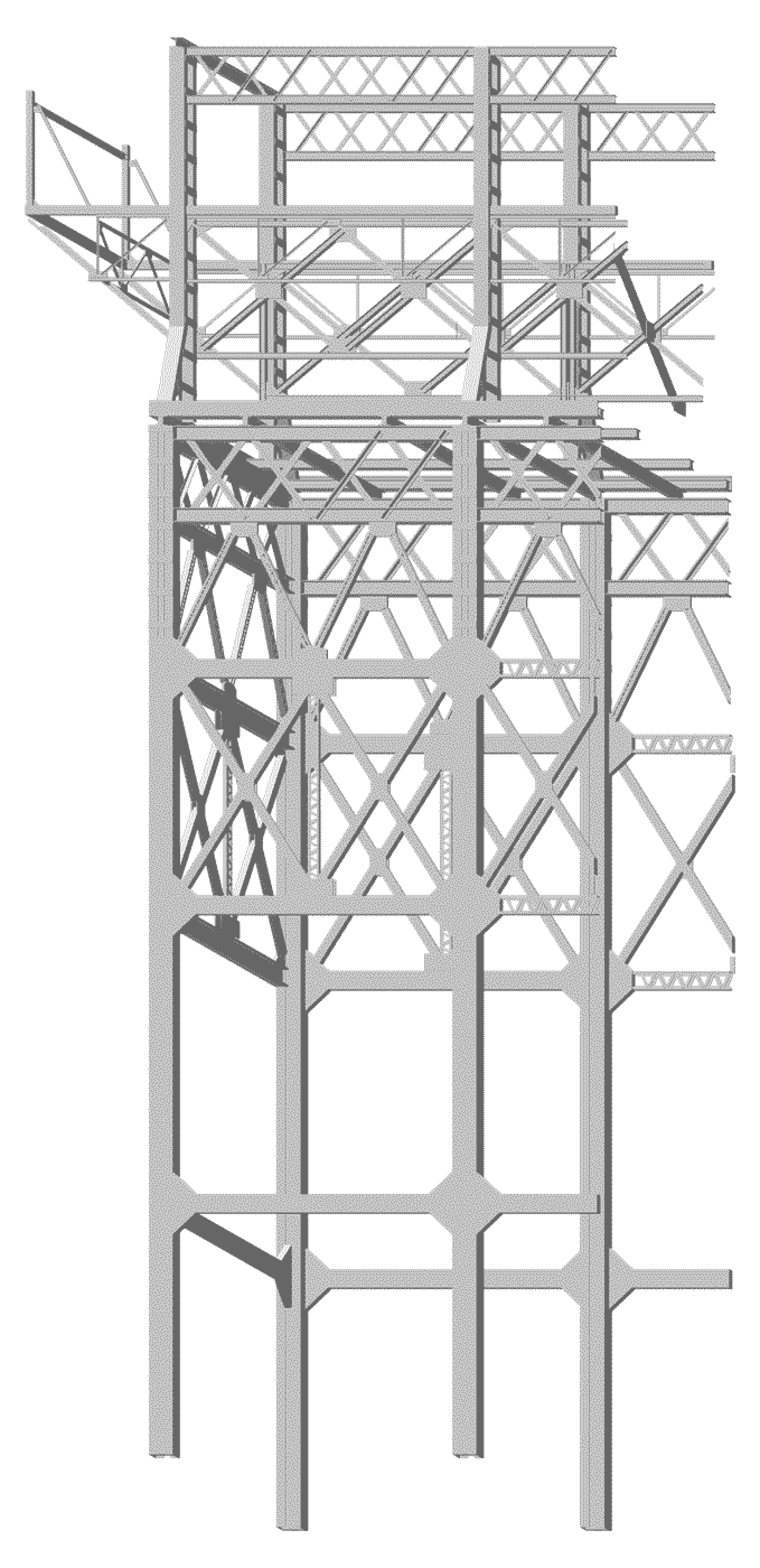
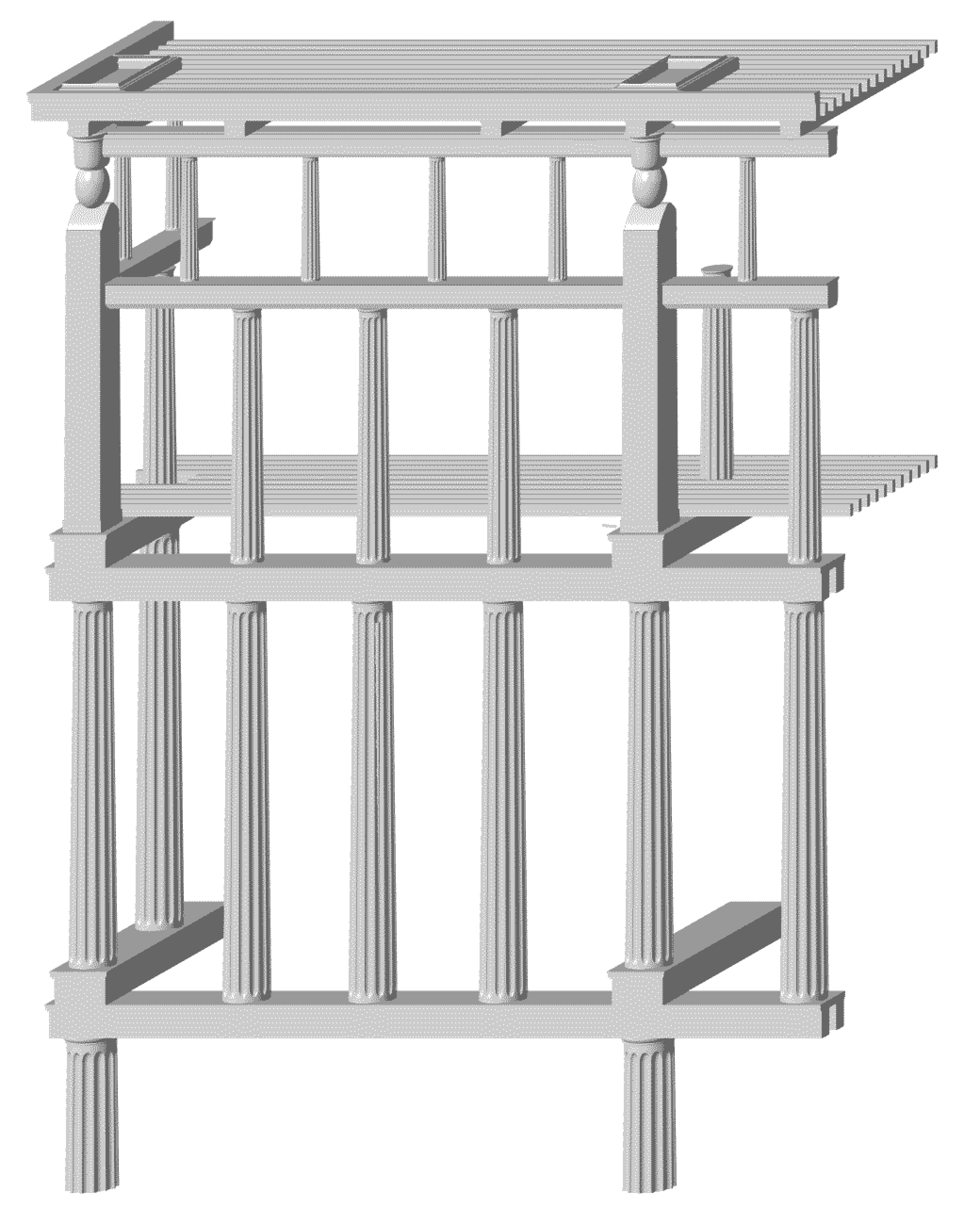
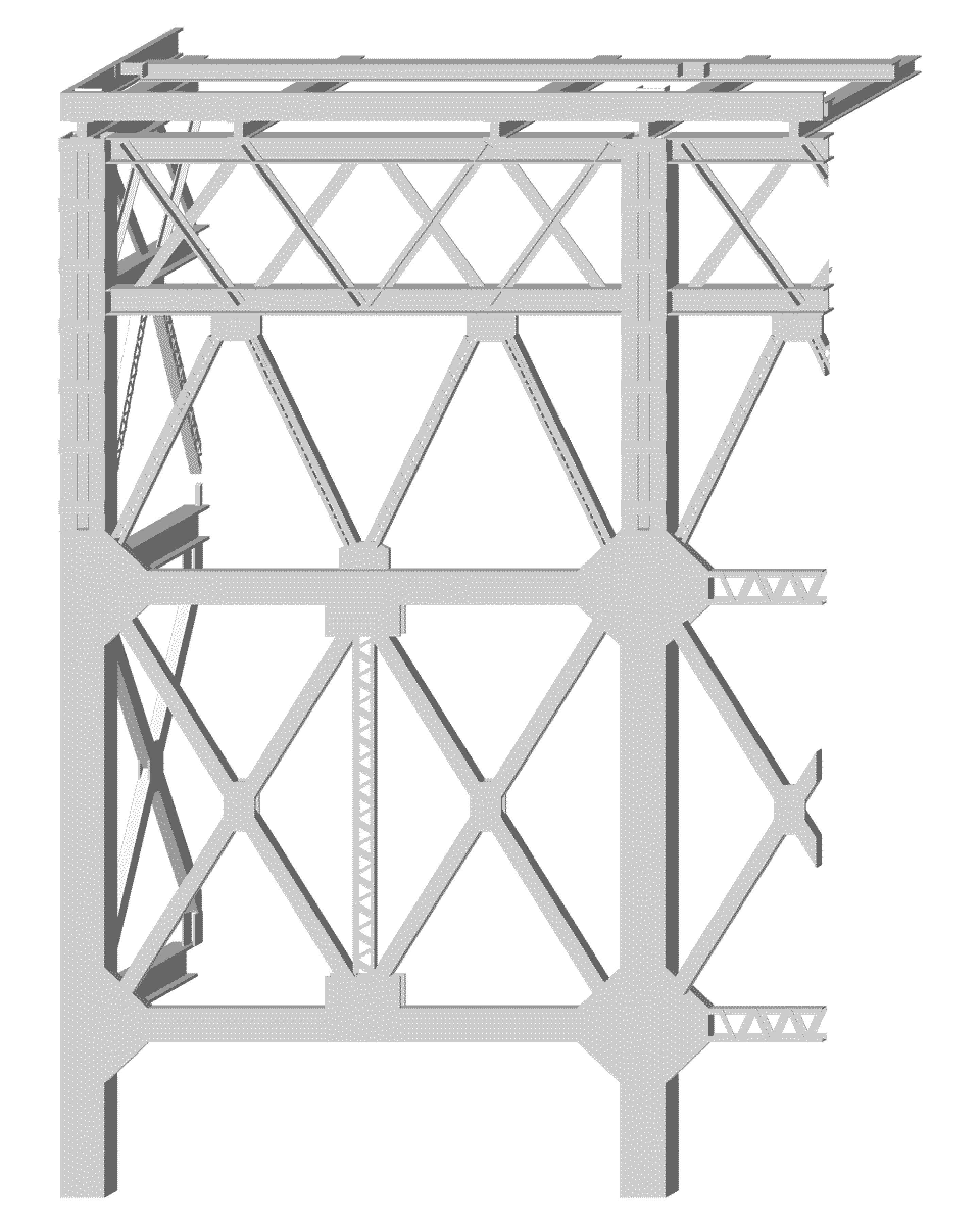
Iva Ivanova

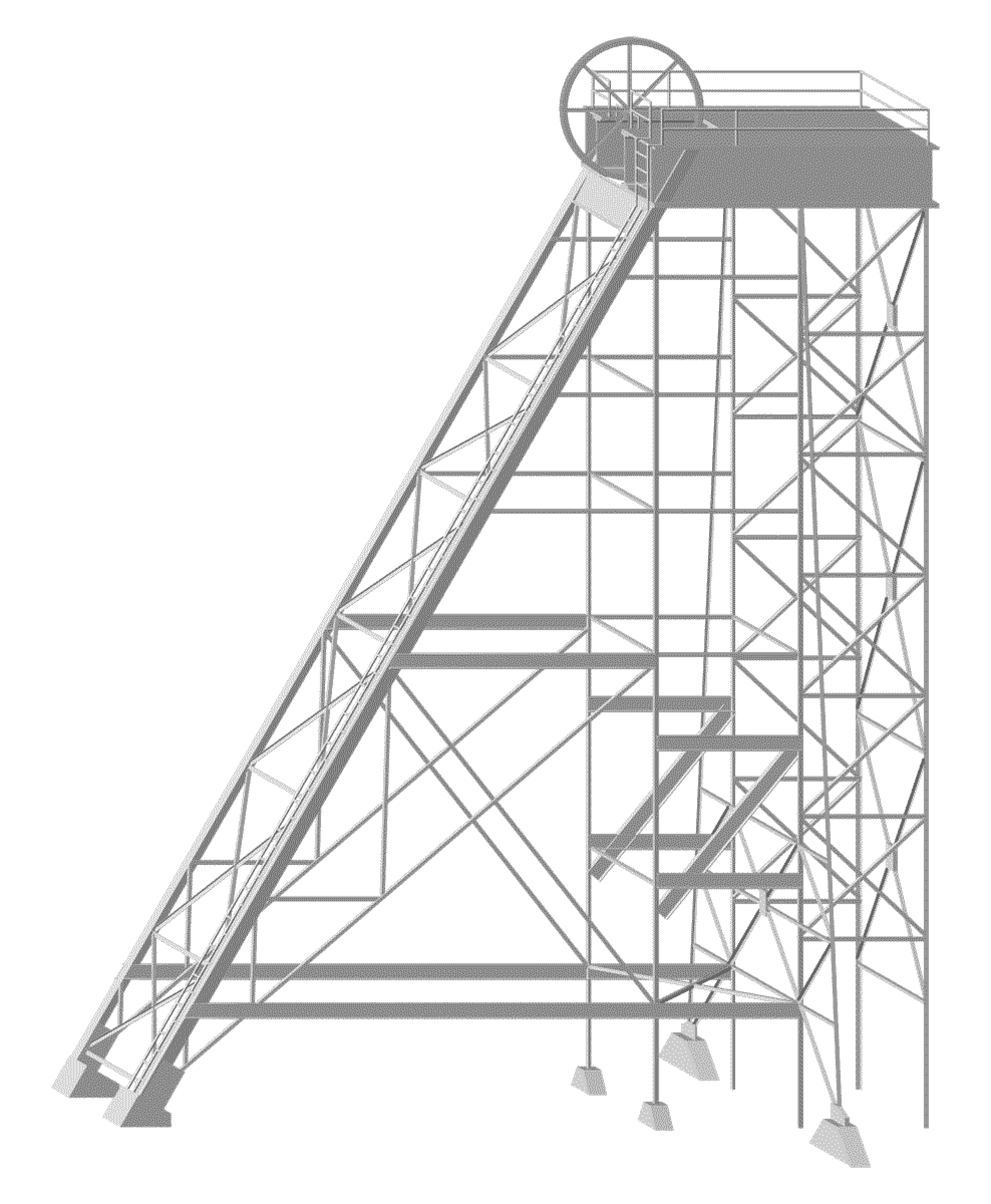
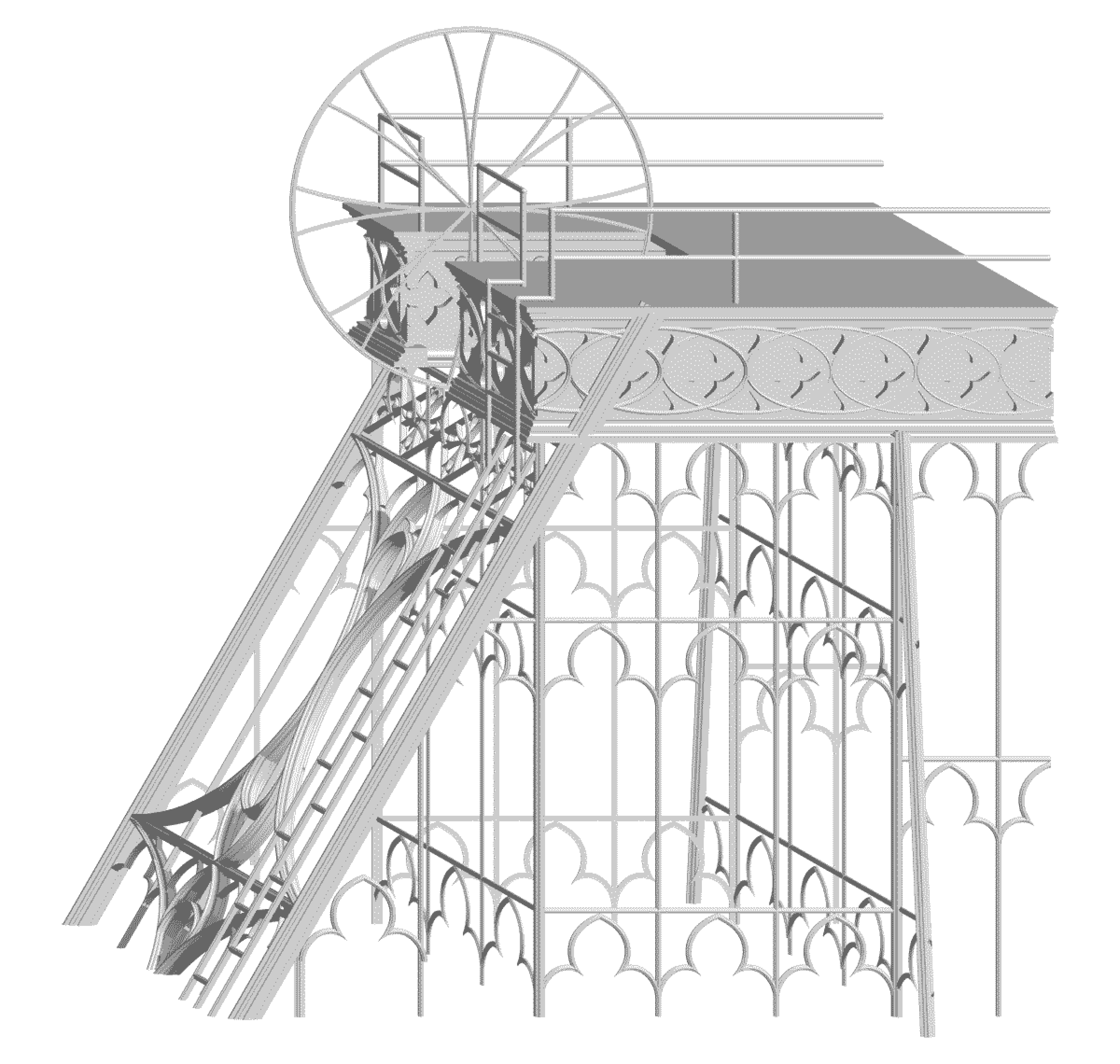

Alessandra Esposito & Mirela Spasova
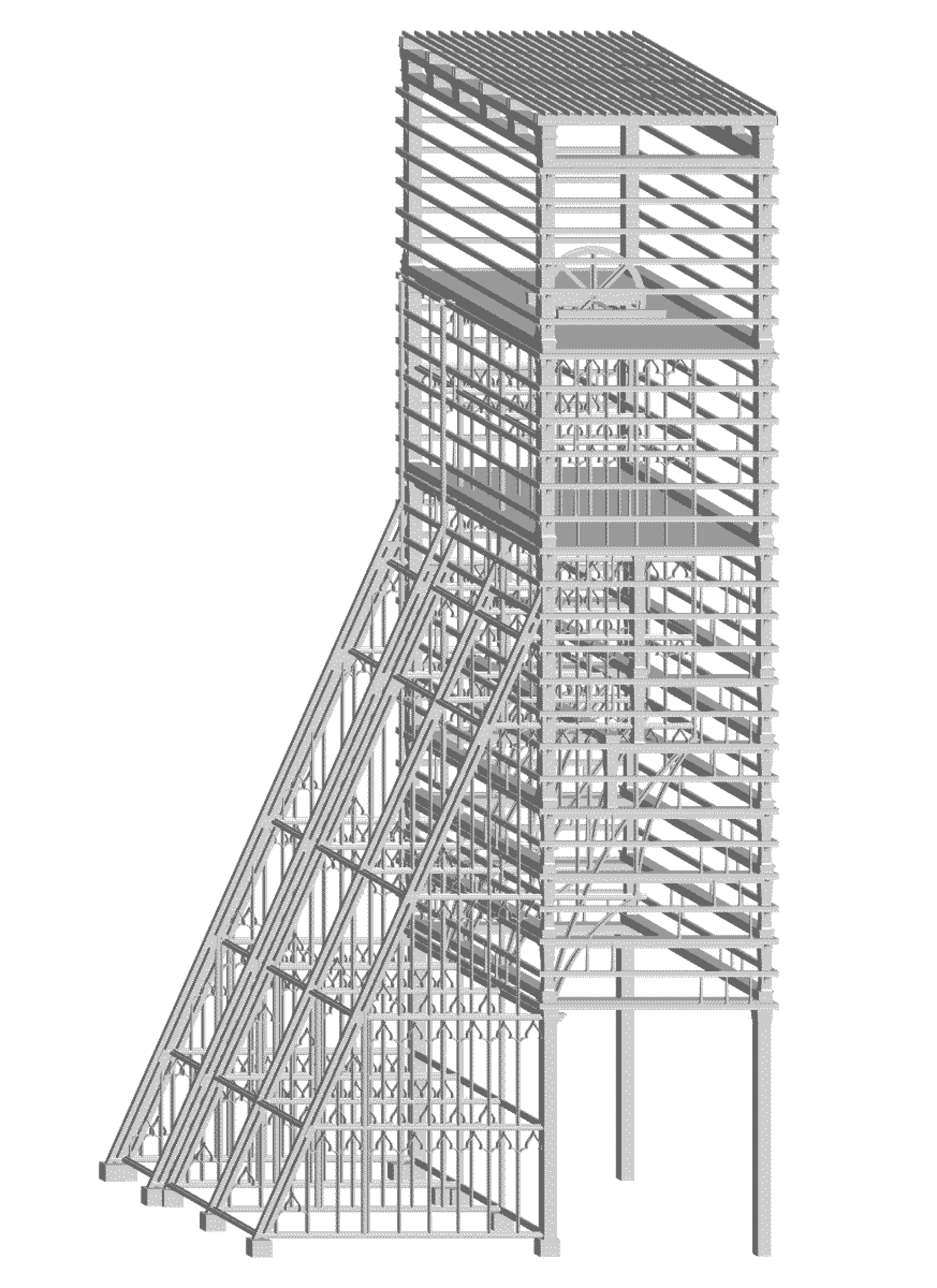
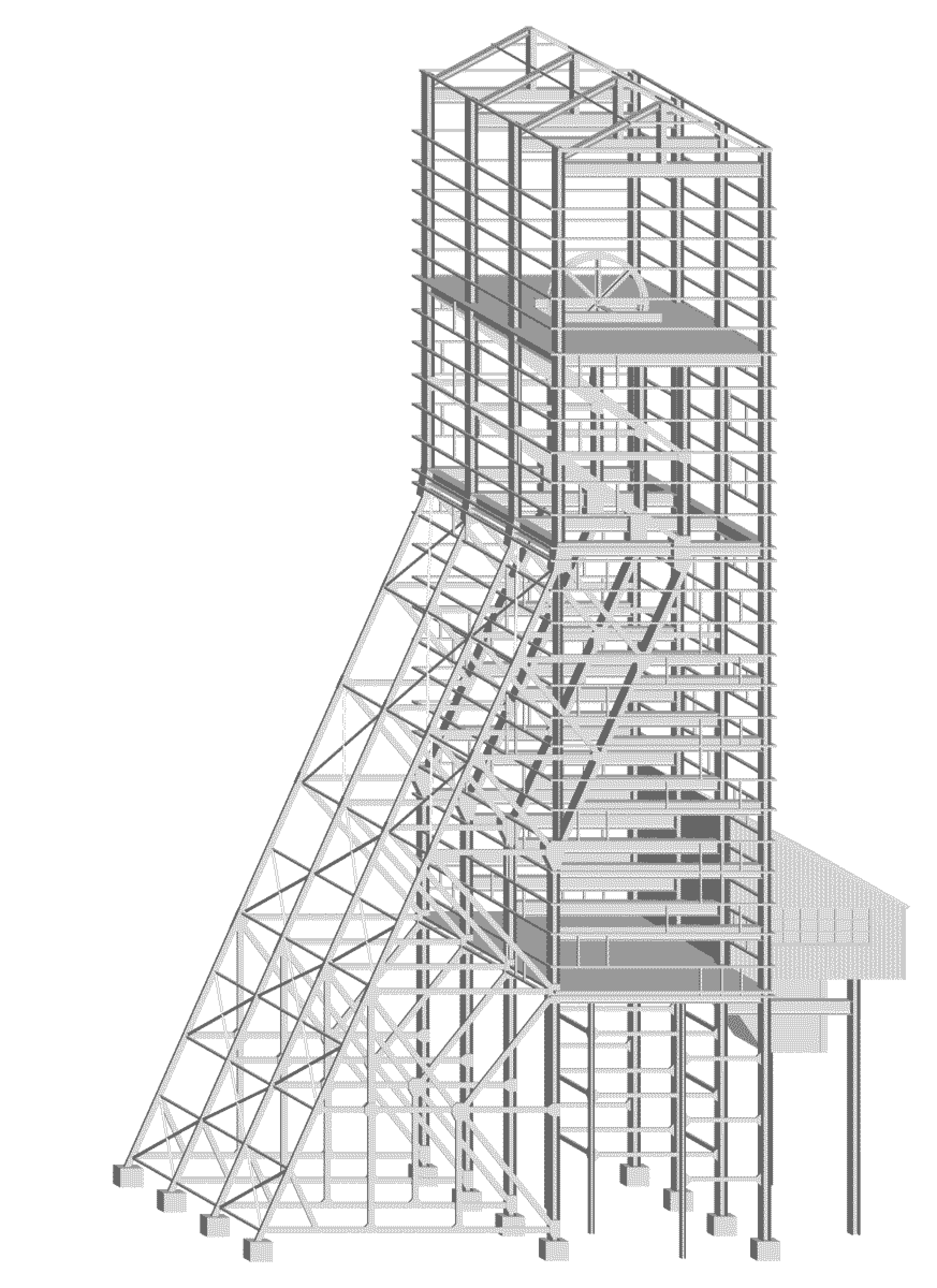
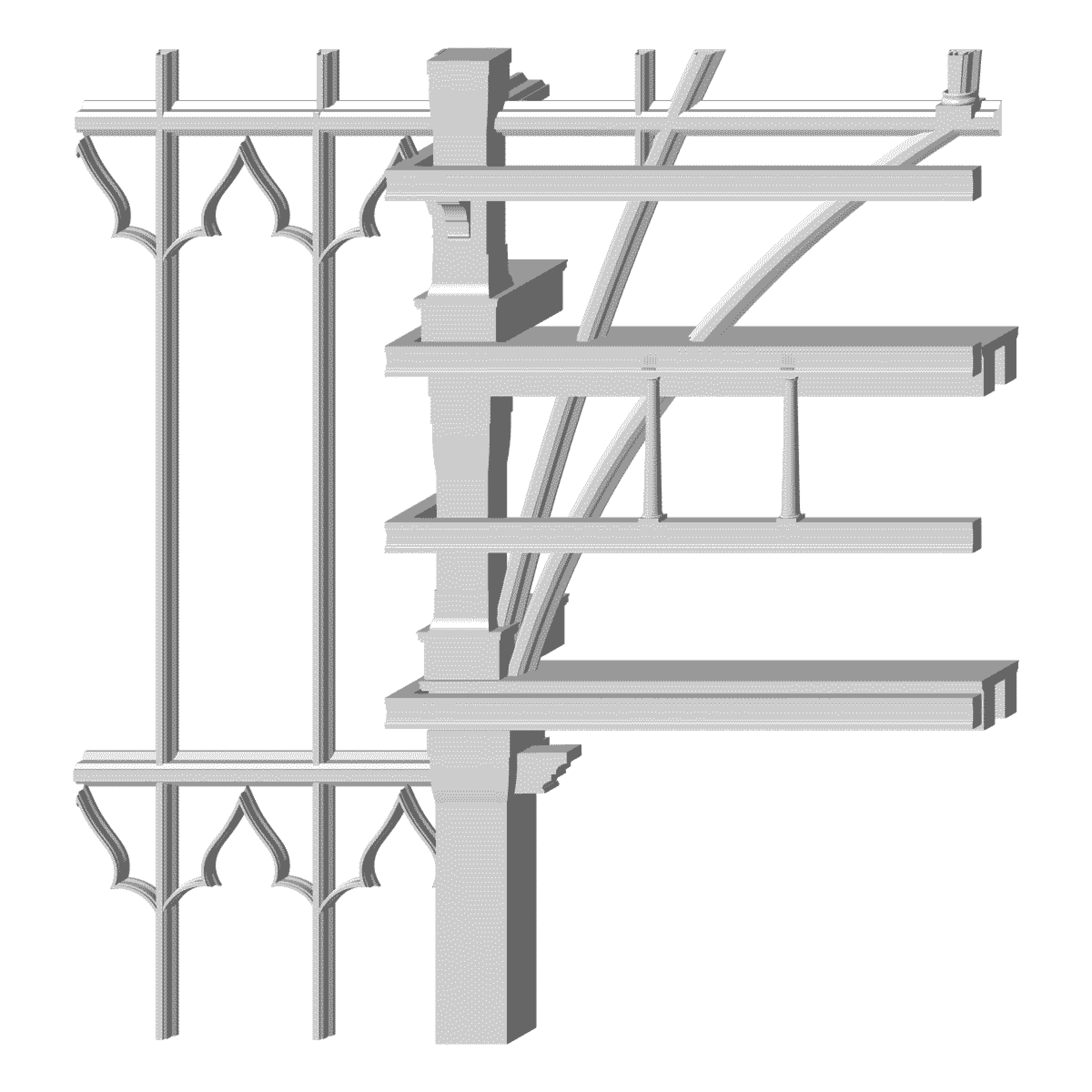

Alessandra Esposito & Mirela Spasova


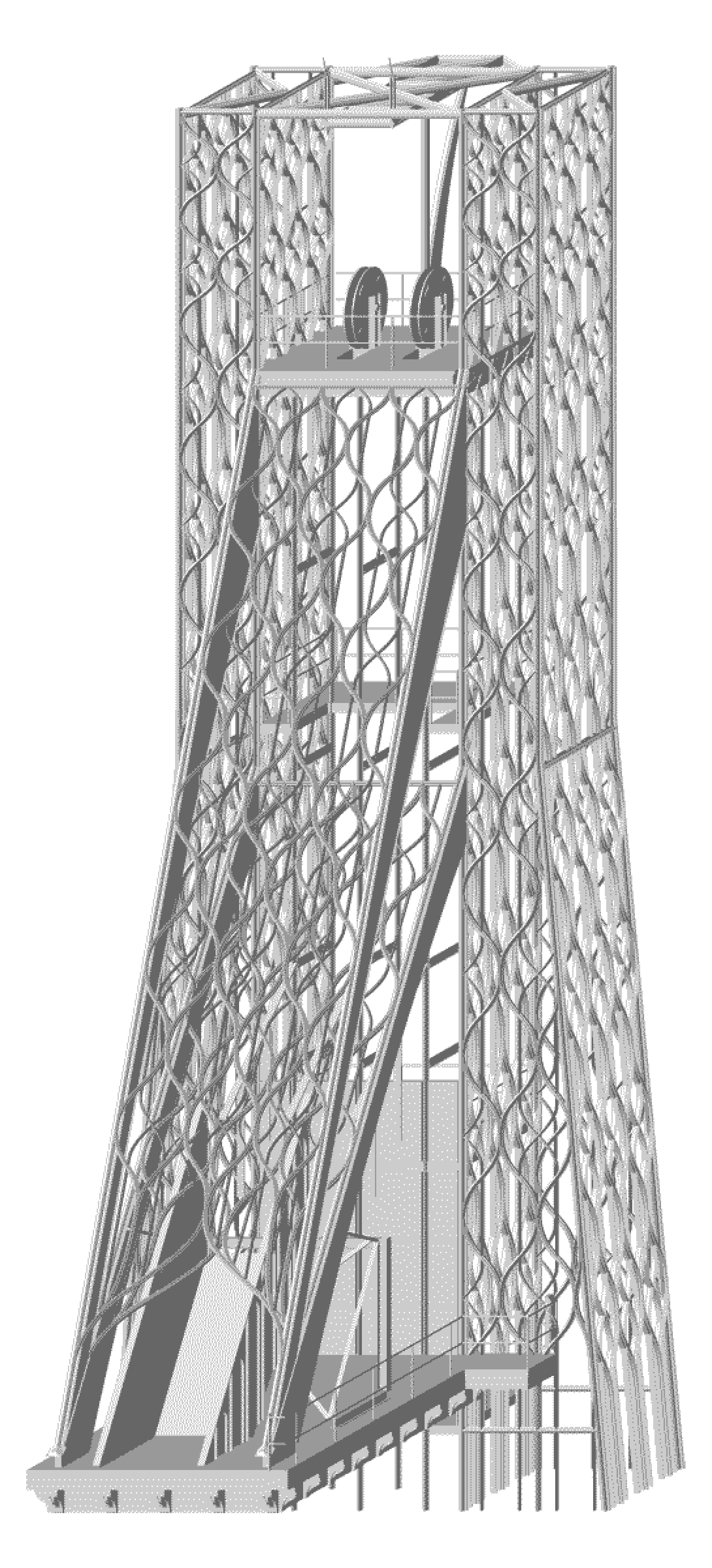

Alessandra Esposito & Mirela Spasova
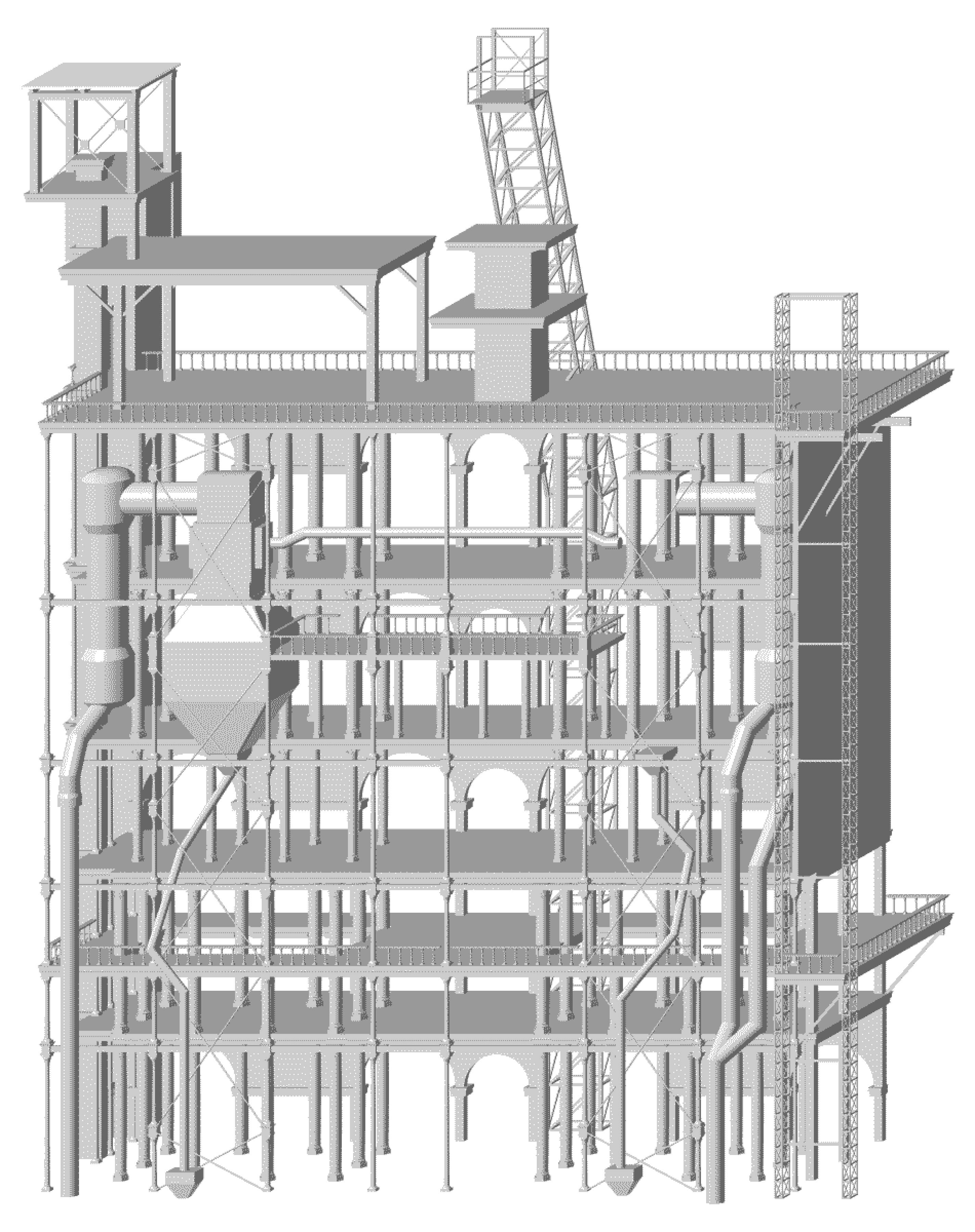

Stefani Nedkova

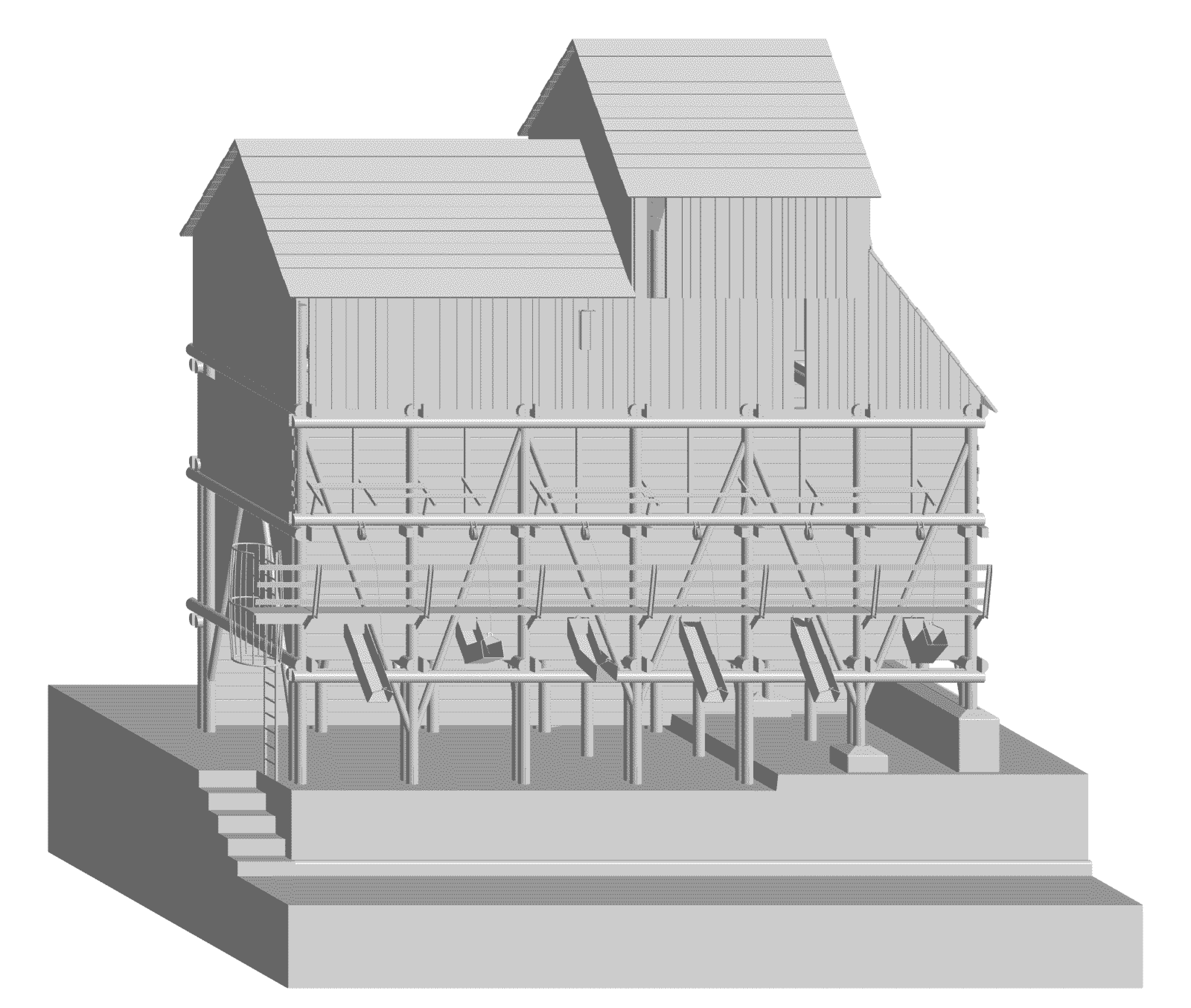
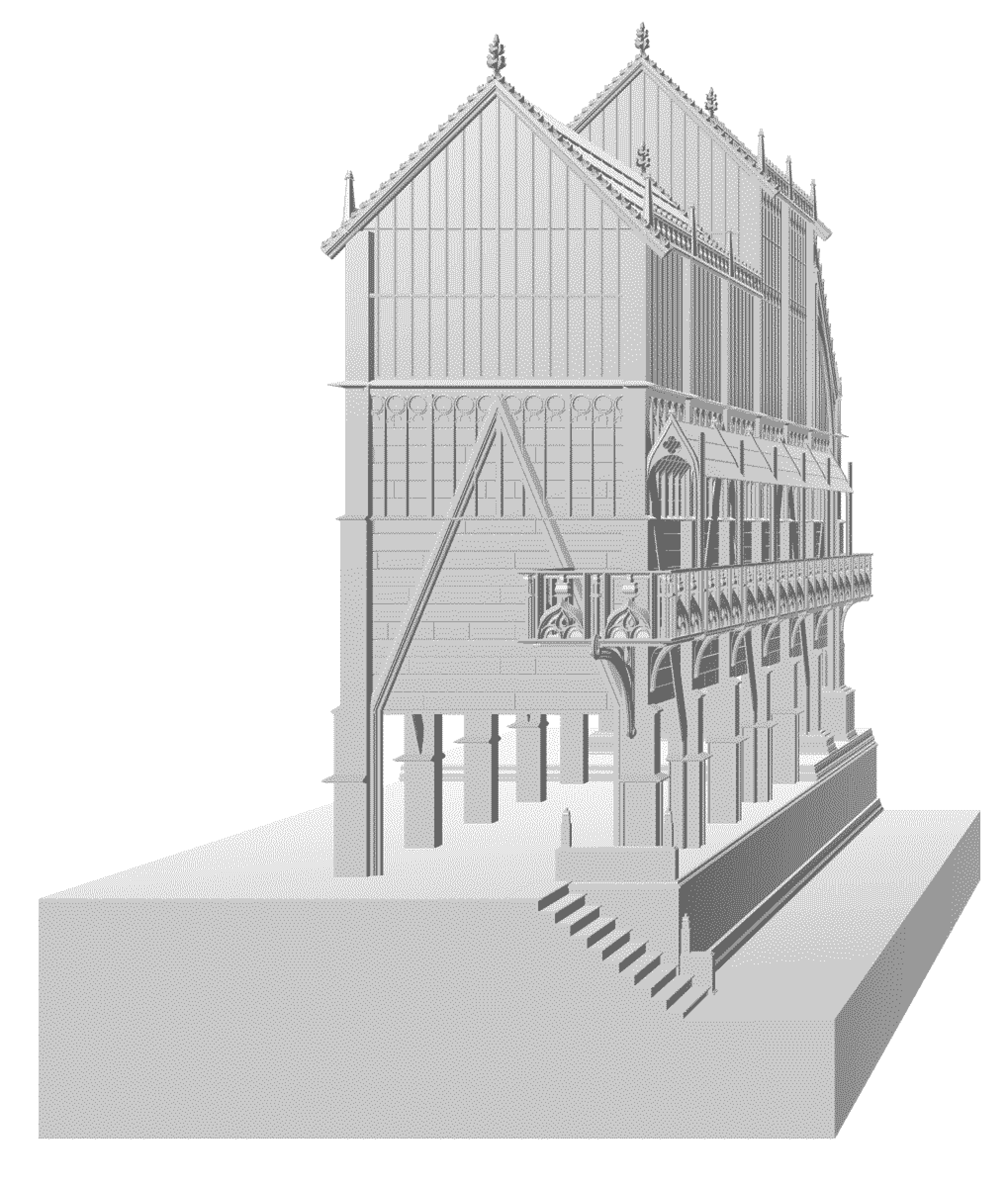
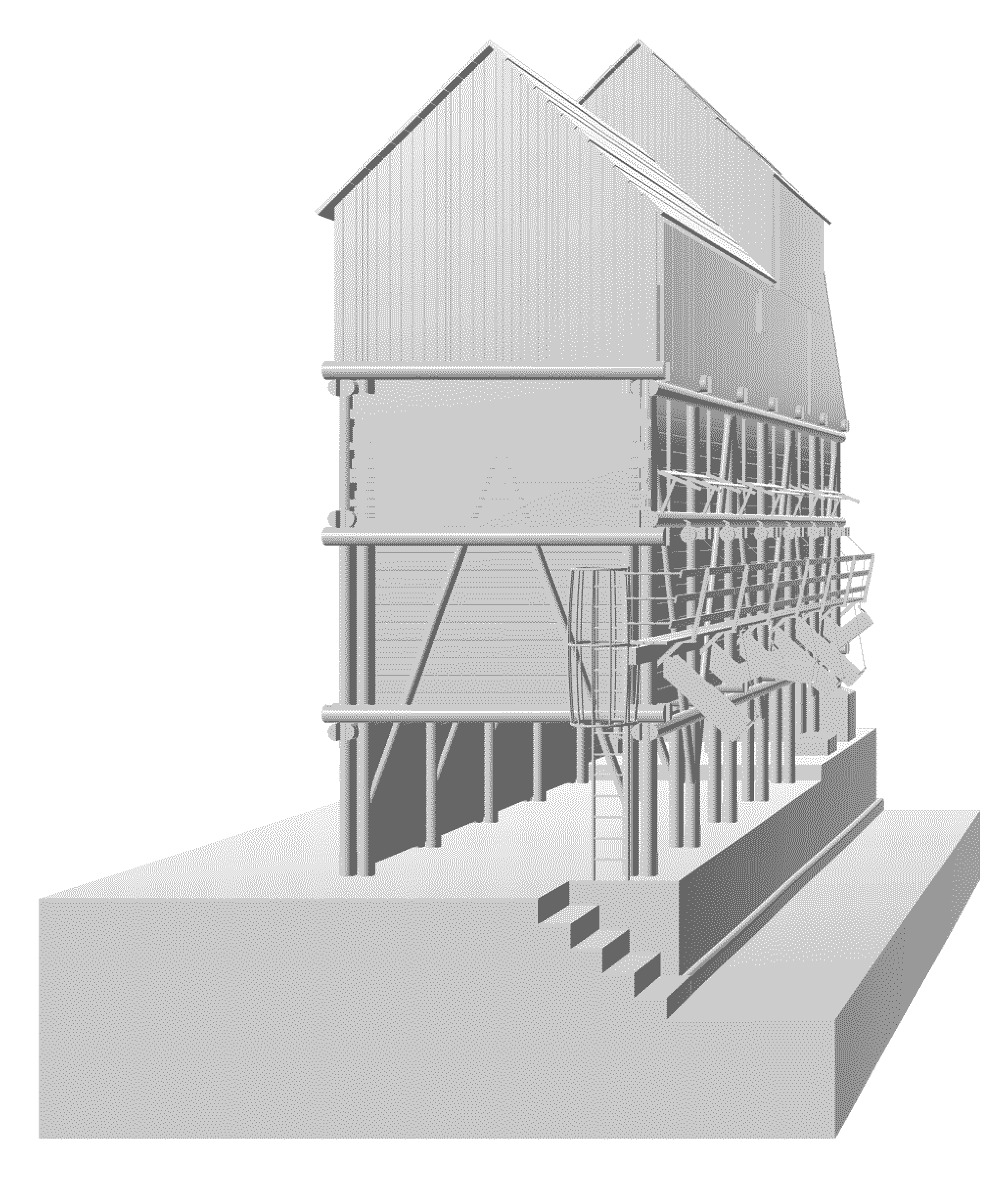
Nora Gerbaulet
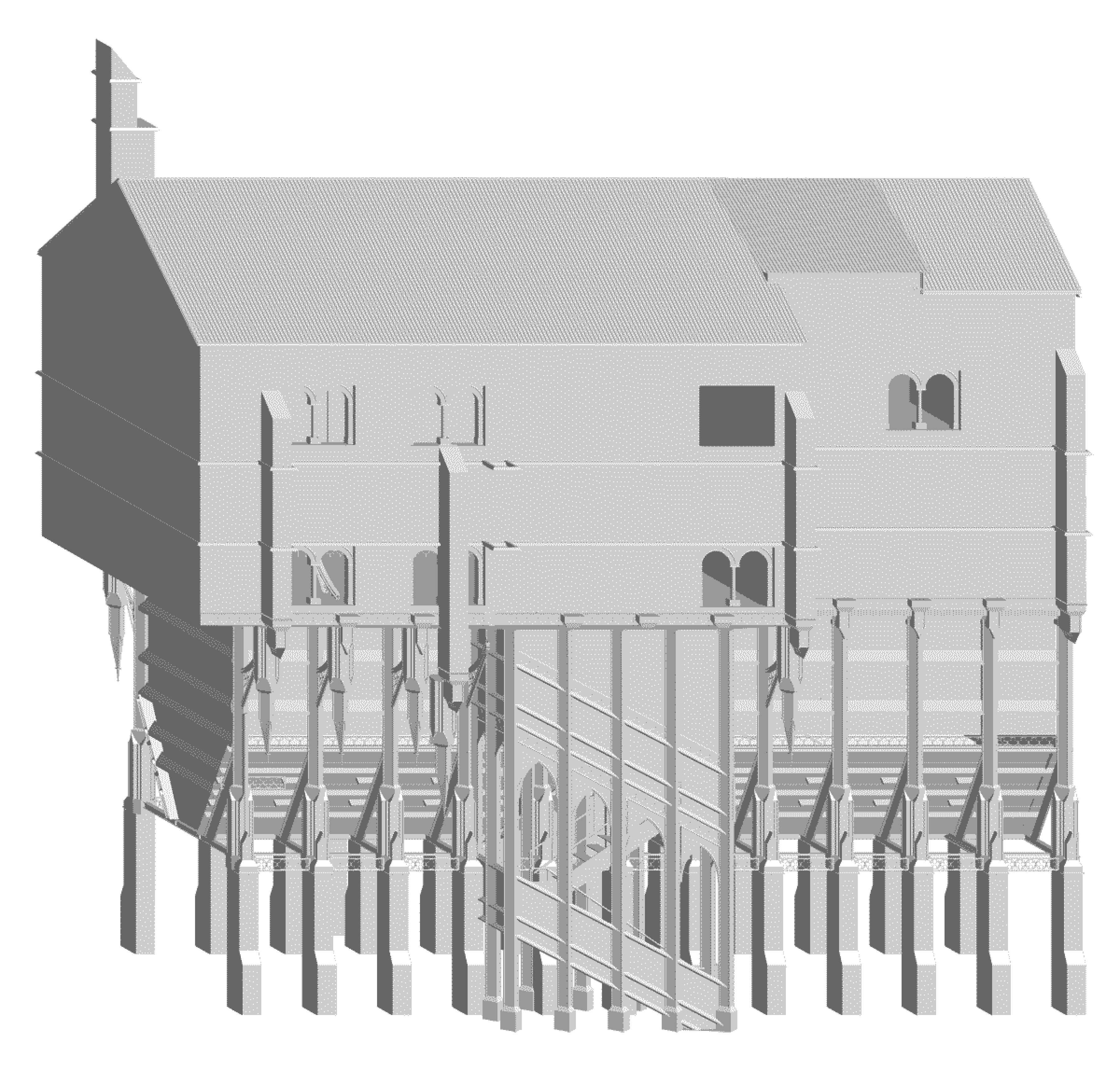
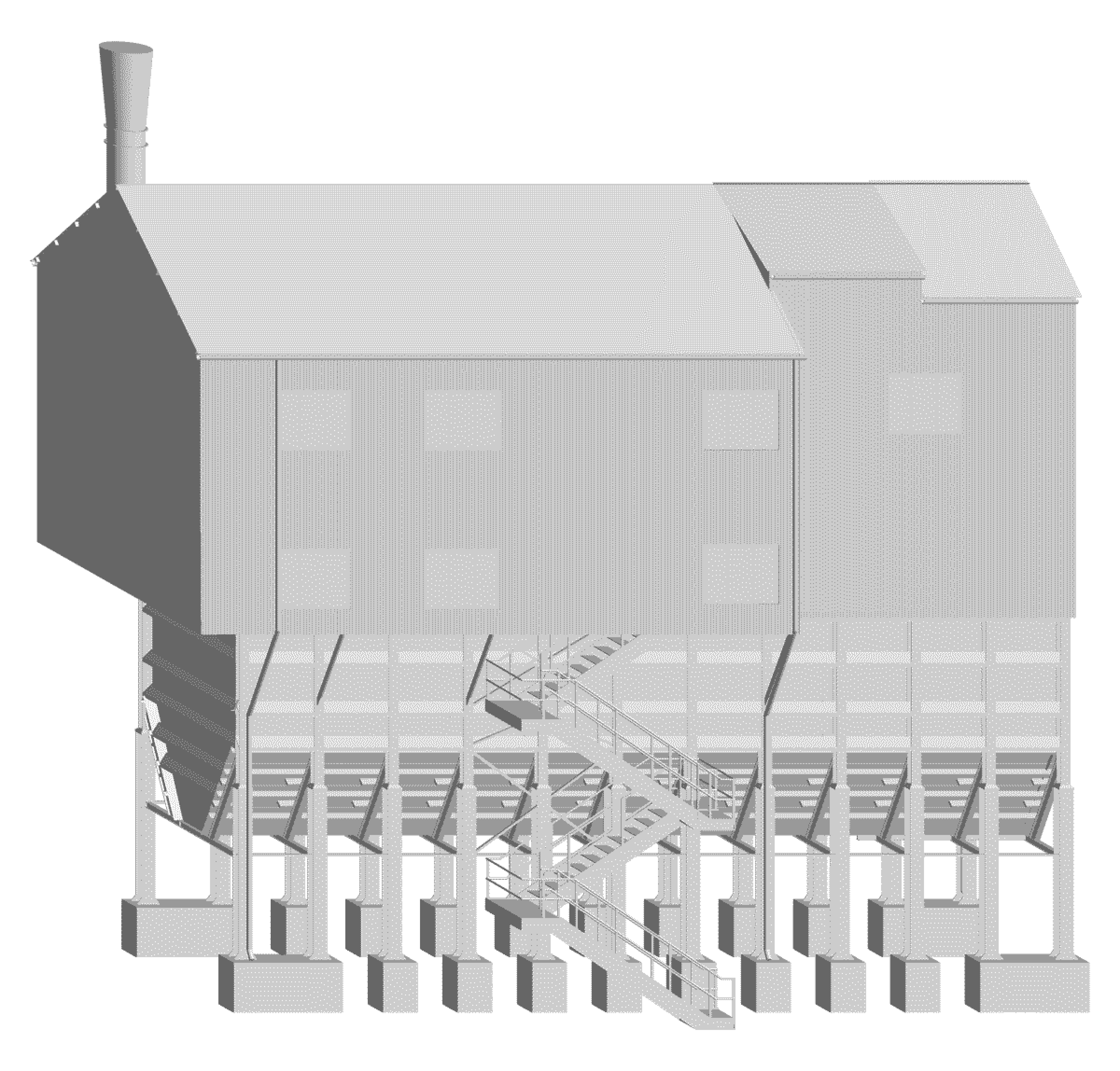
Saumya Rawat
This constellation of the formal and the informal is much like the workings of a classical garden, where the formal villa is followed by a cultivated garden which in turn is followed by the natural landscape. Together, these describe the sequence from the rational to the natural while always allowing for the two entities to reflect upon each other. Is it possible to read a house or a city as such, with places of formal intent and places of informal incident? Bringing with them, like the classical garden, conditions of rational structure and of romantic entropy; finding a city that speaks as well to the mind as to the heart.
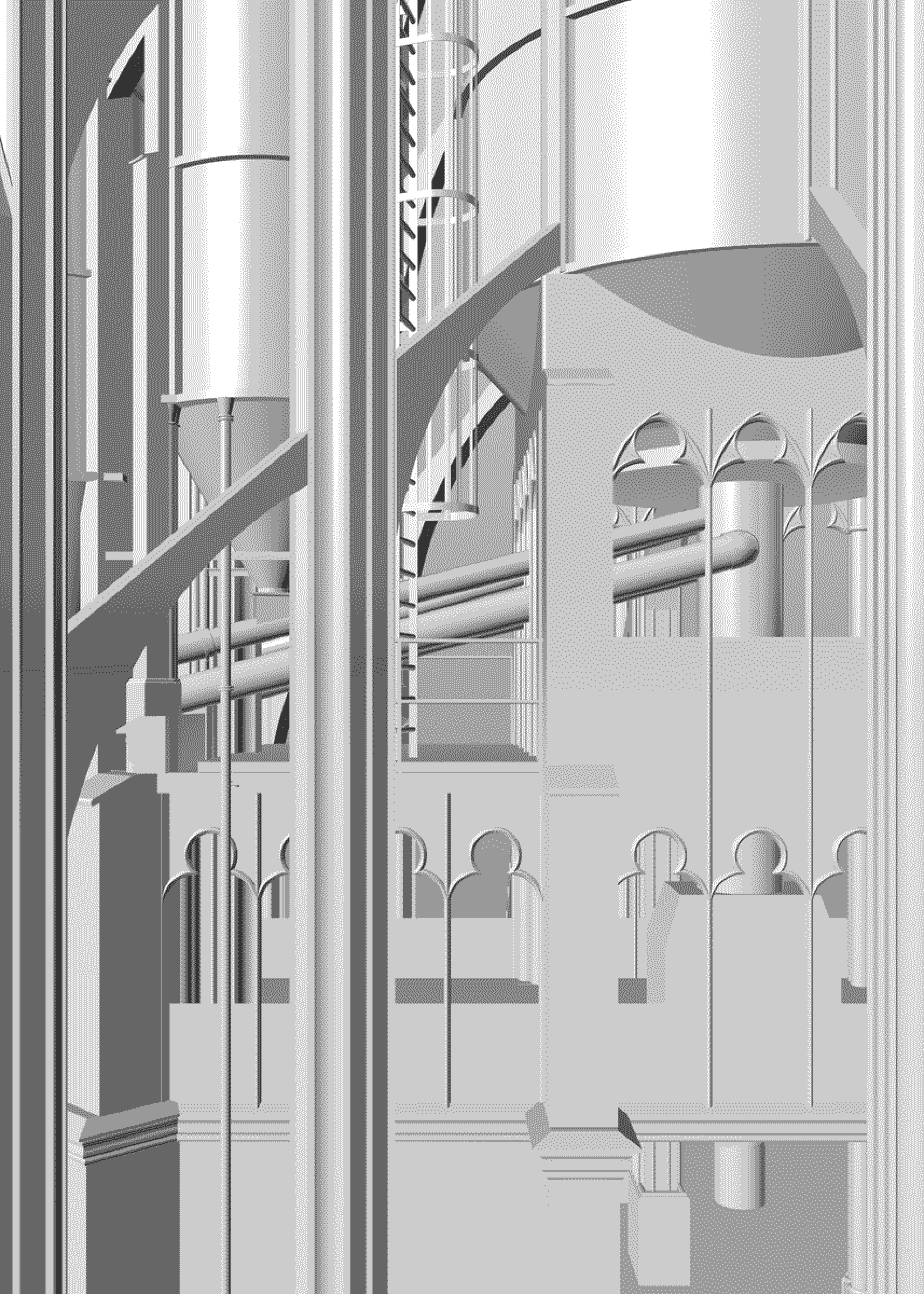
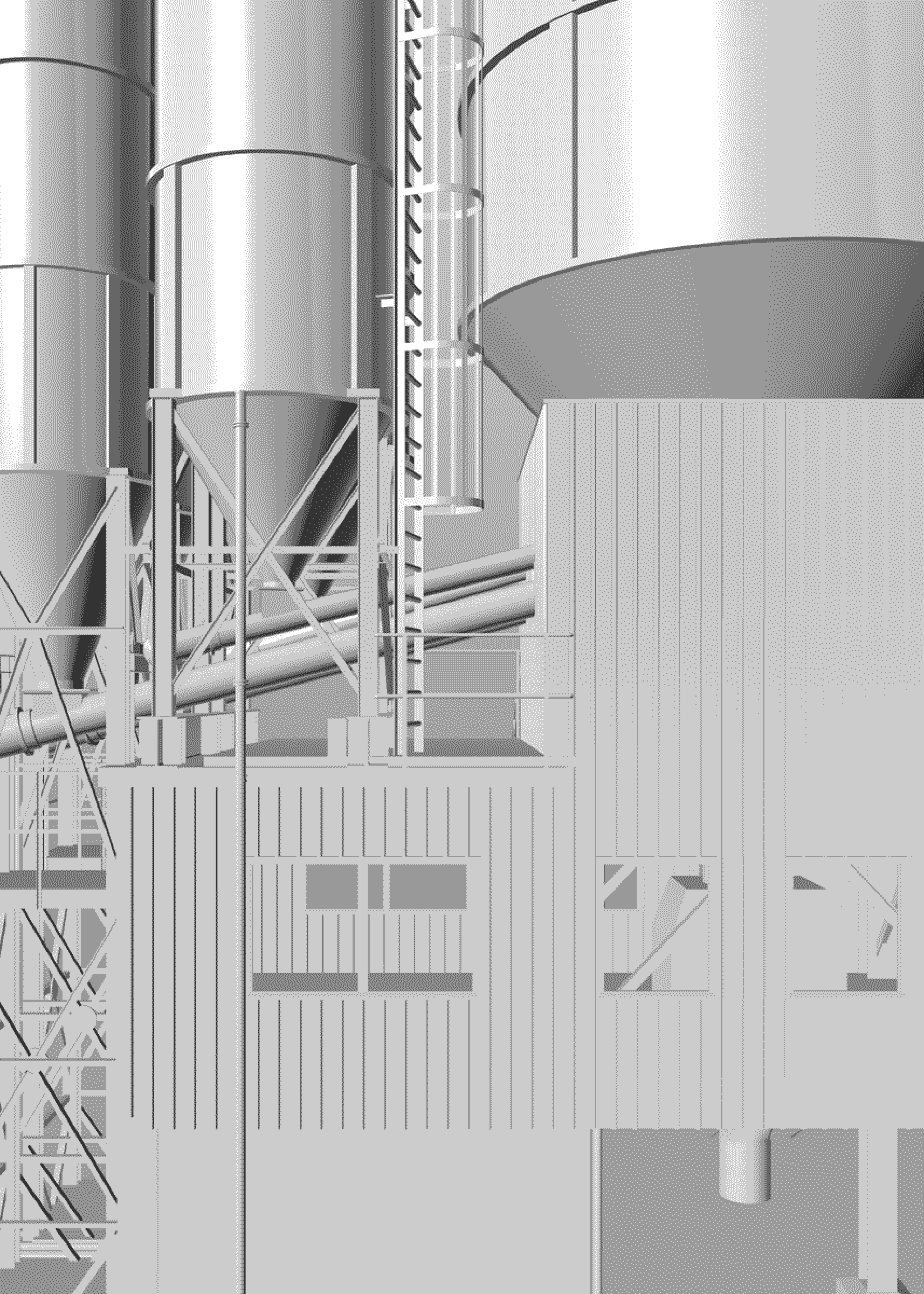
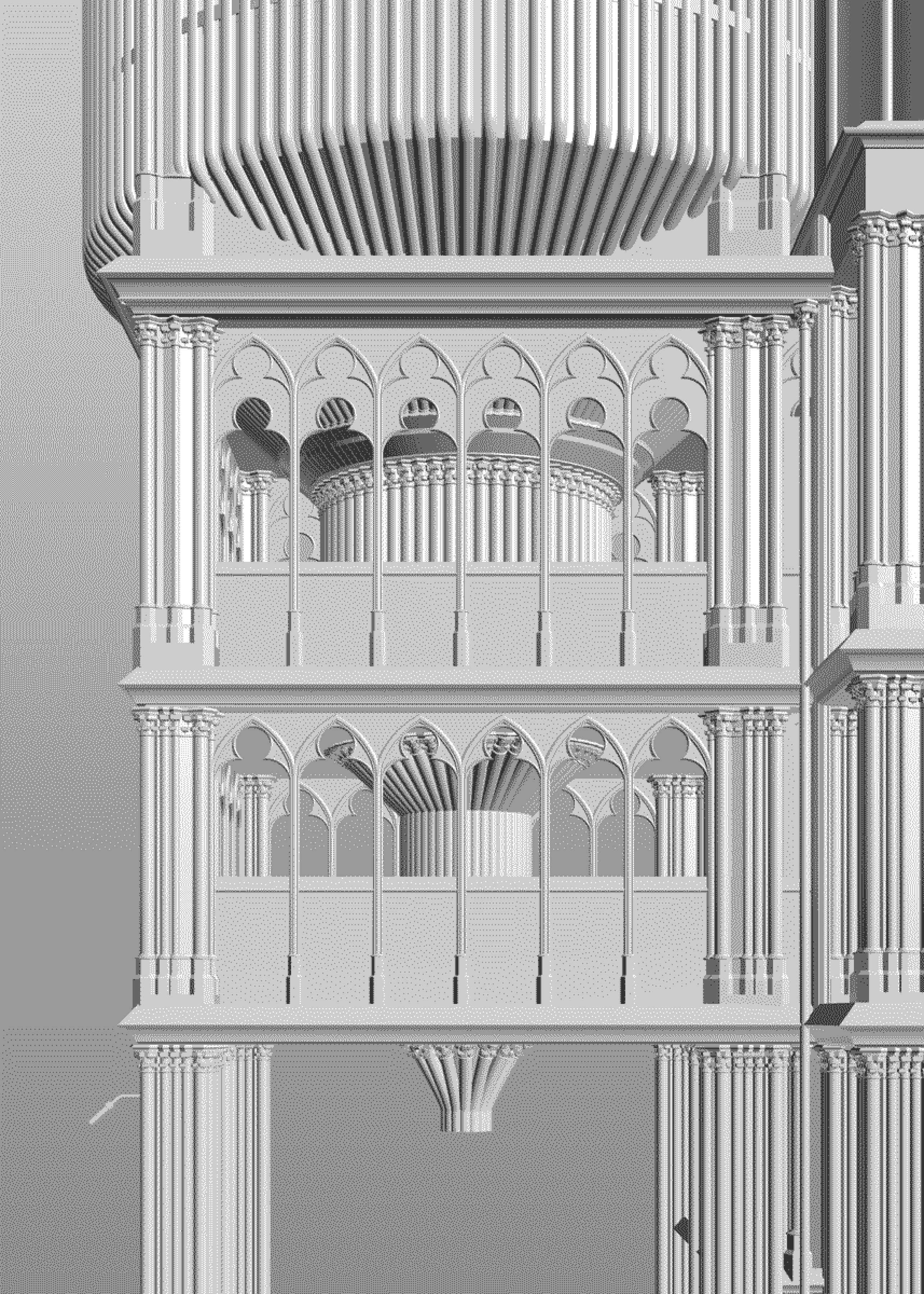
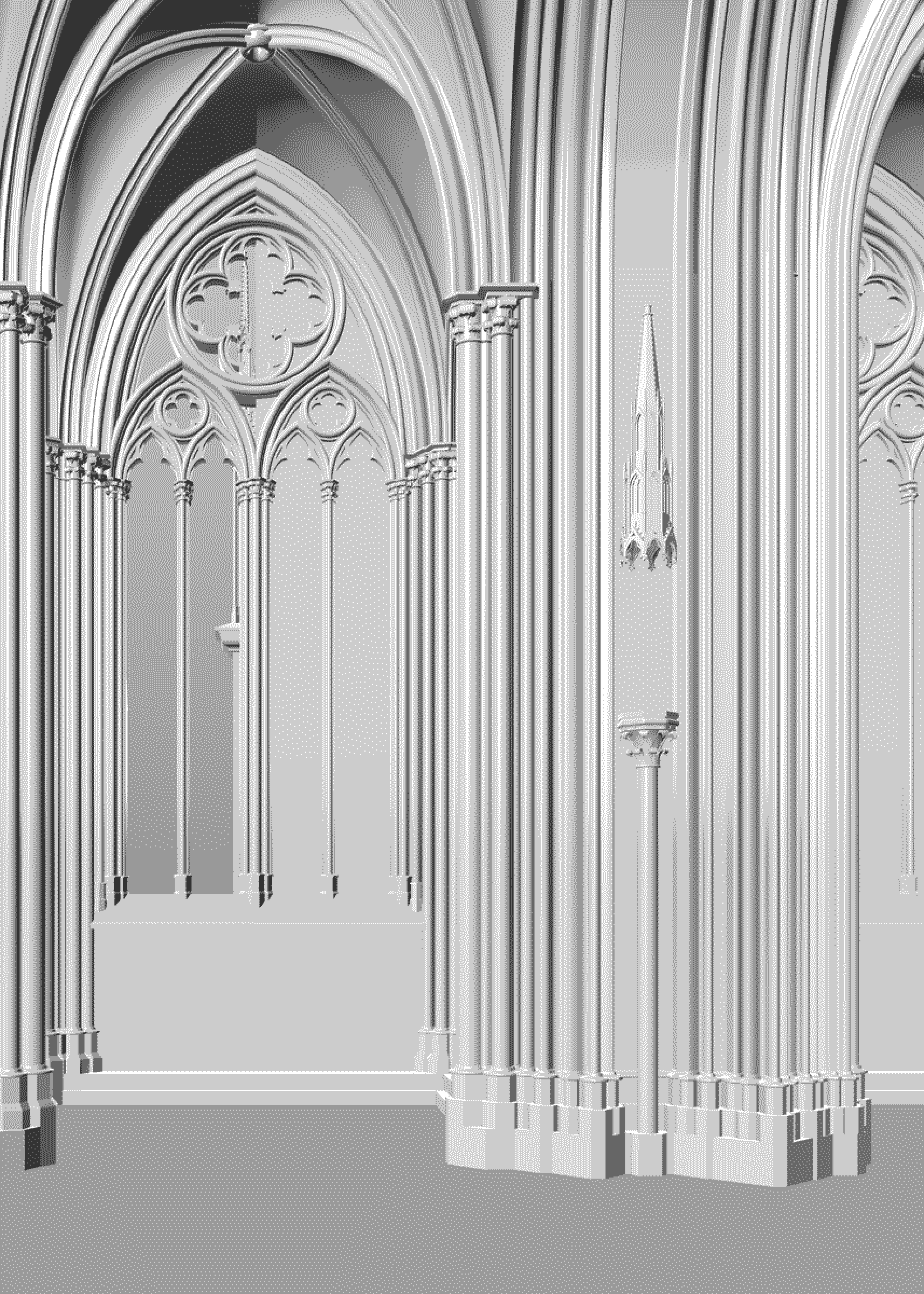


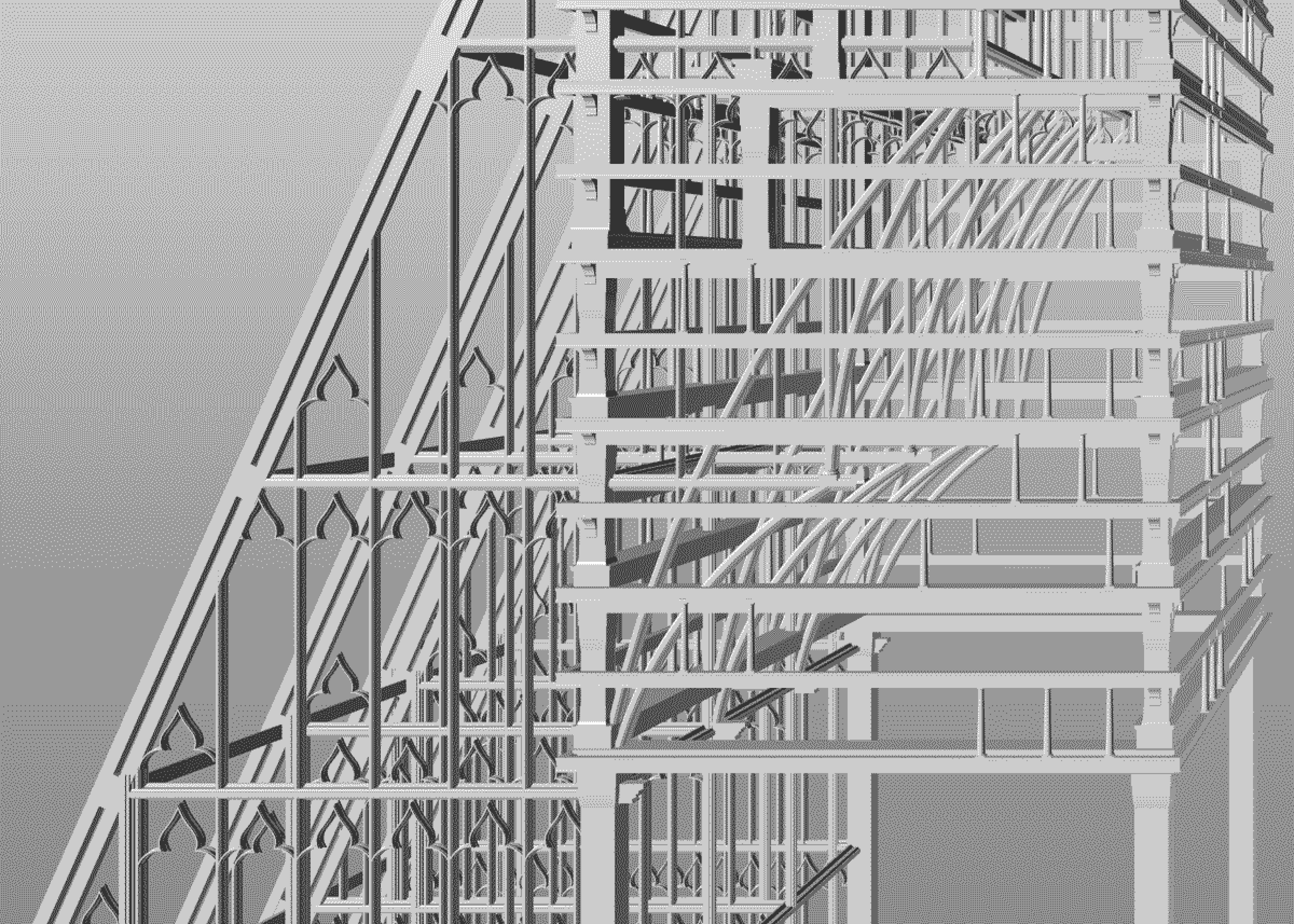
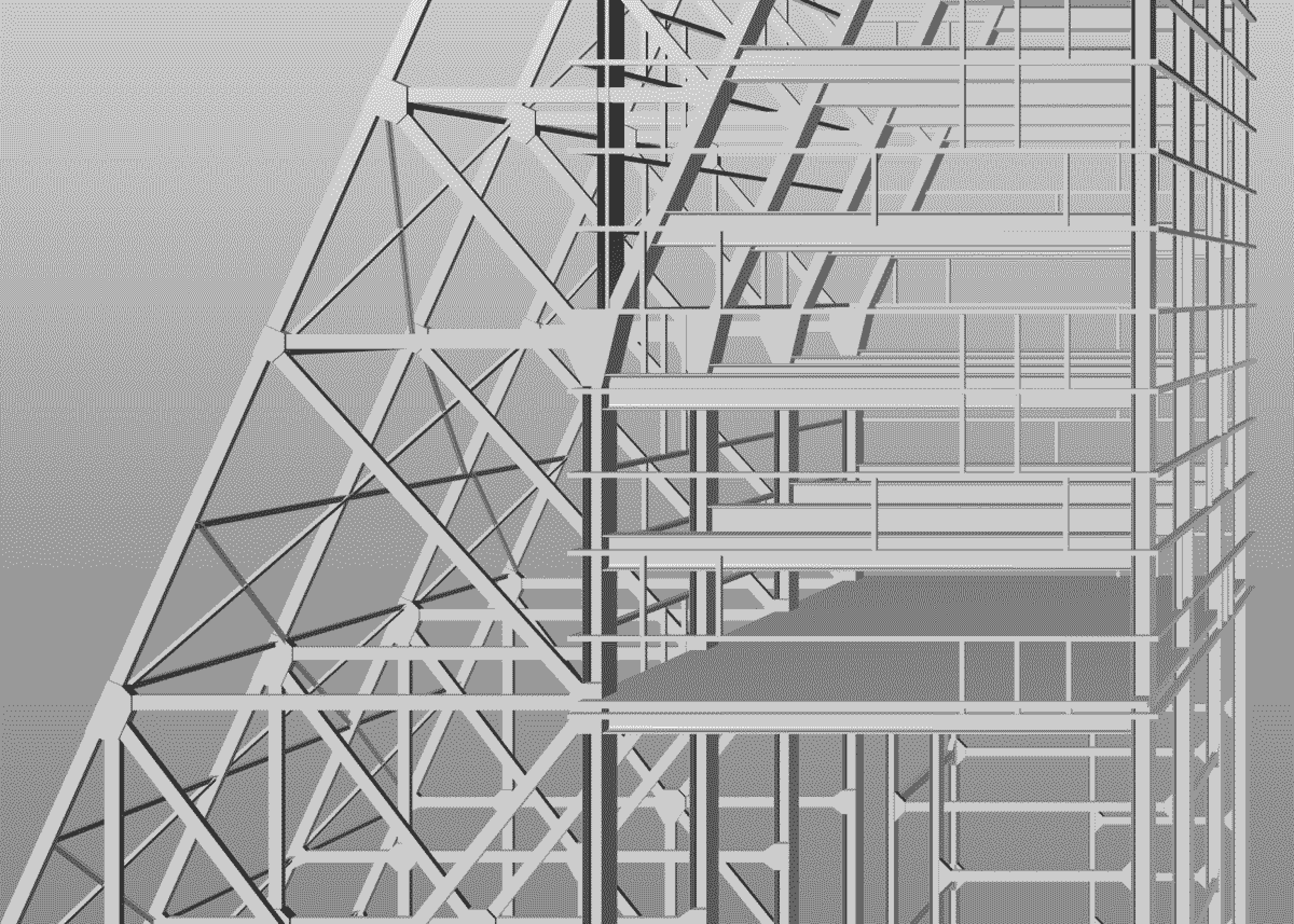
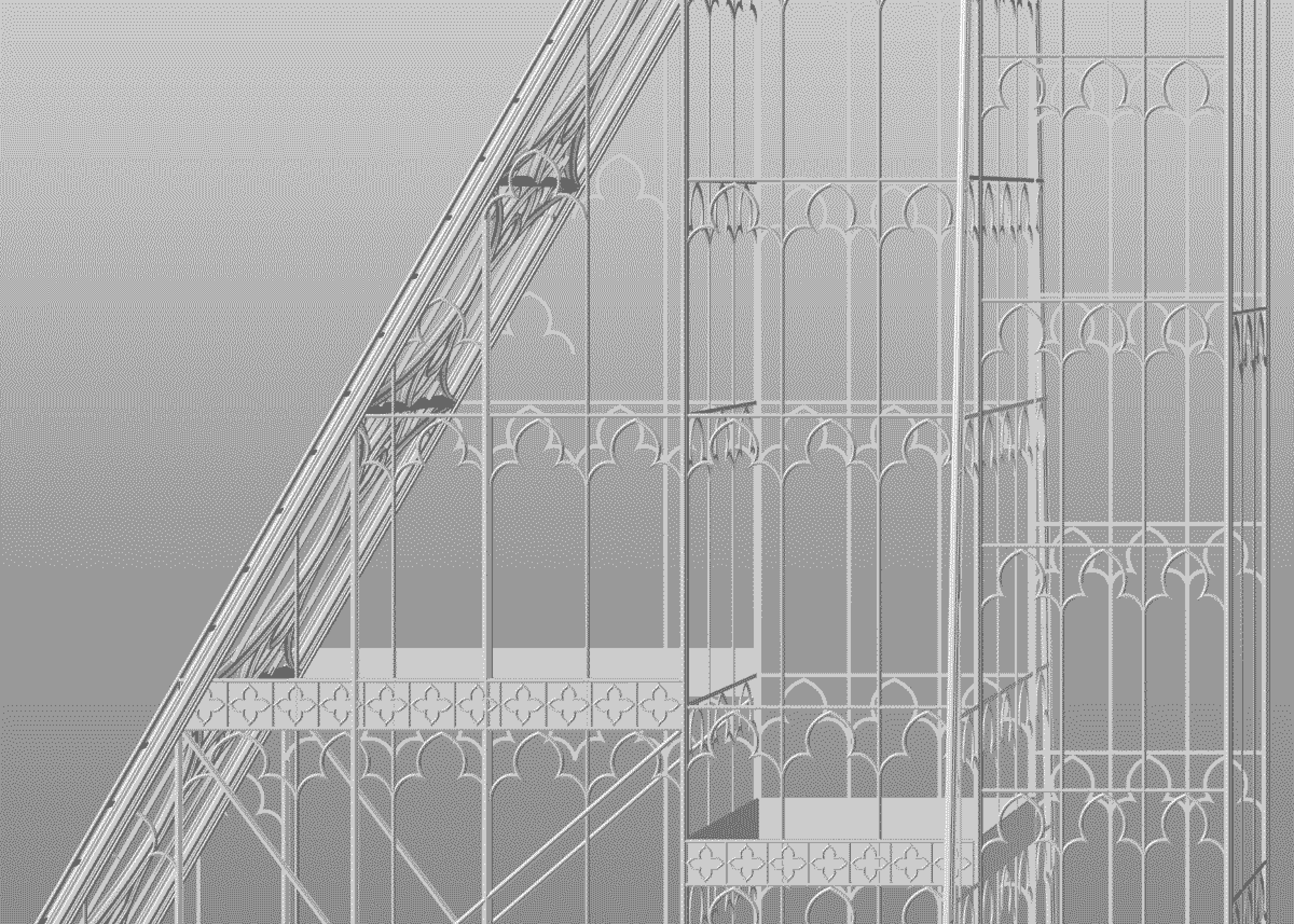
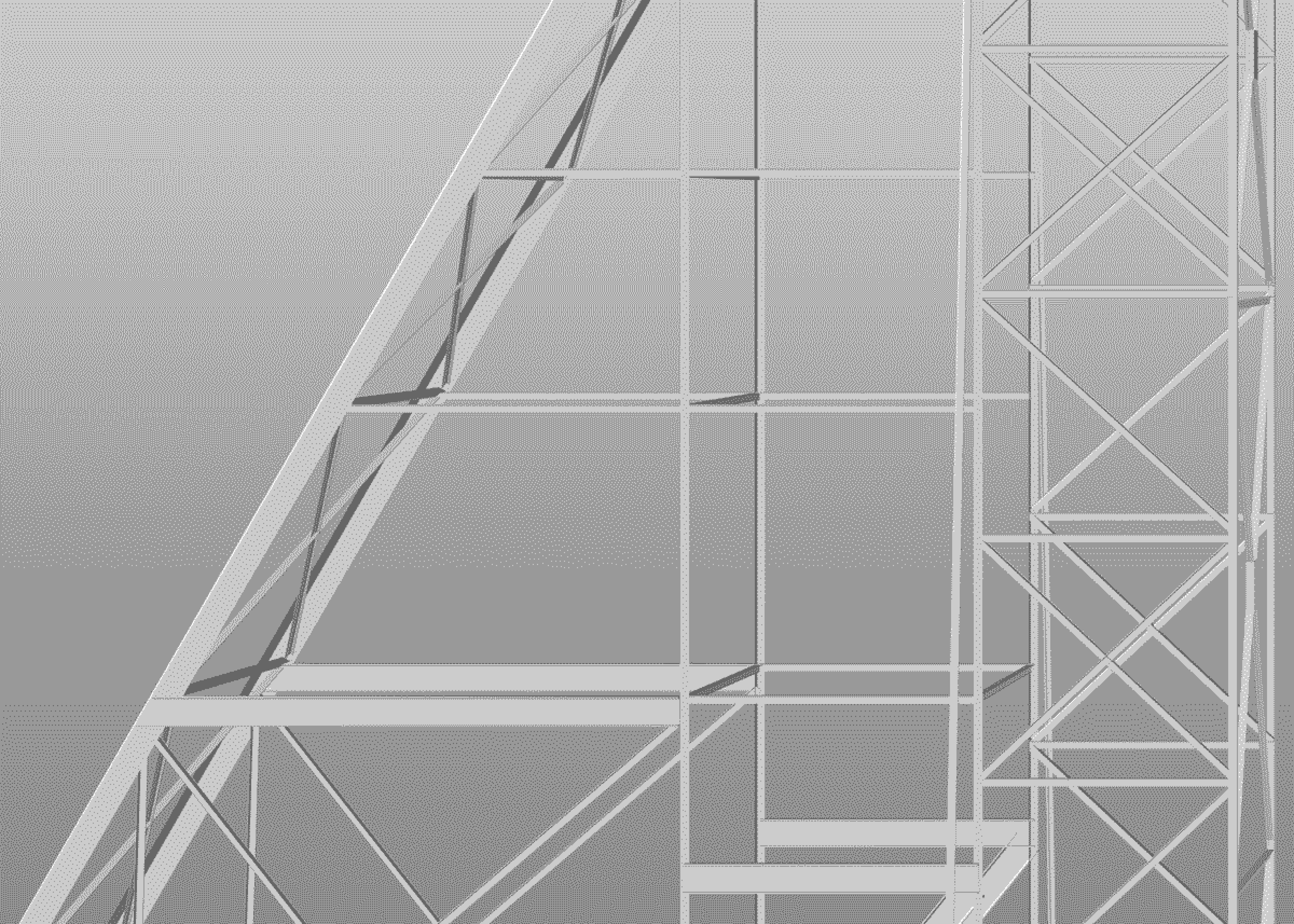
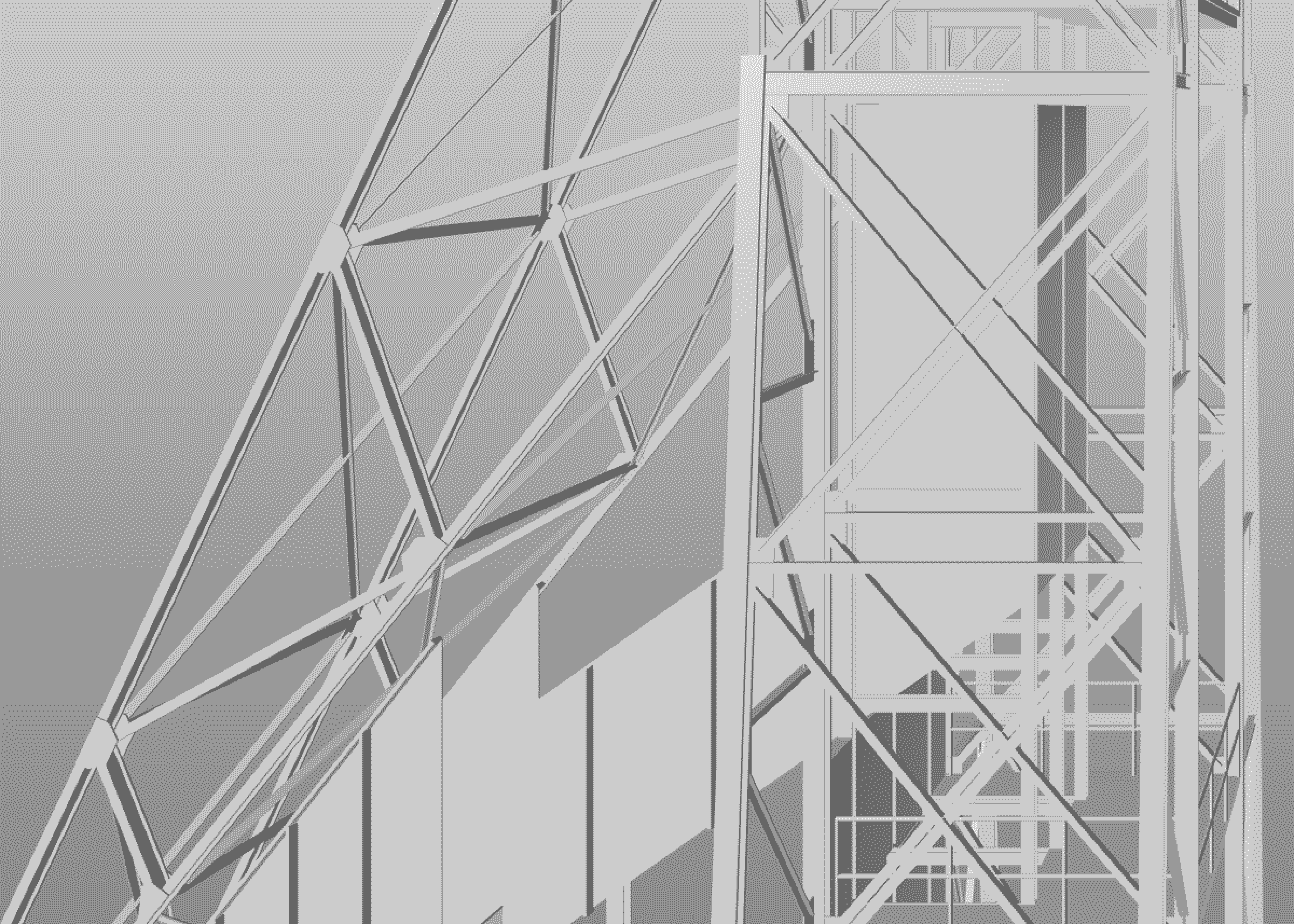

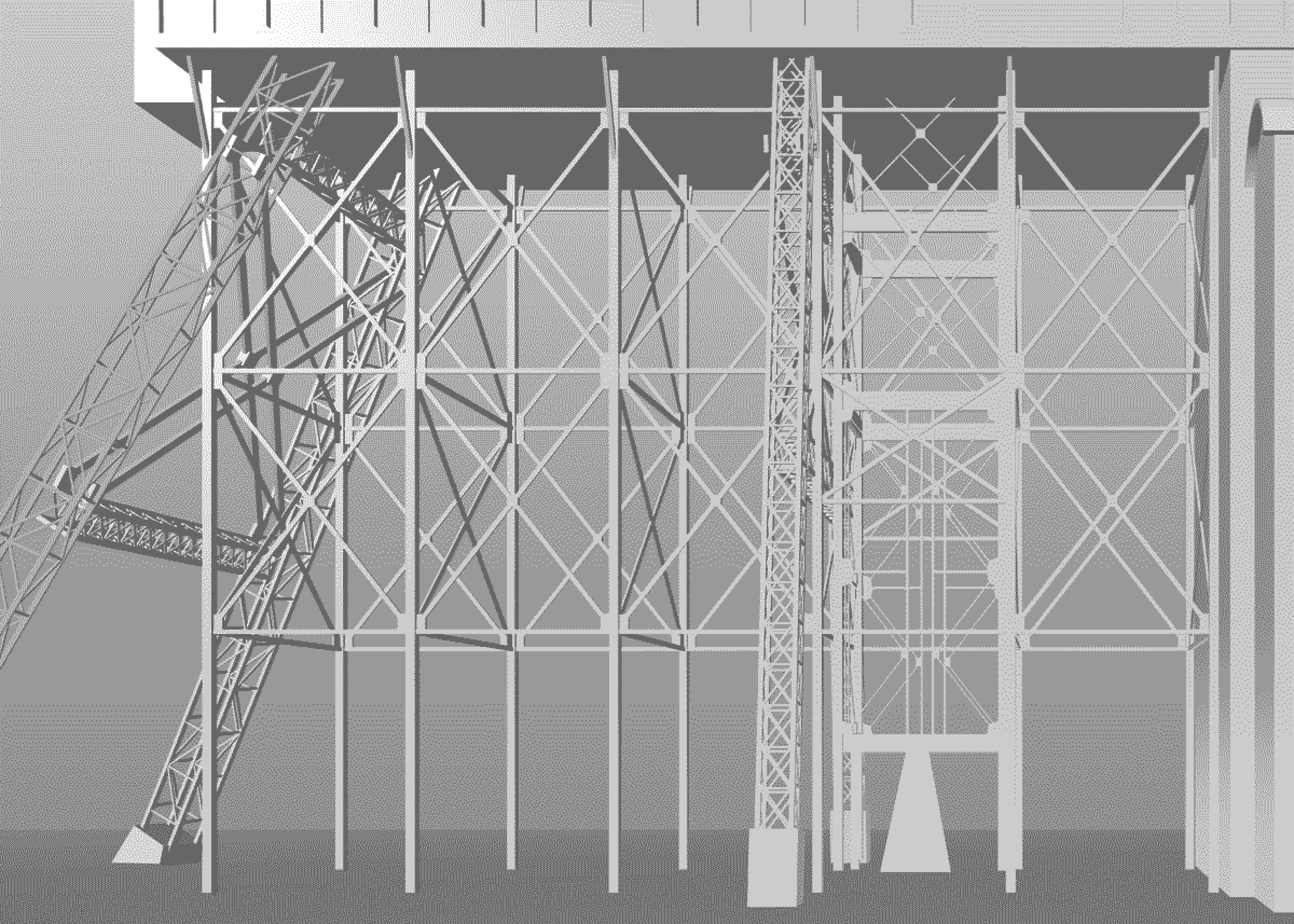
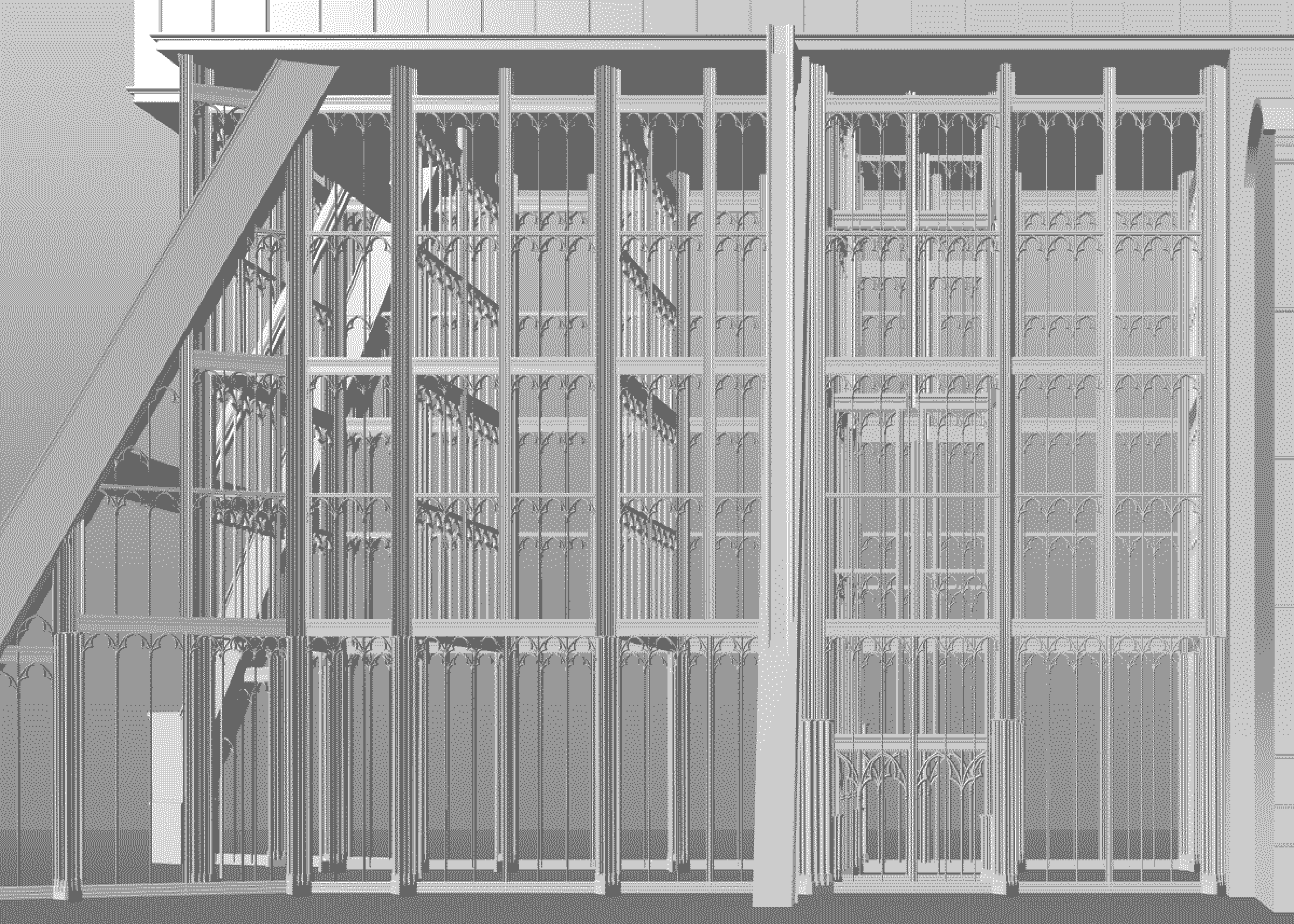


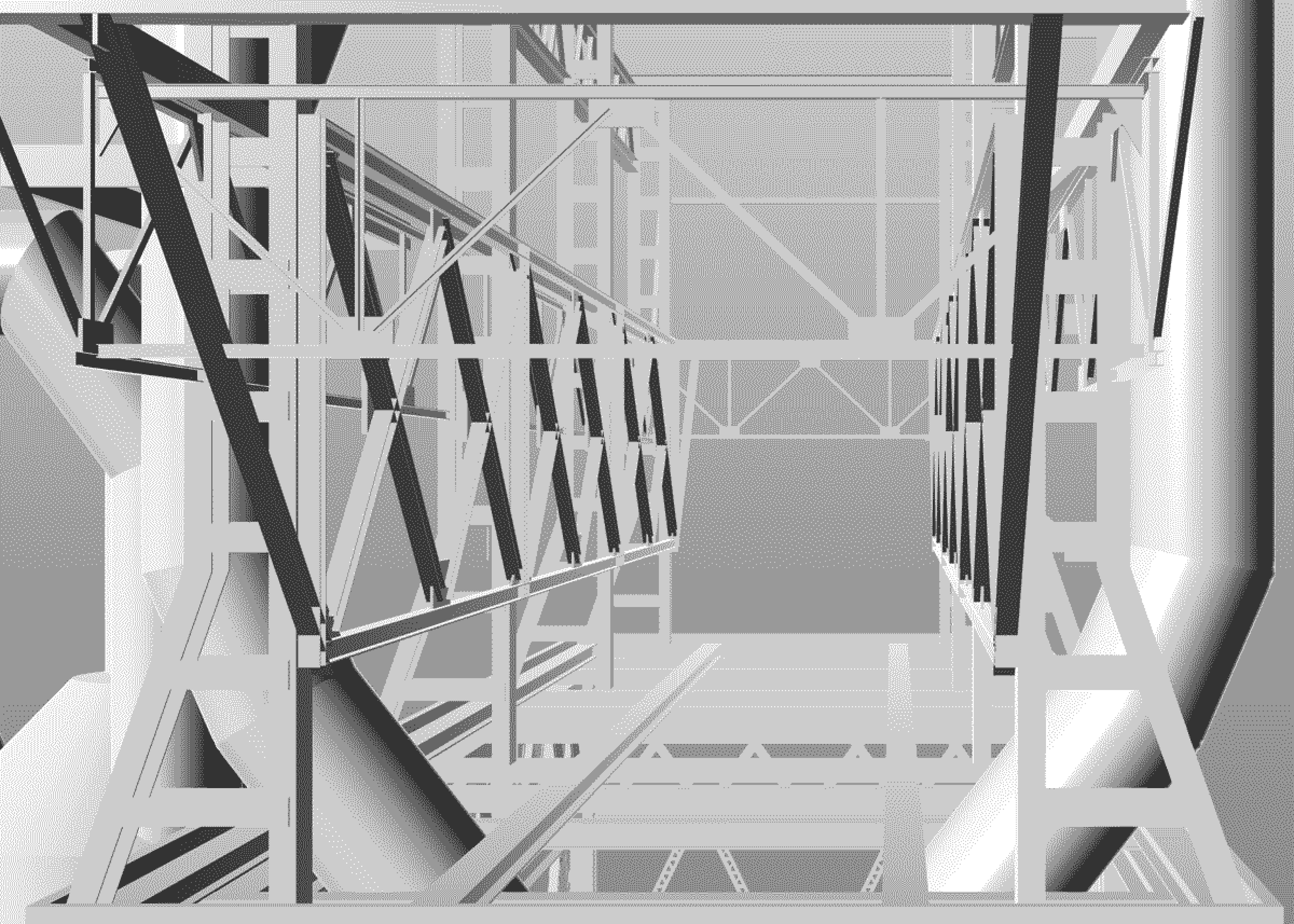
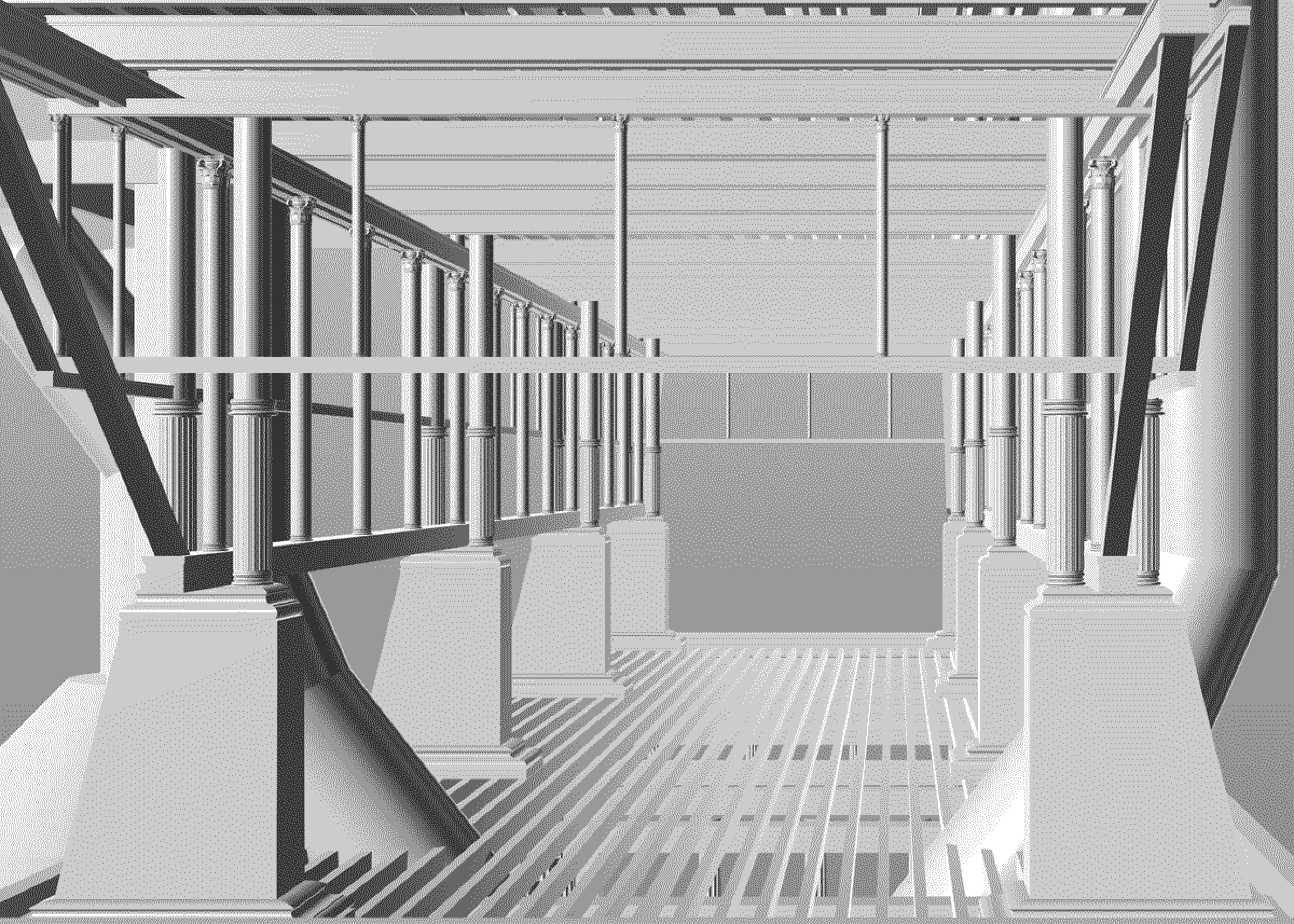
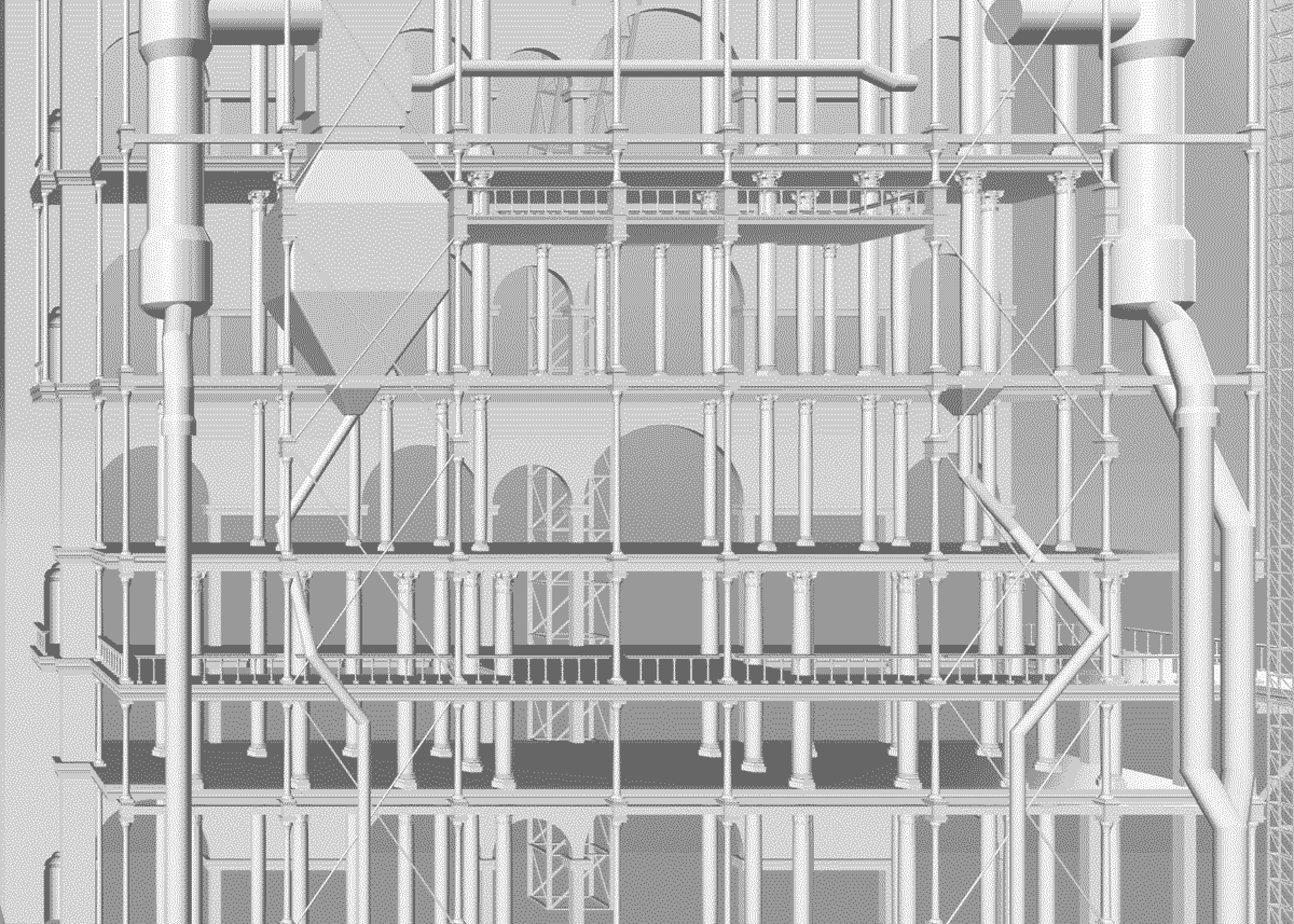
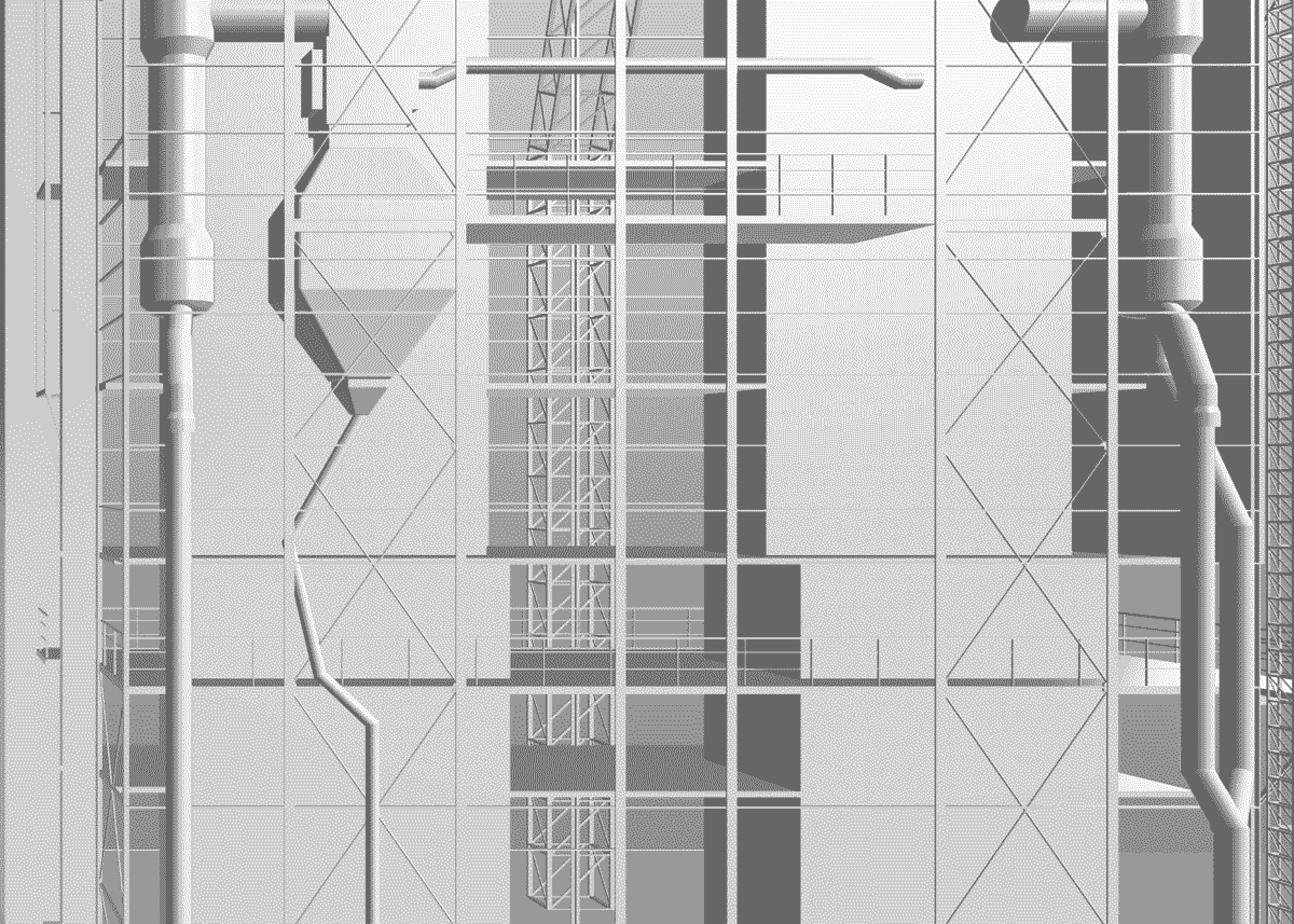
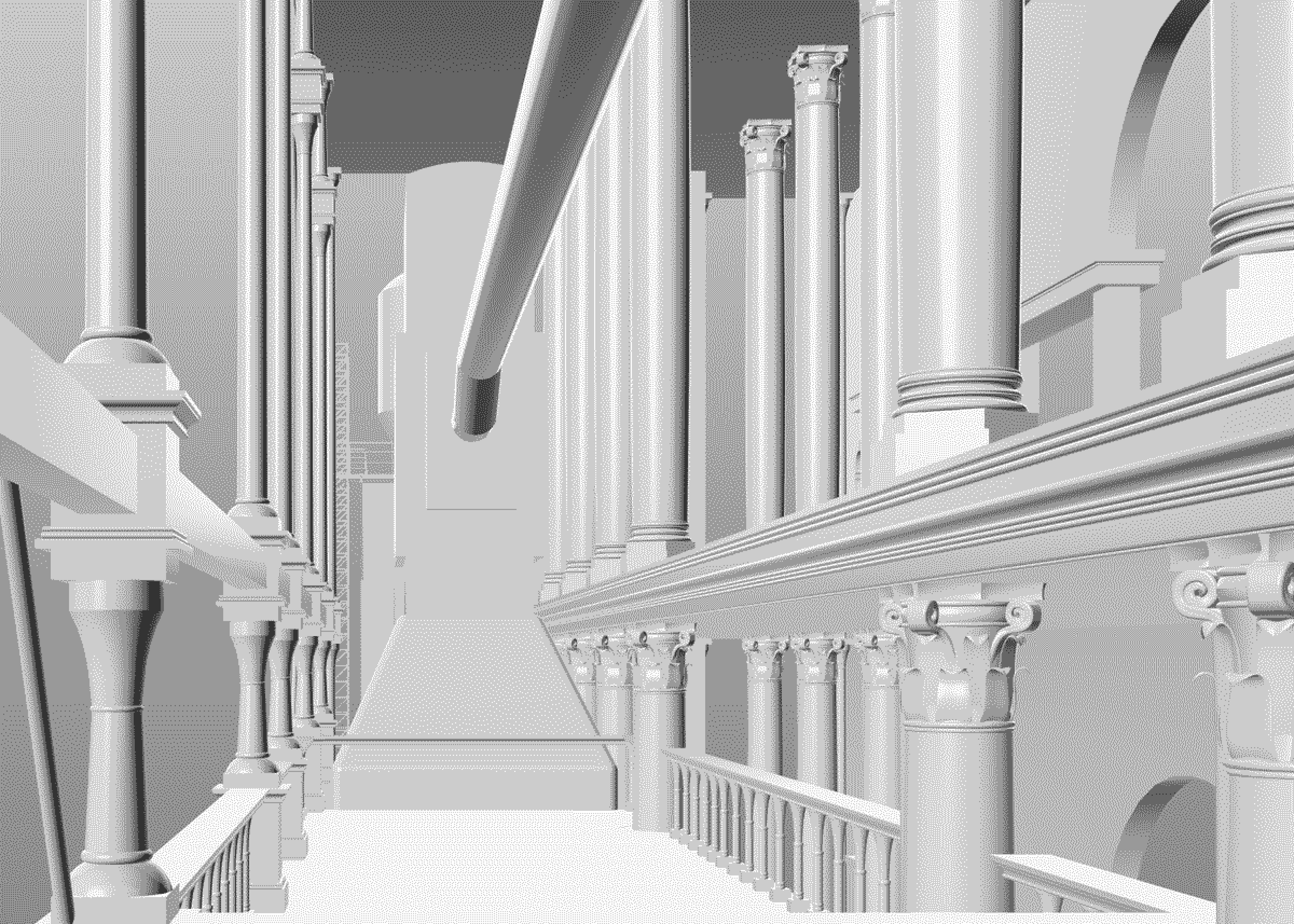

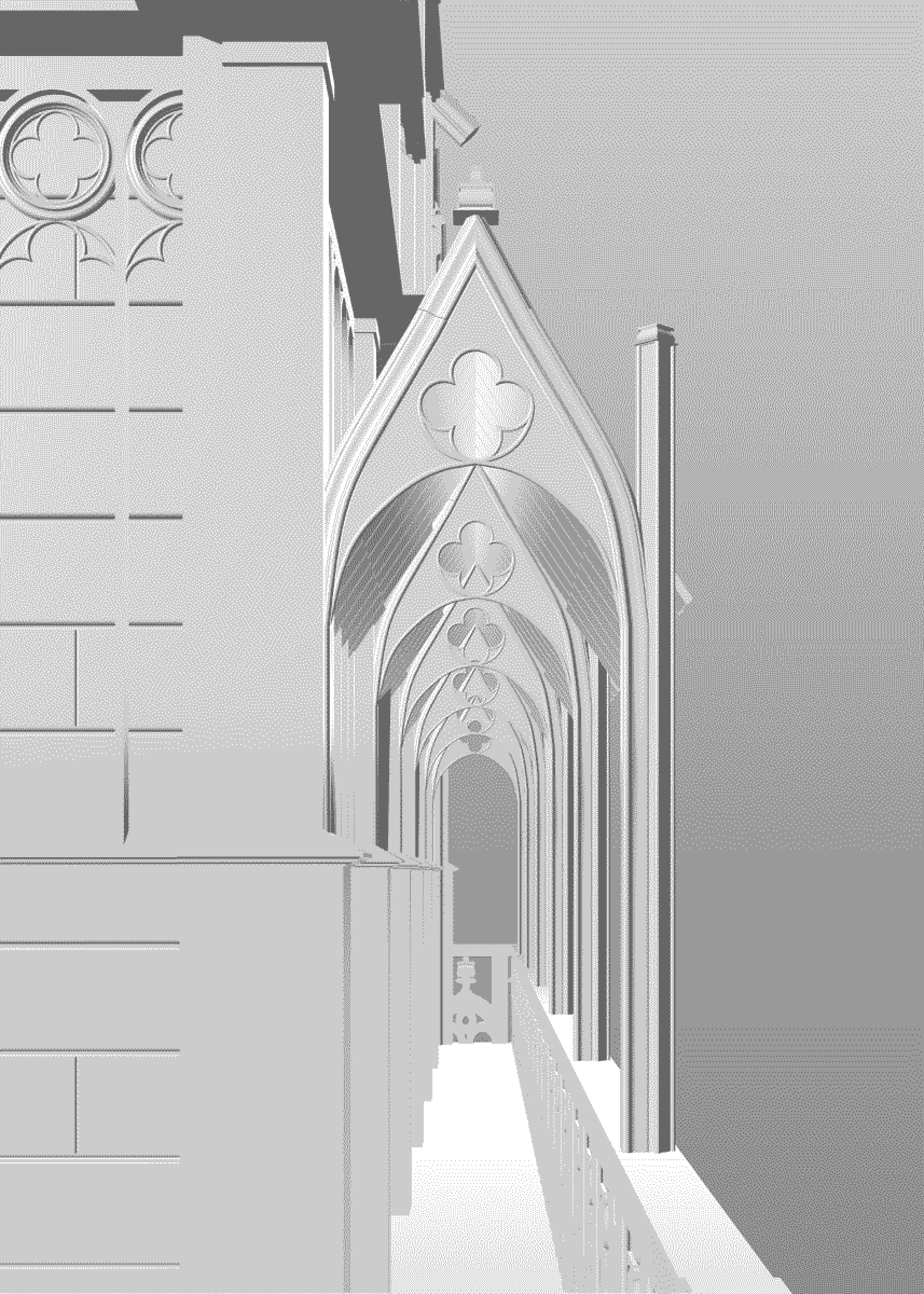
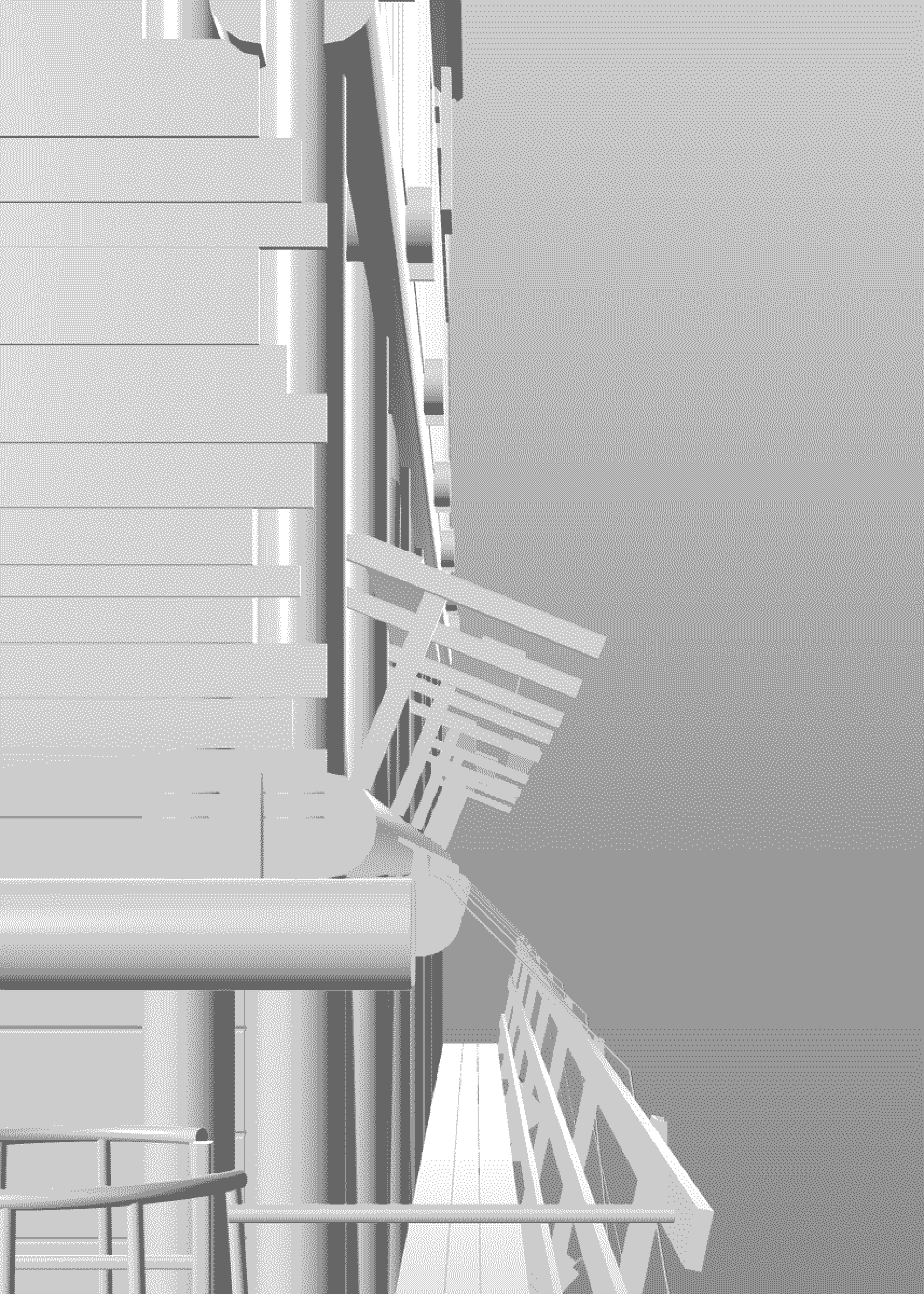

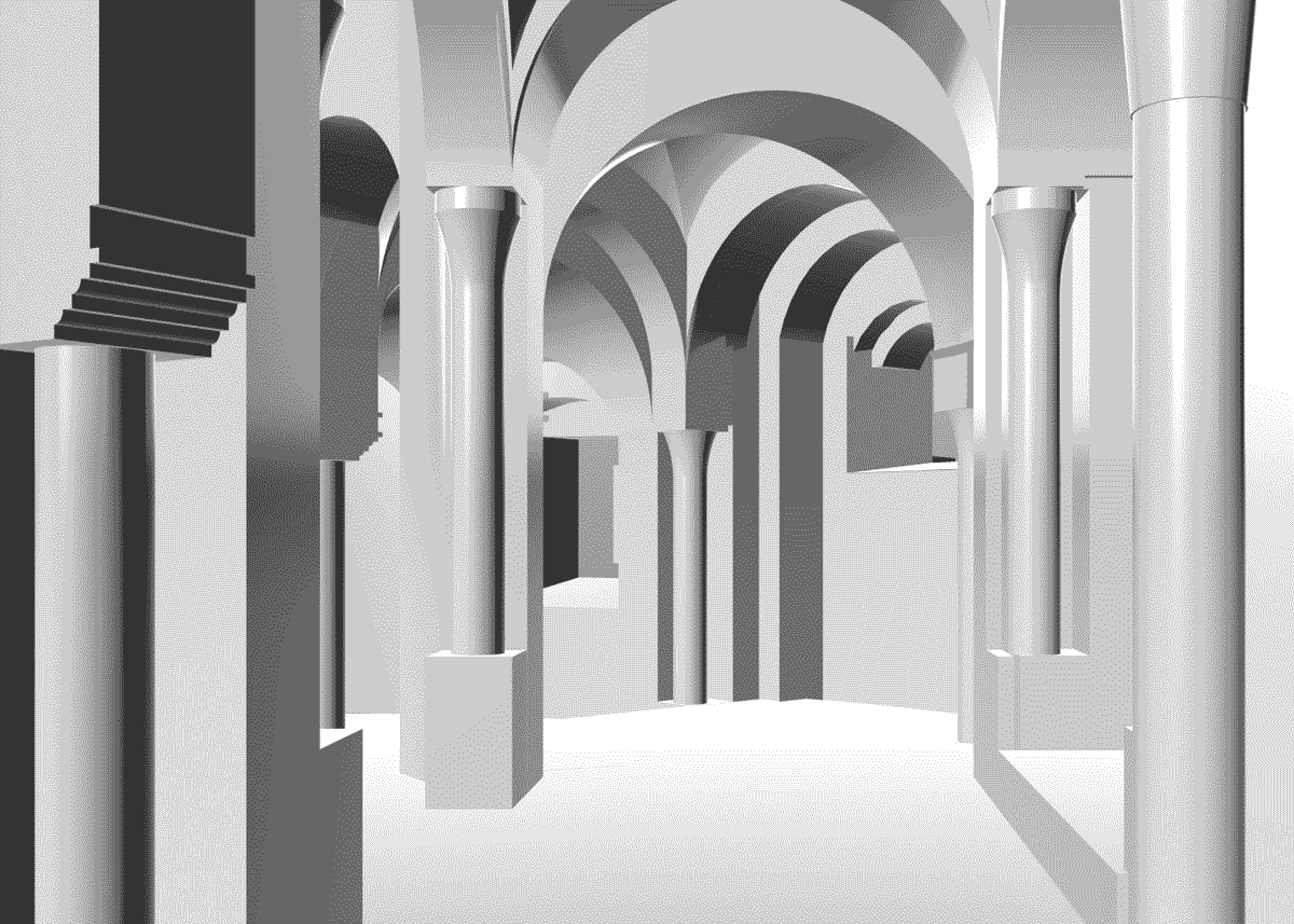







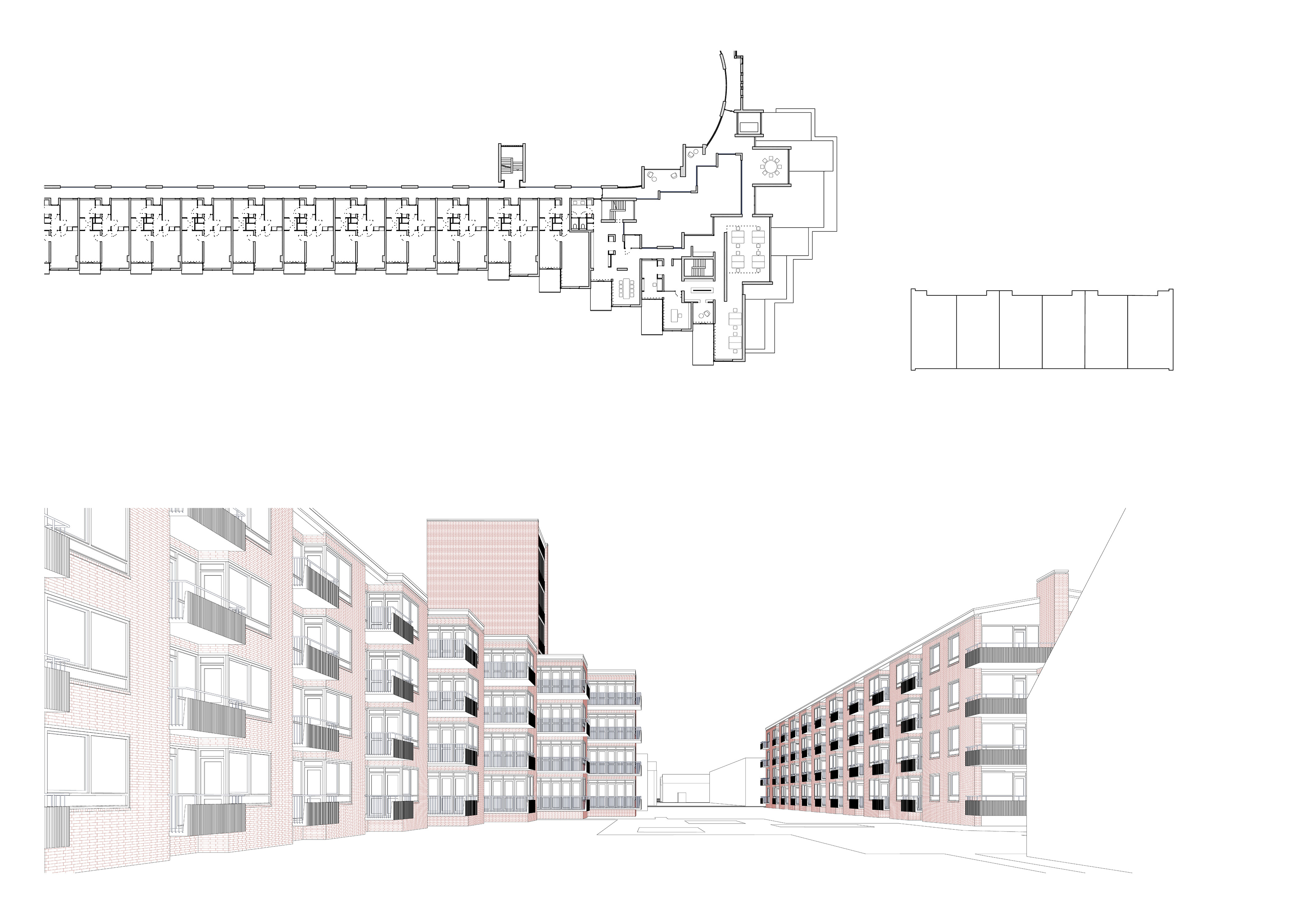

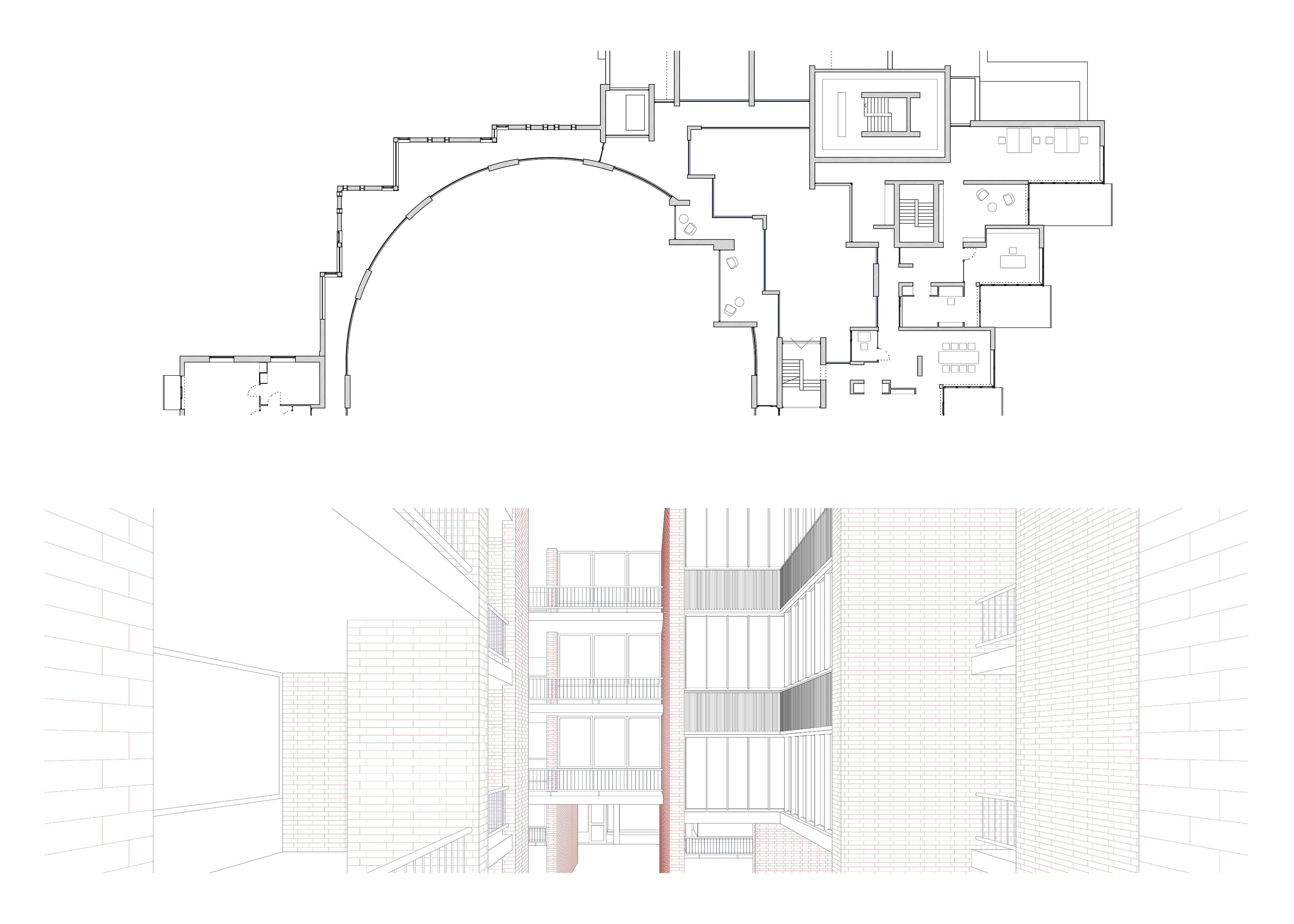
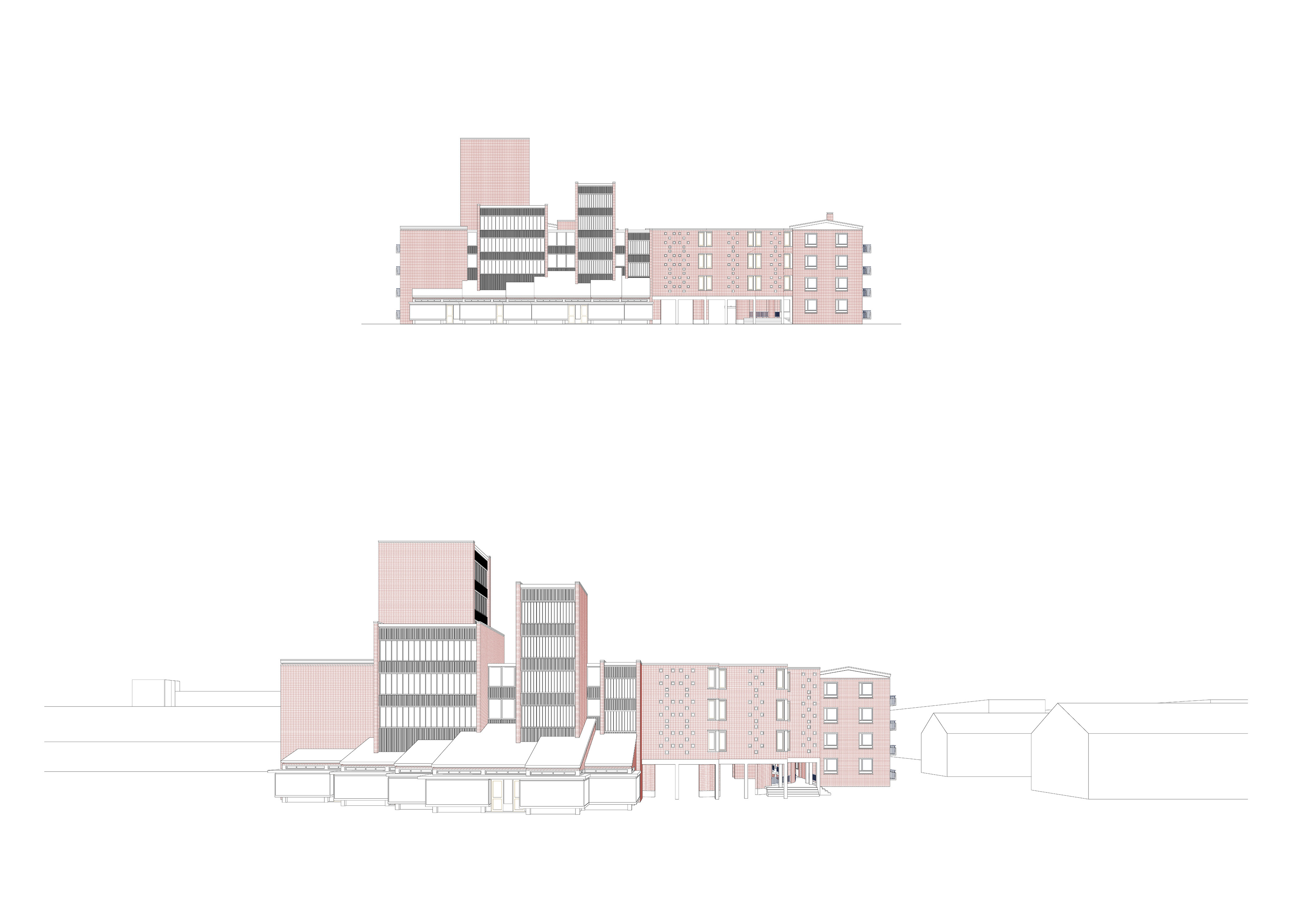

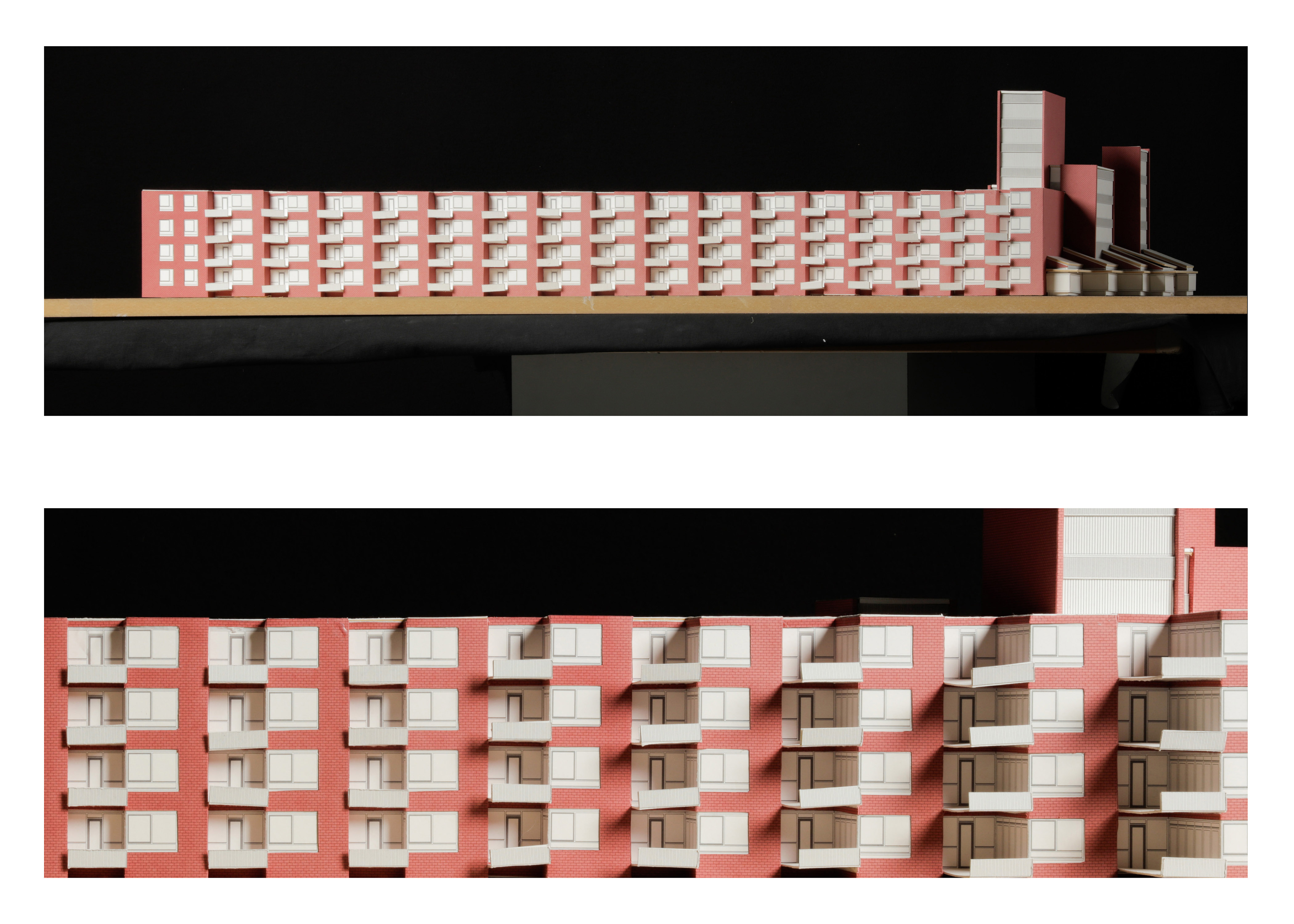




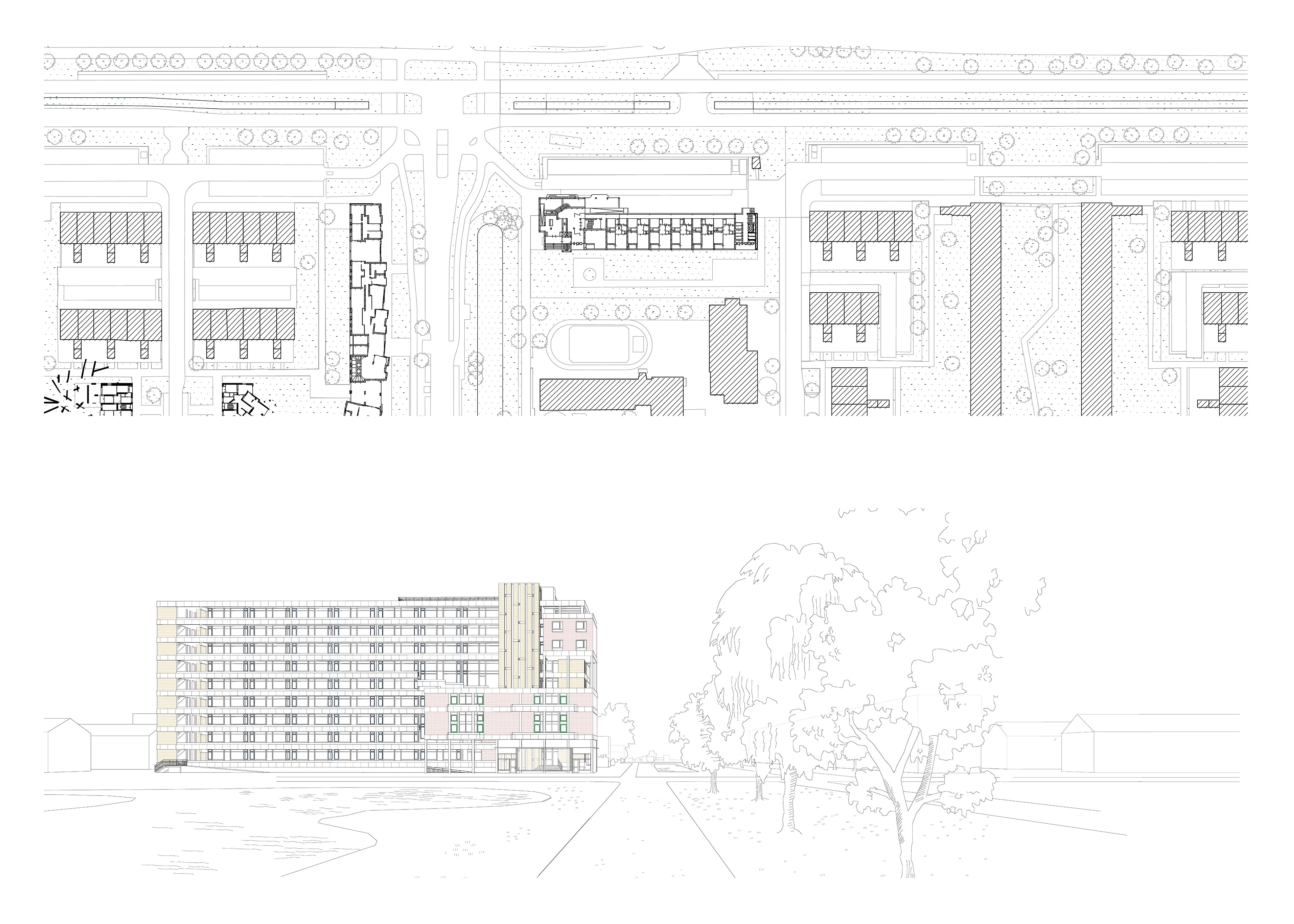




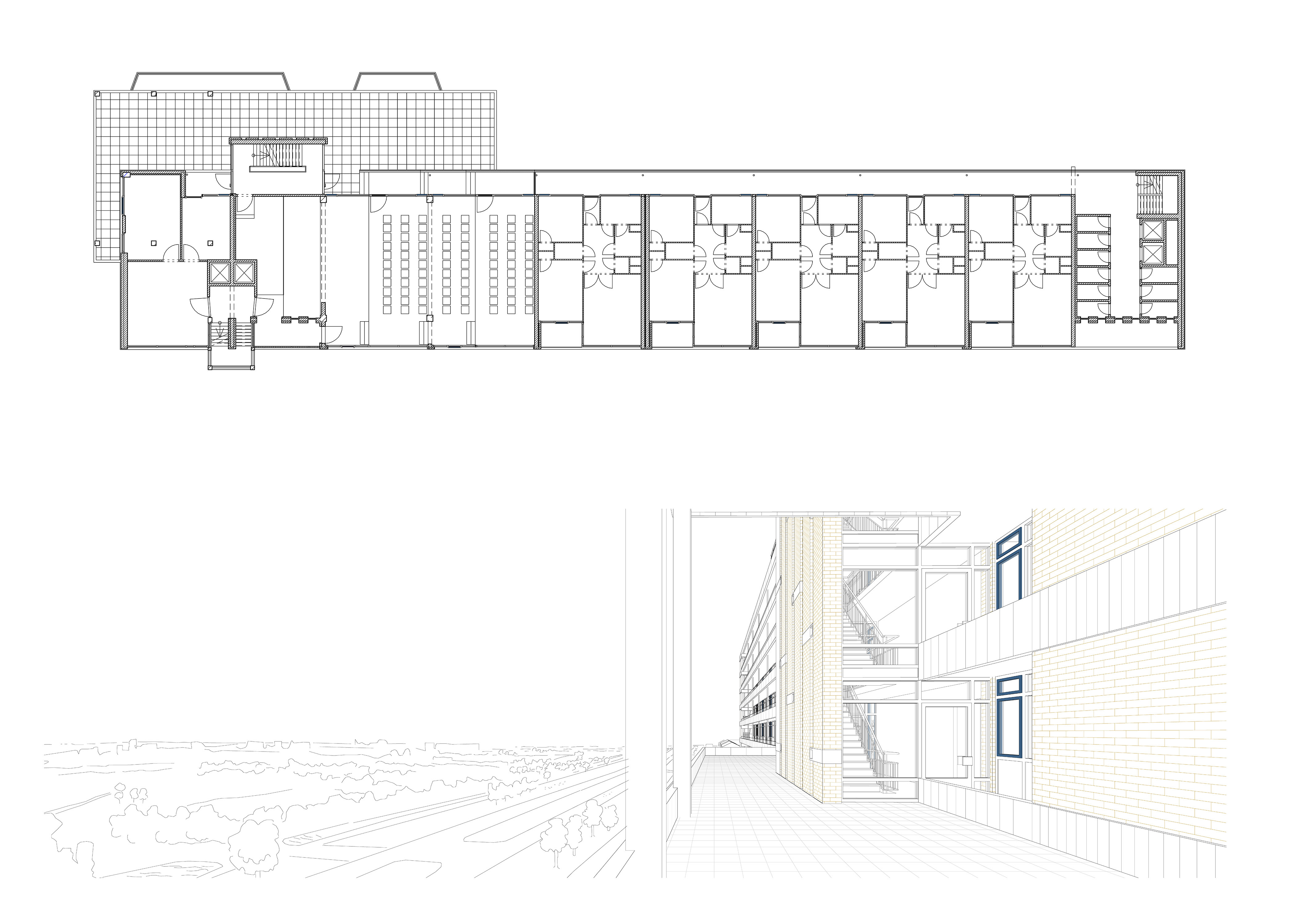

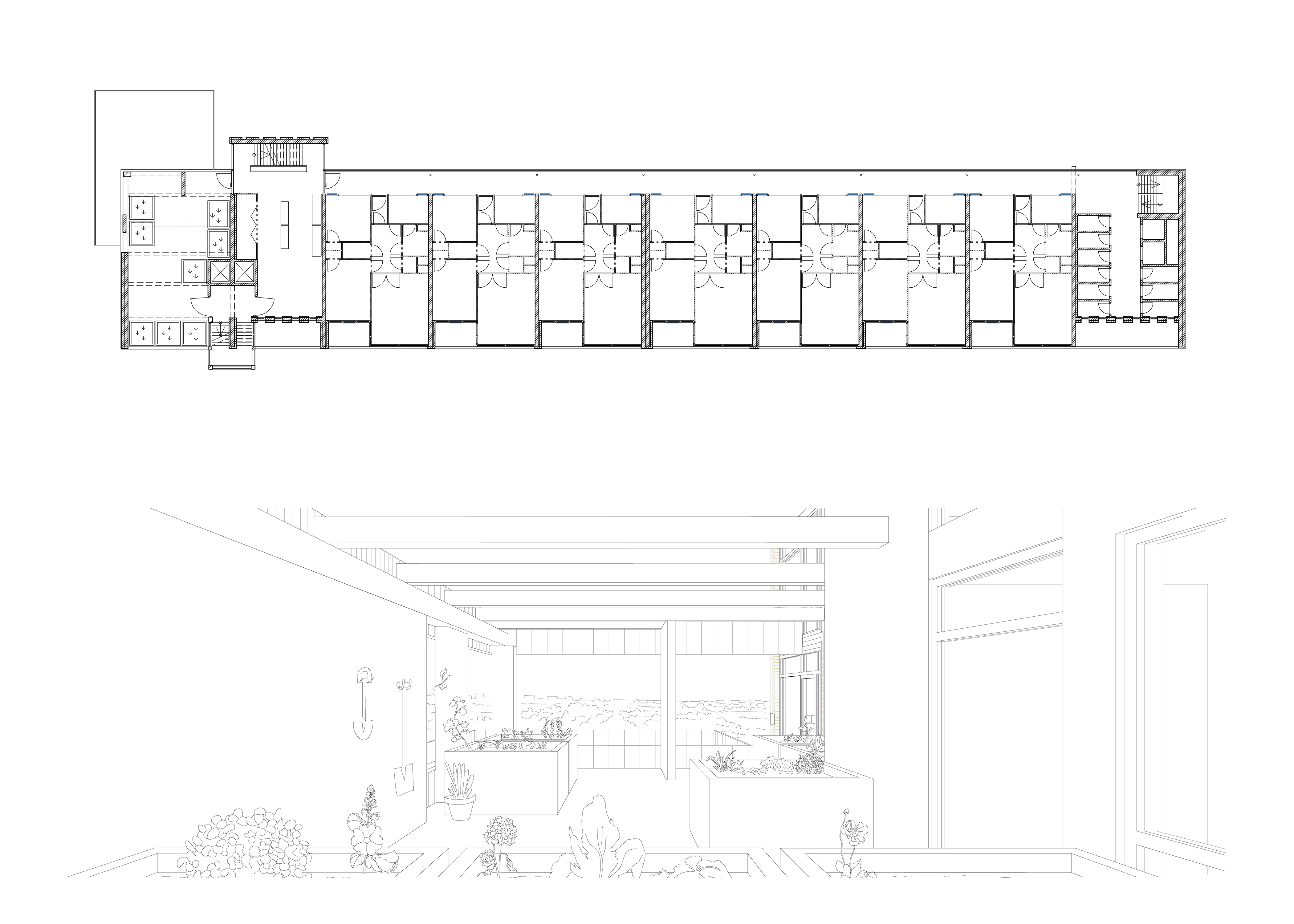





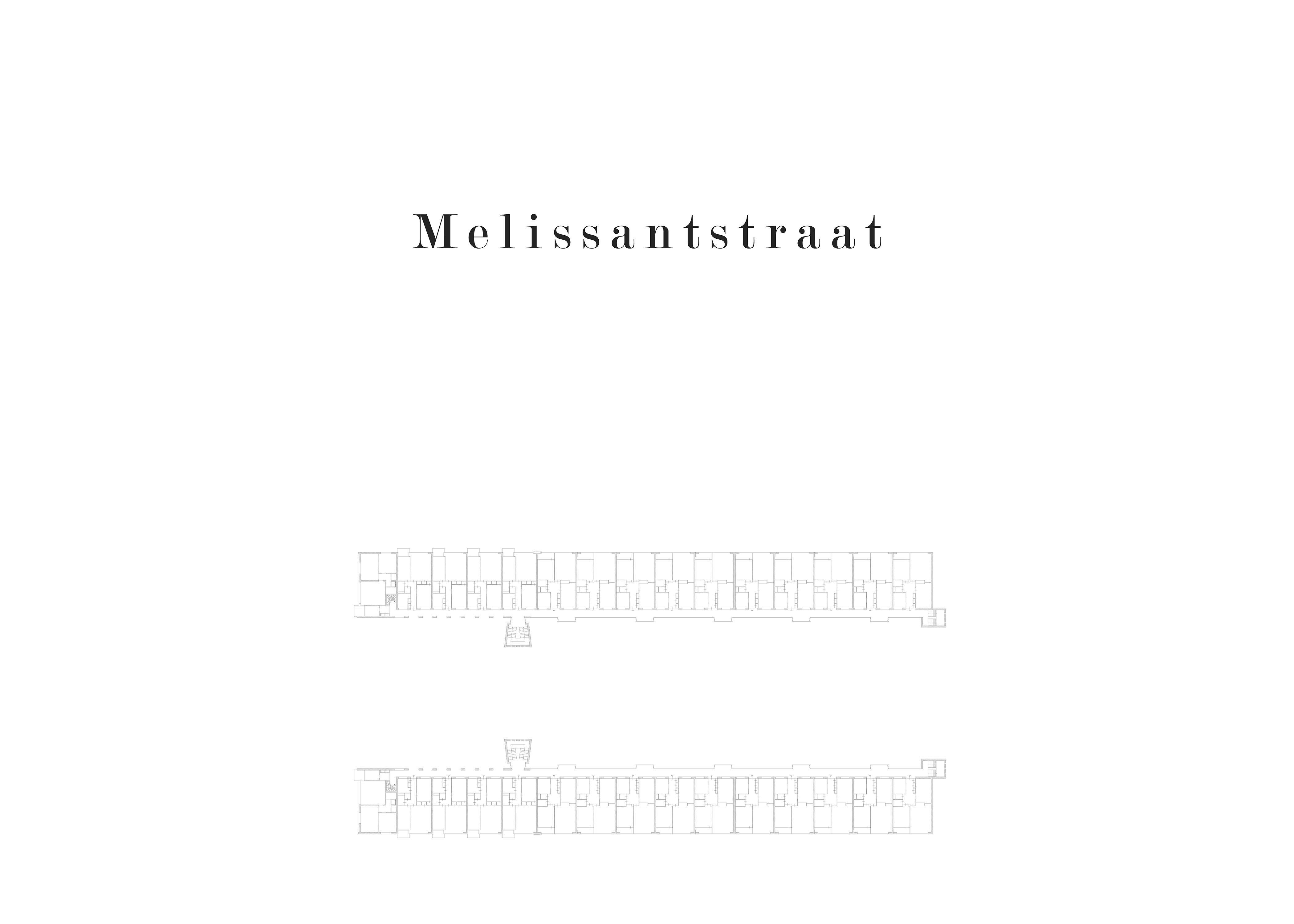
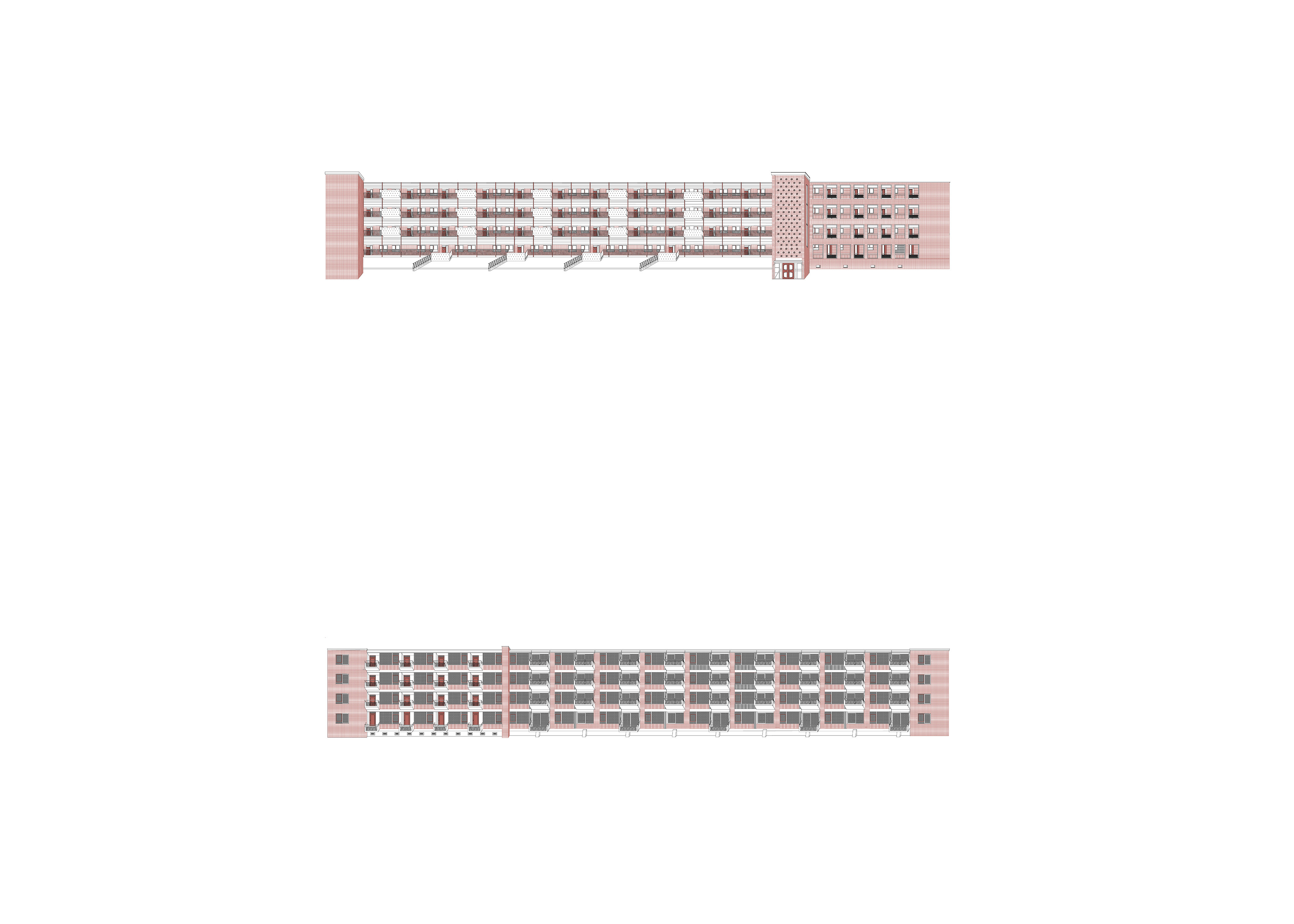

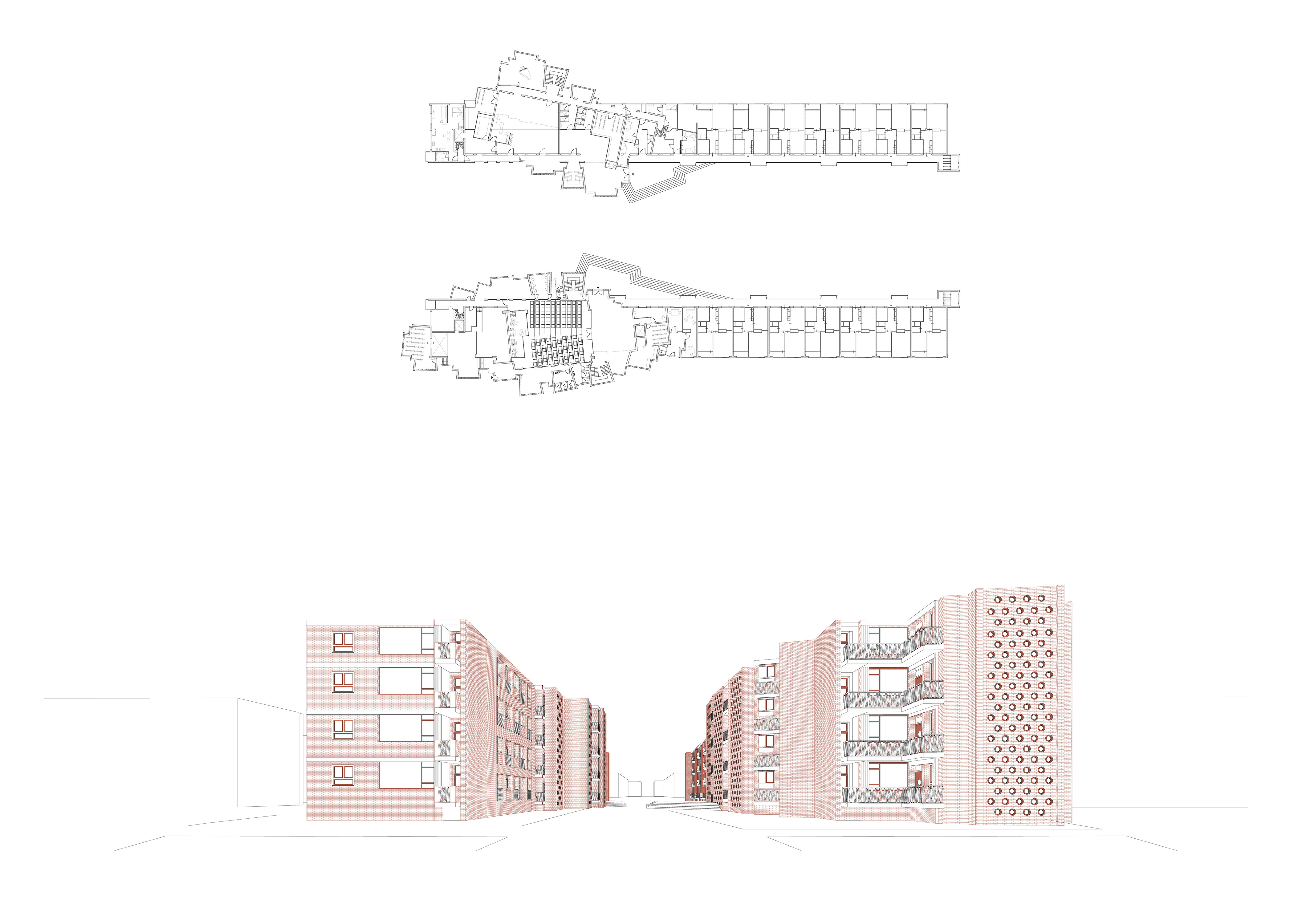
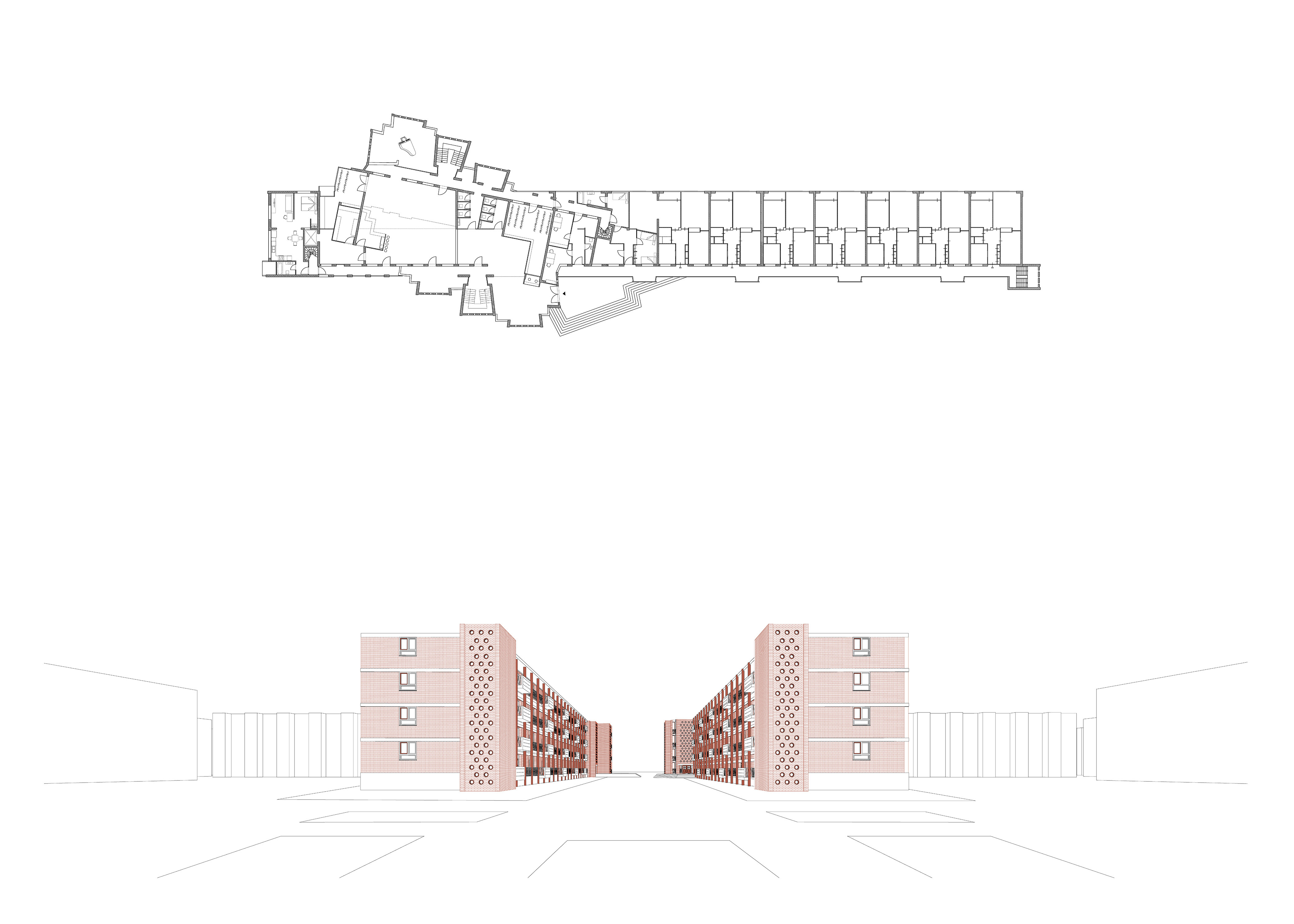

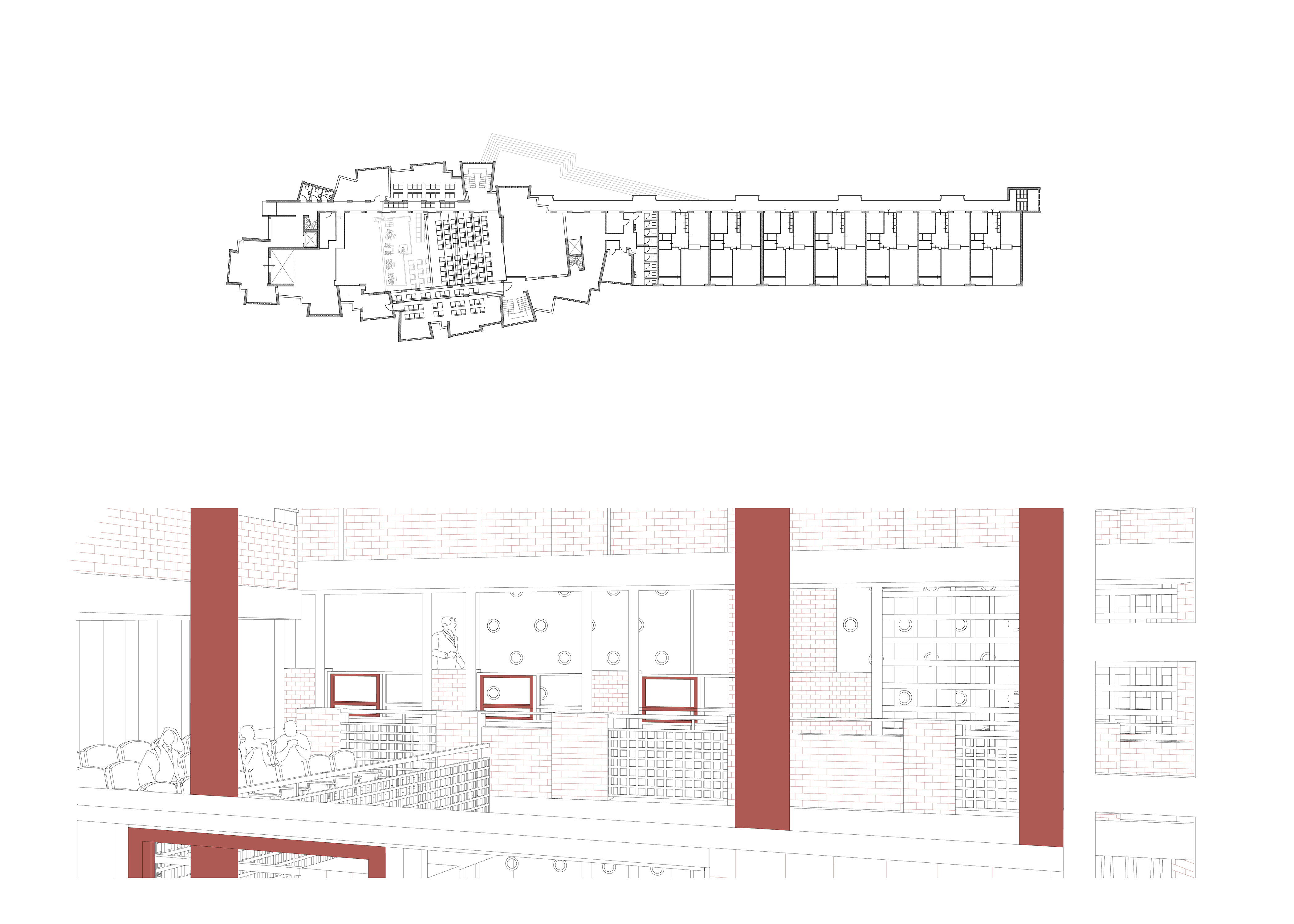
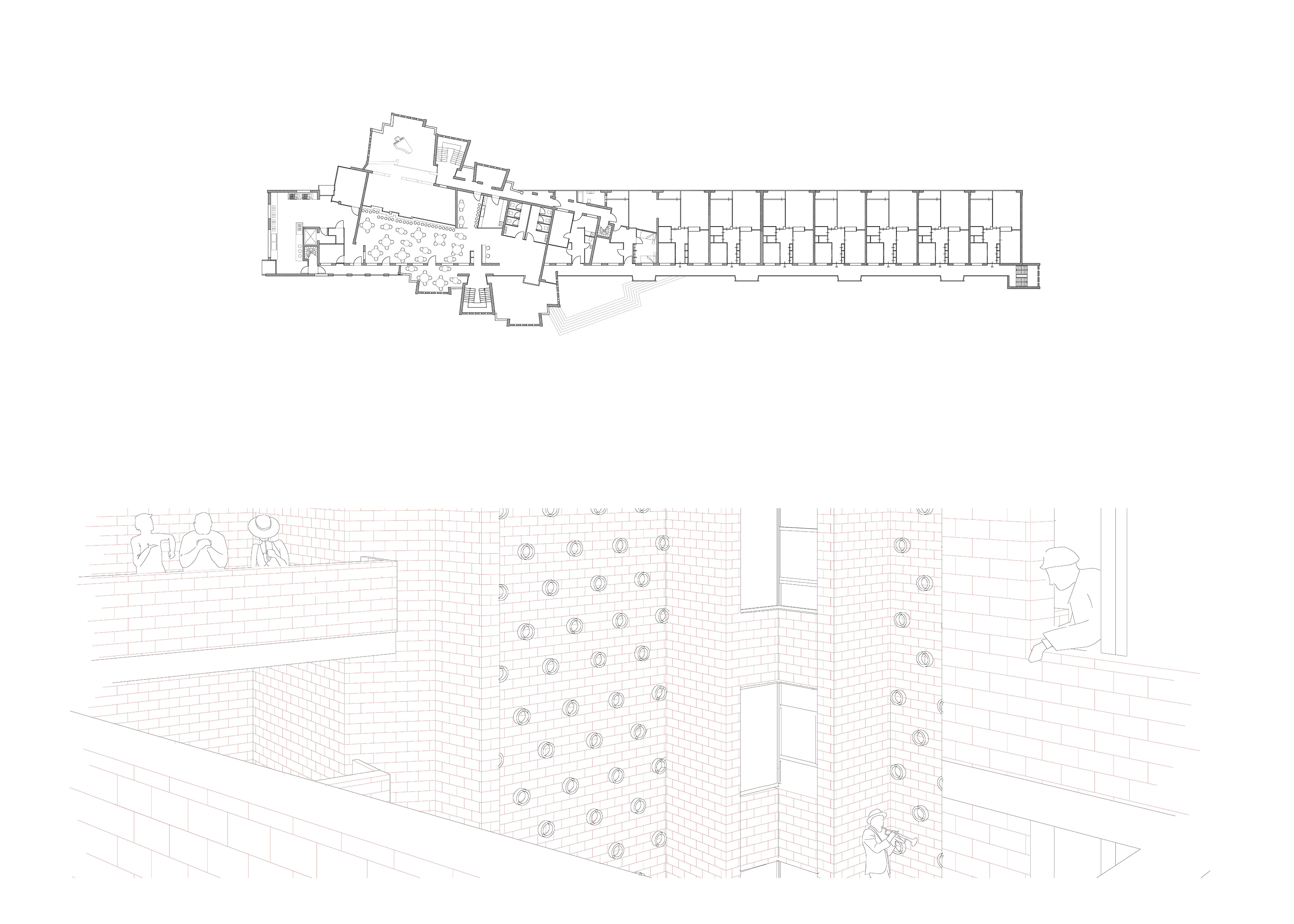


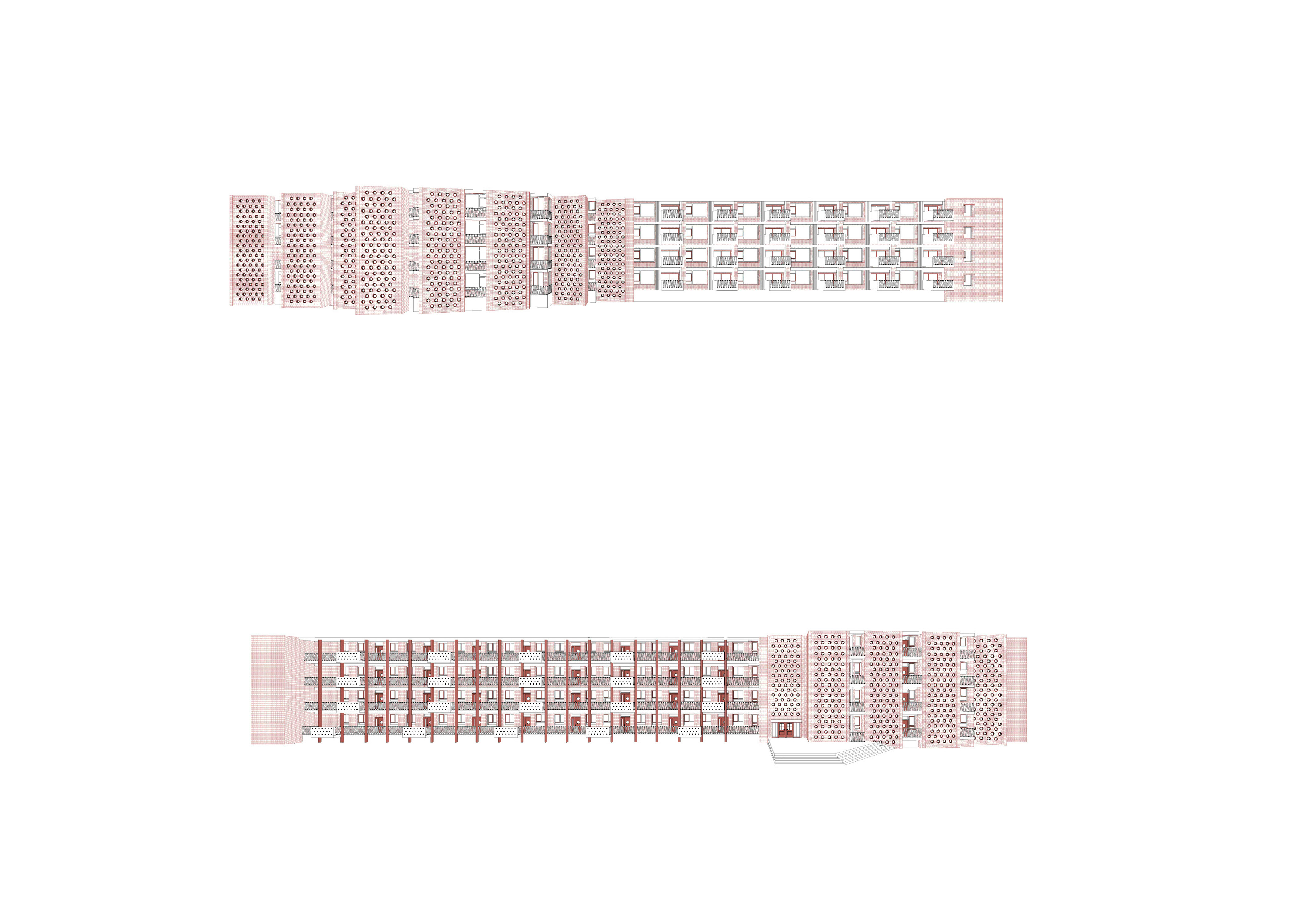
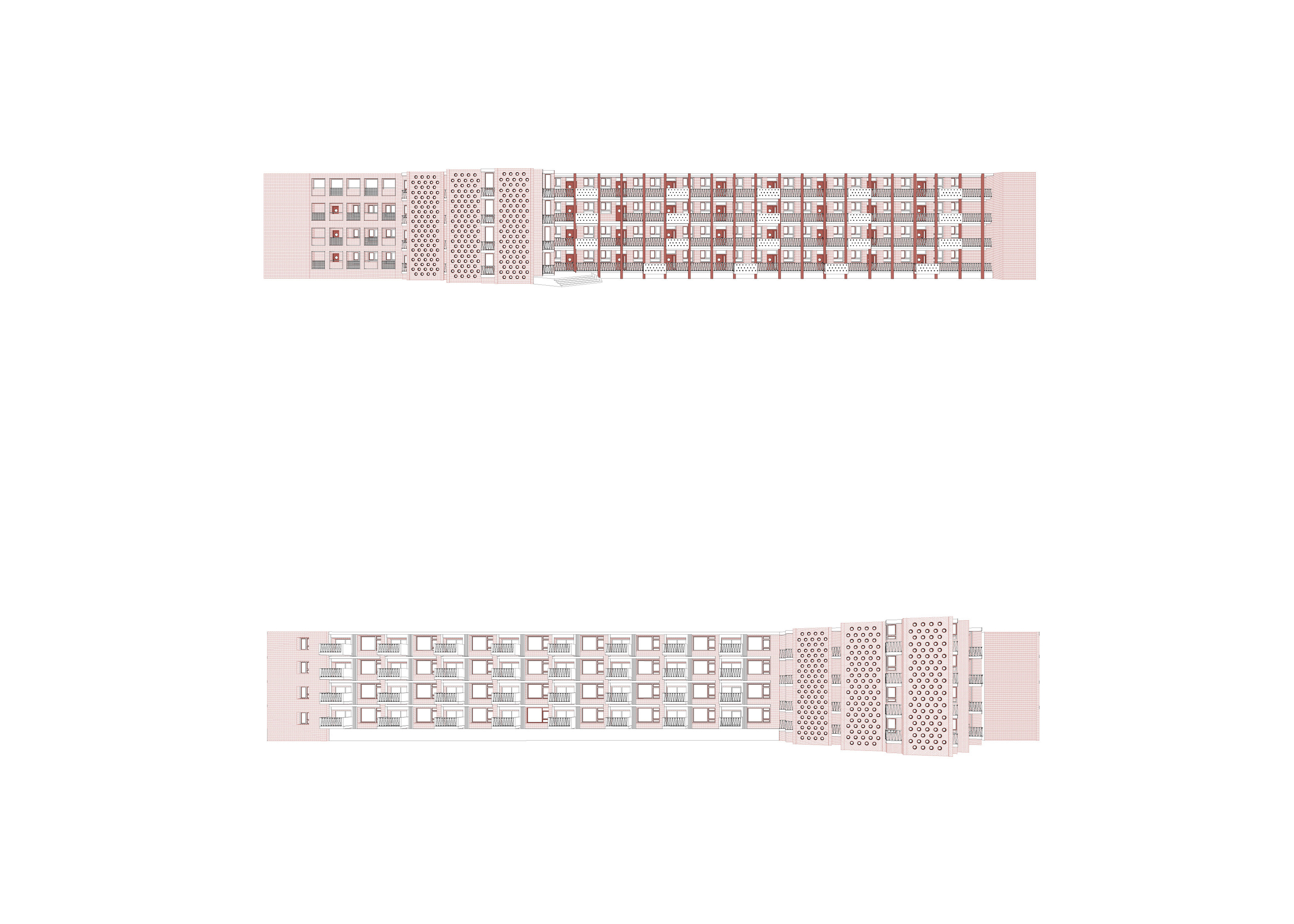
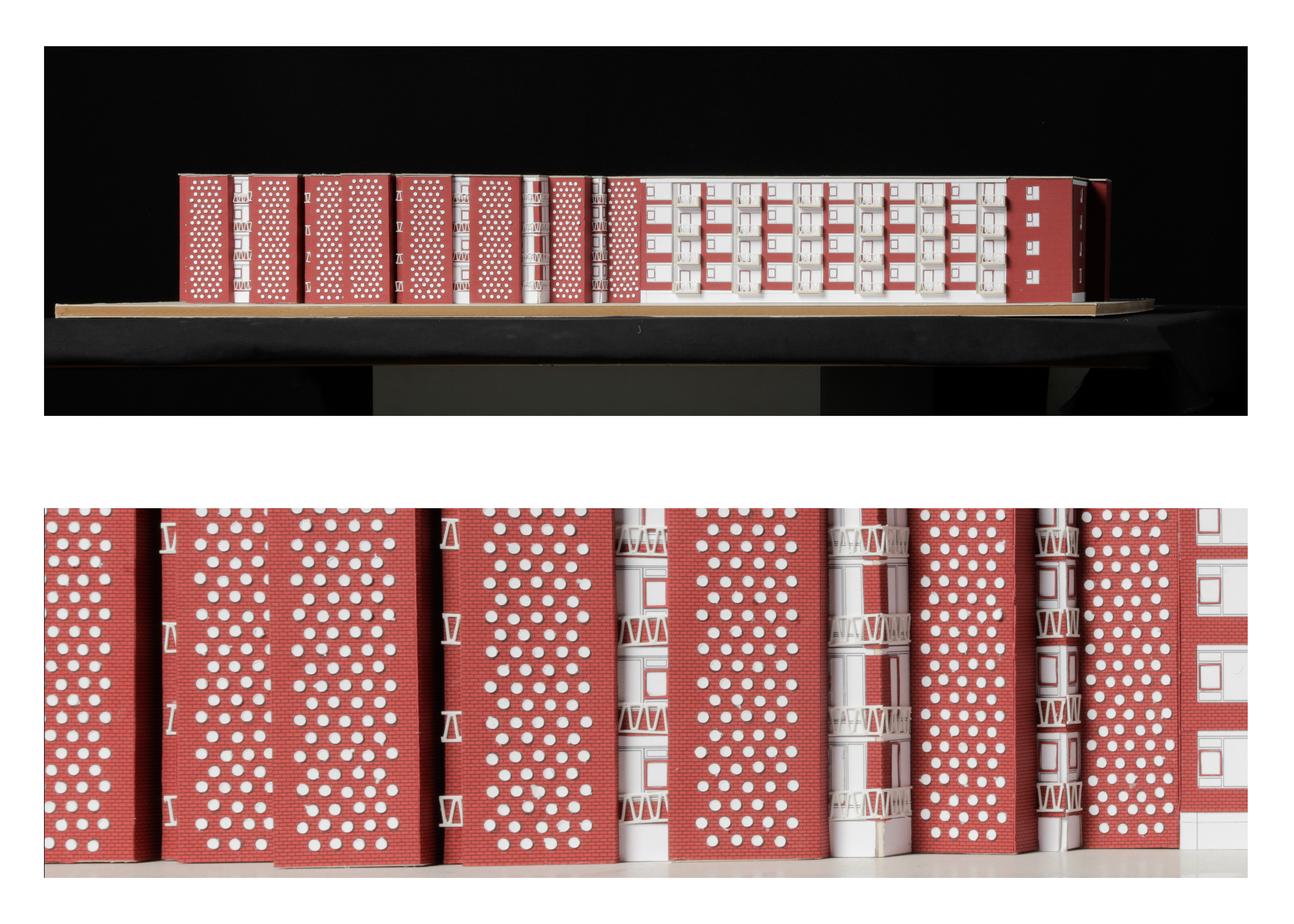



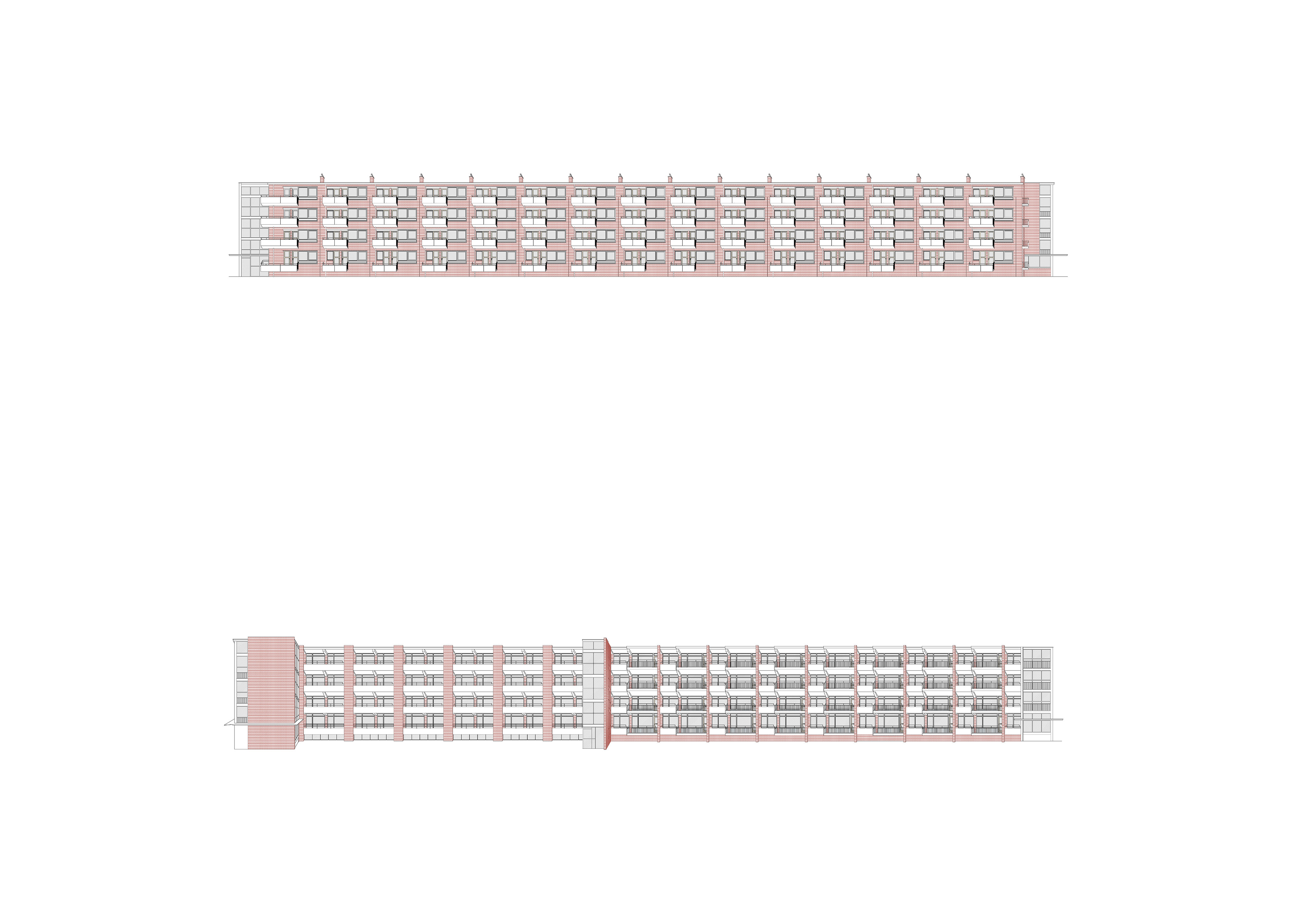
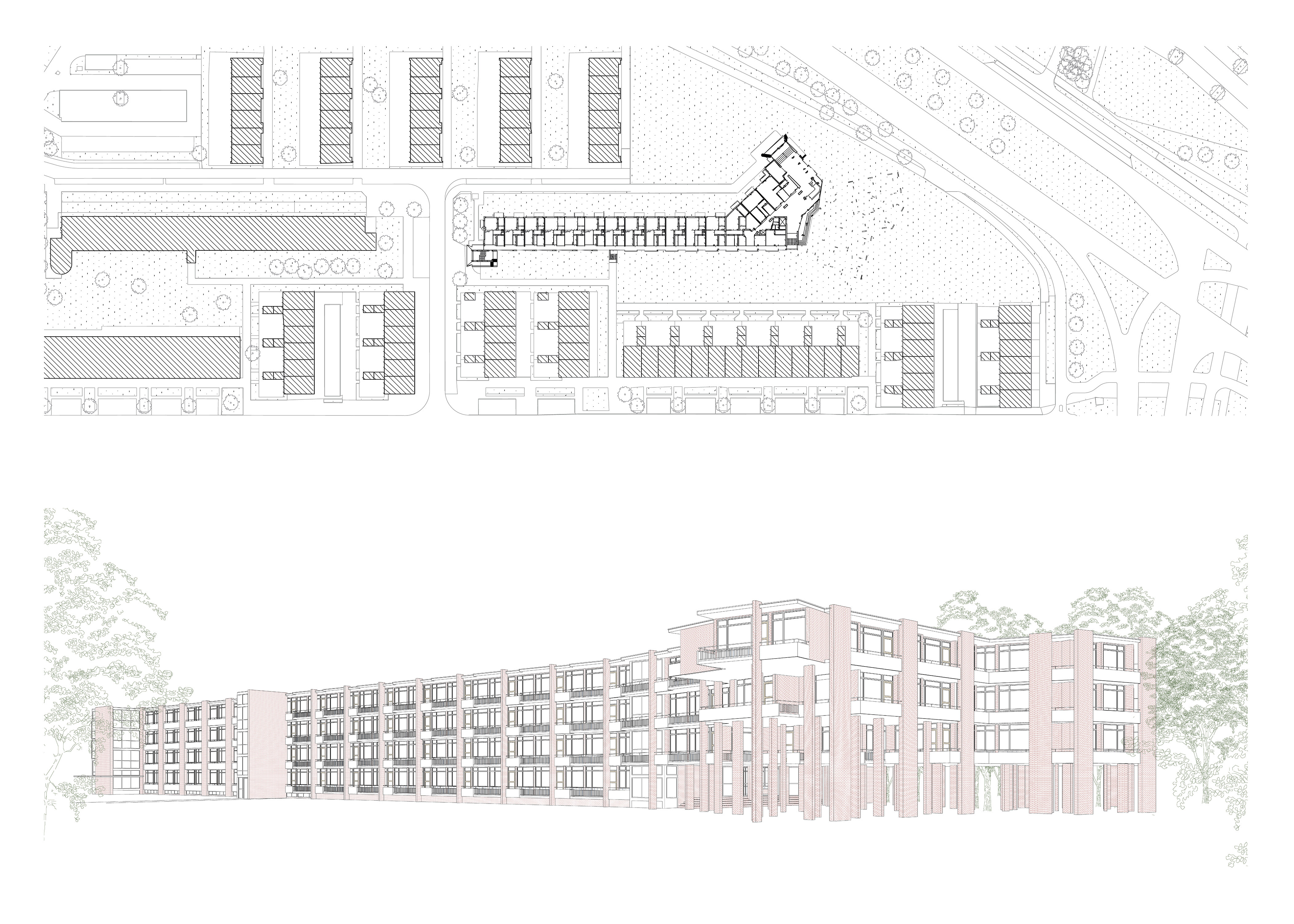


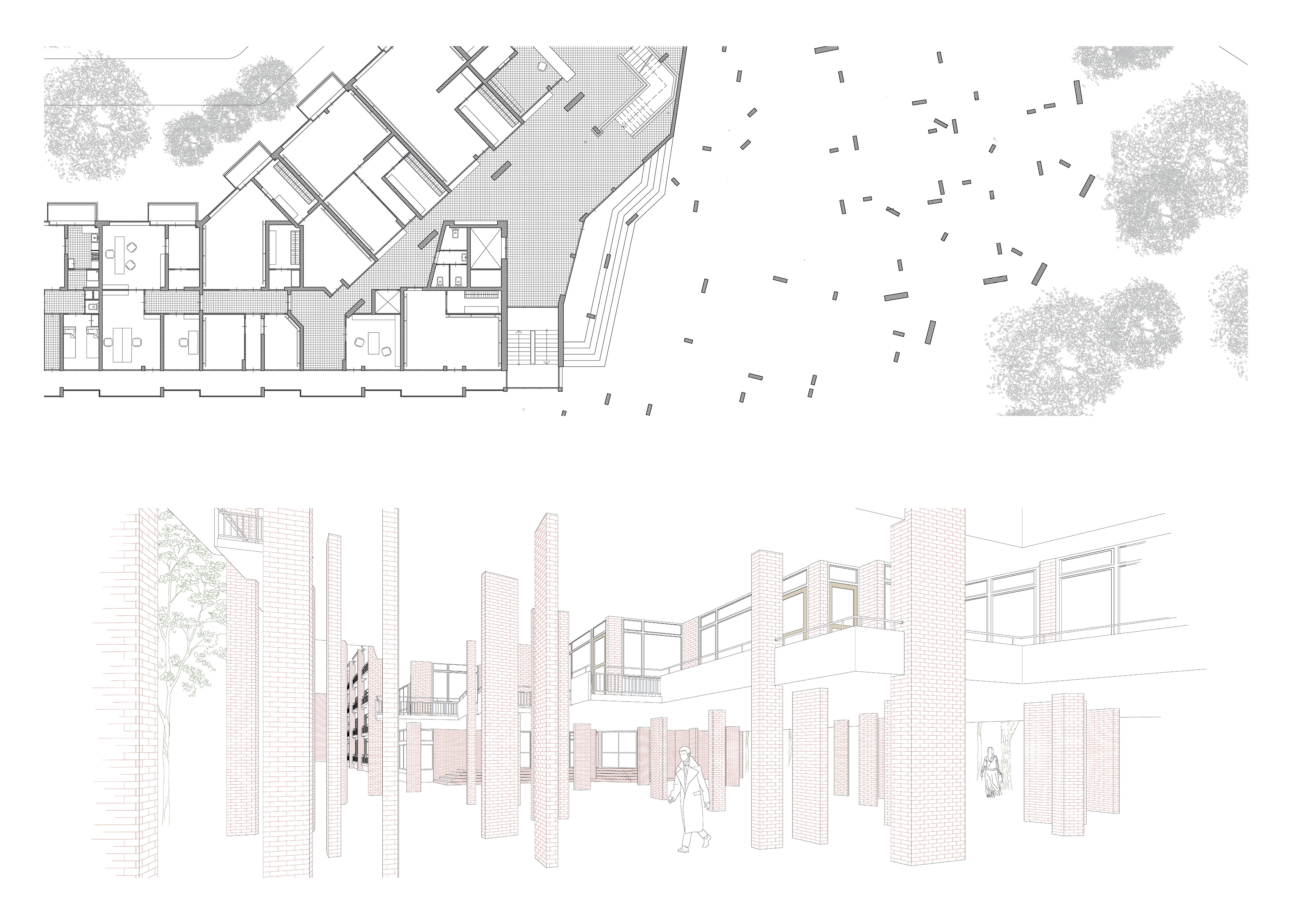

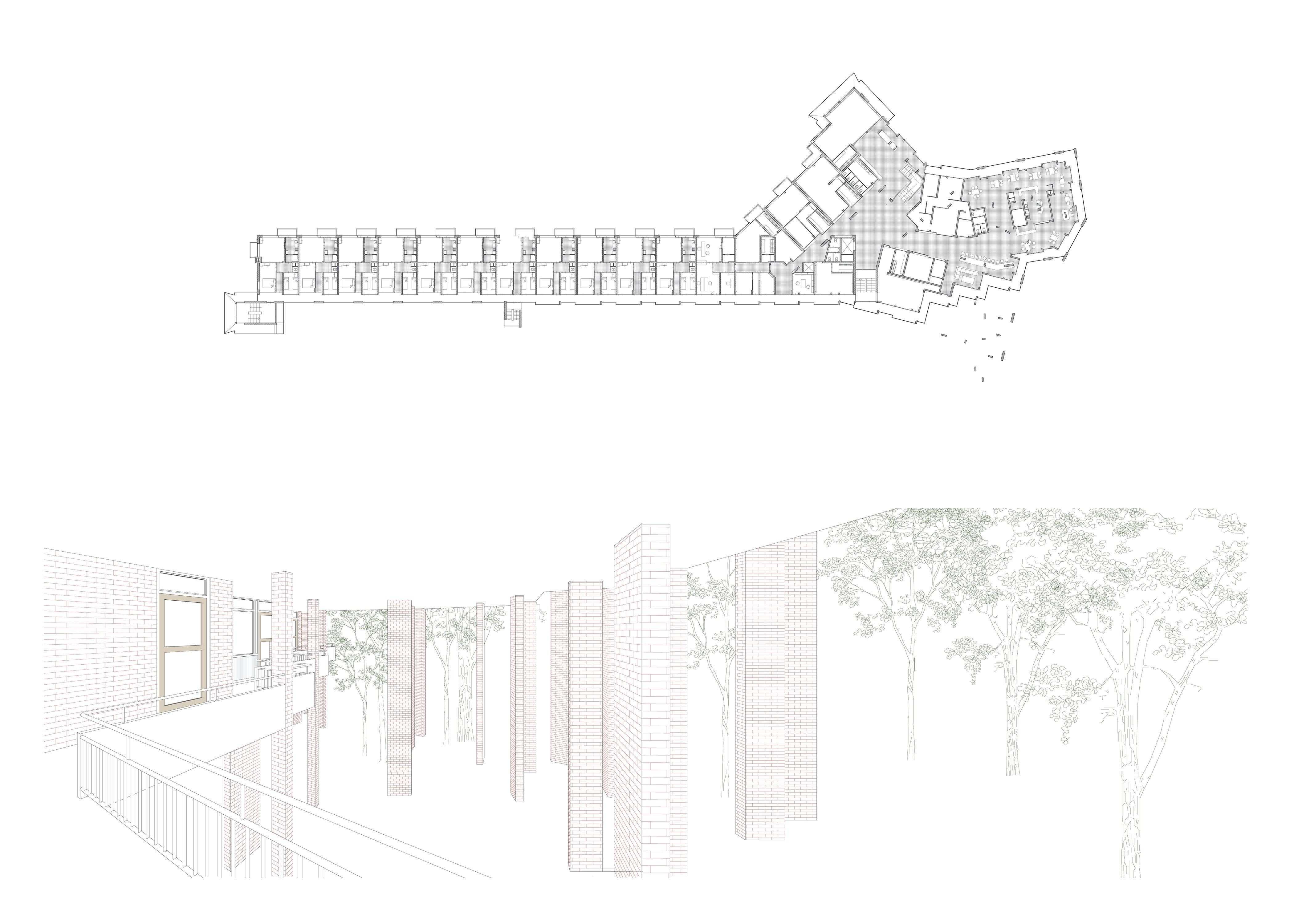







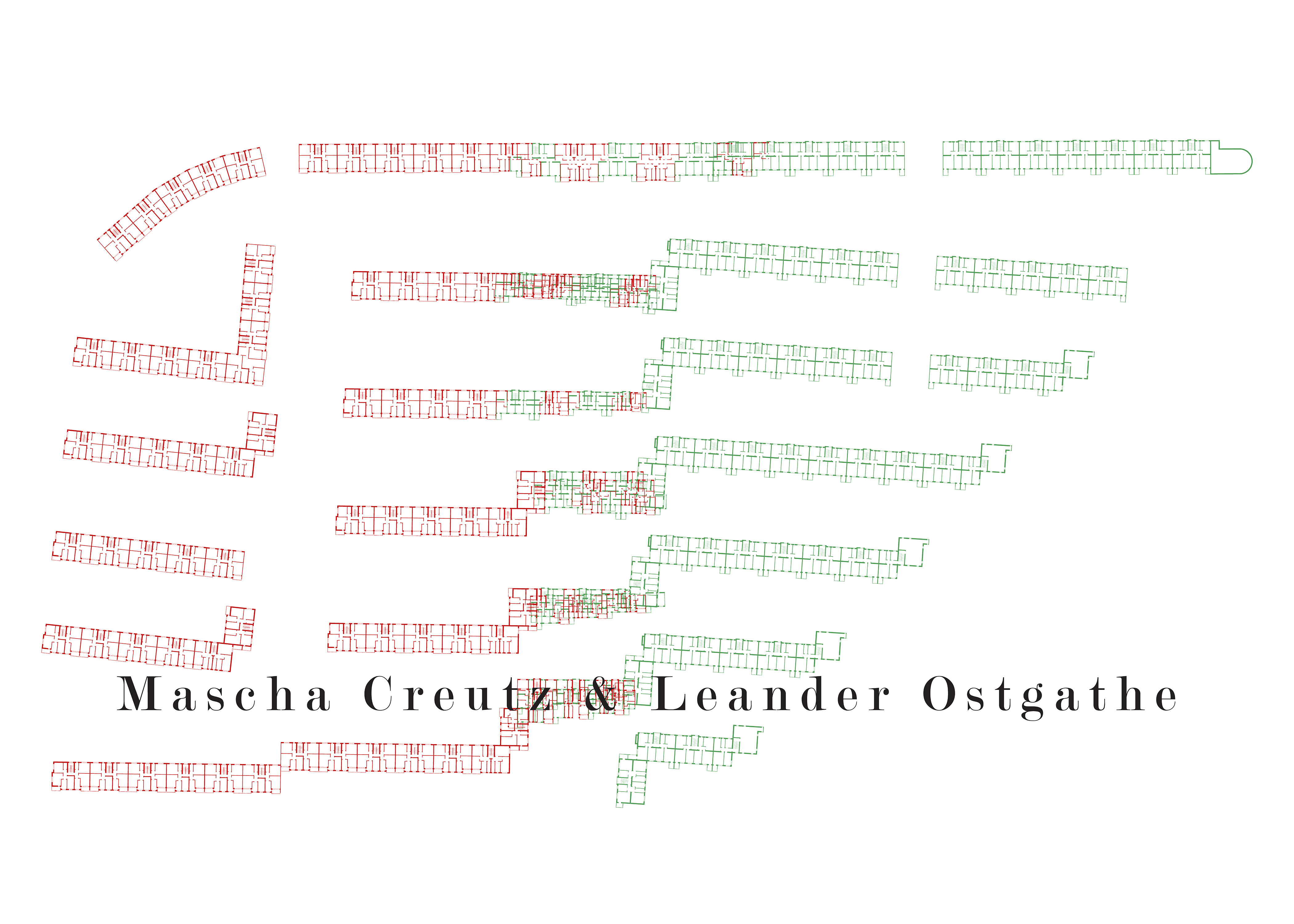





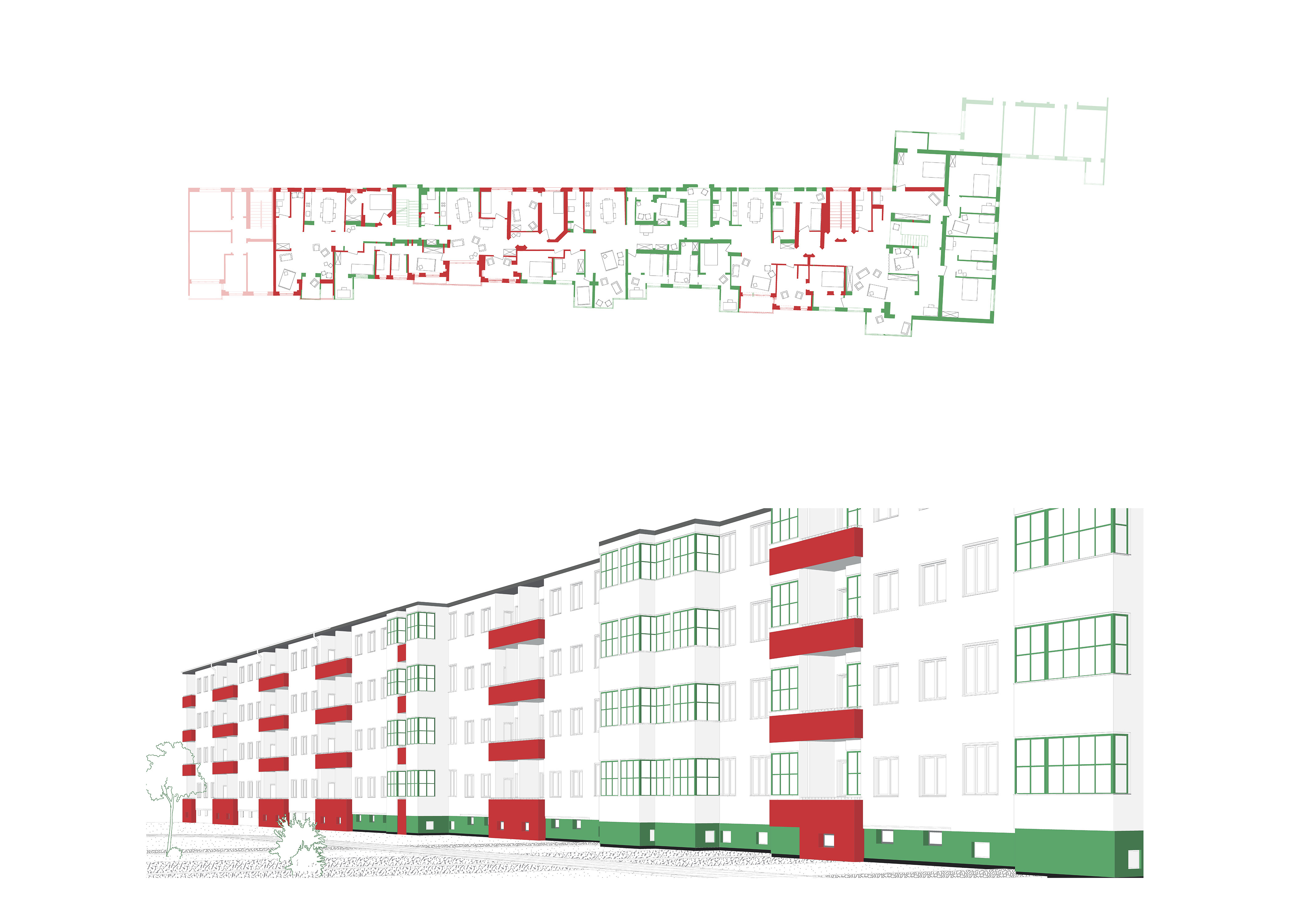


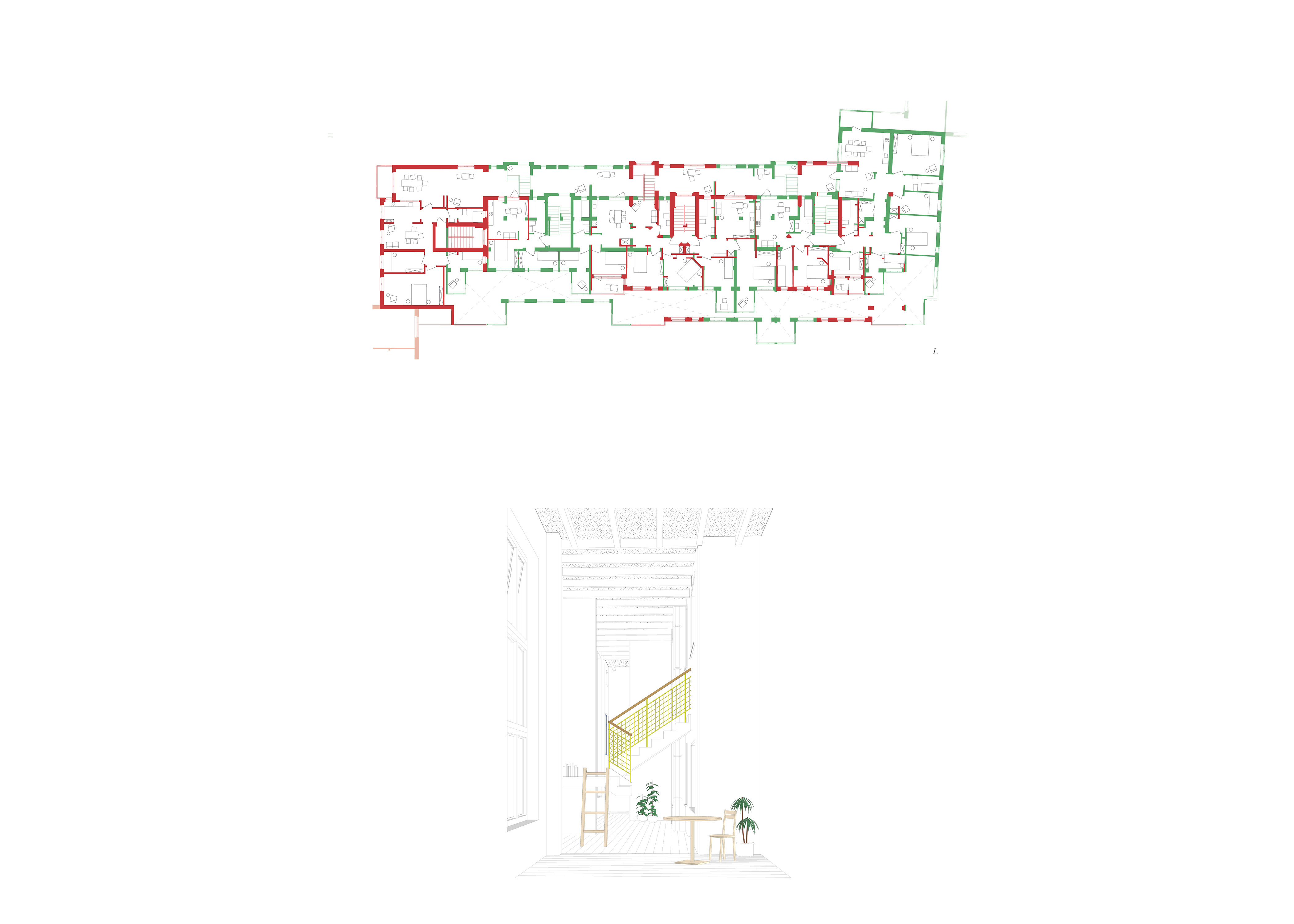
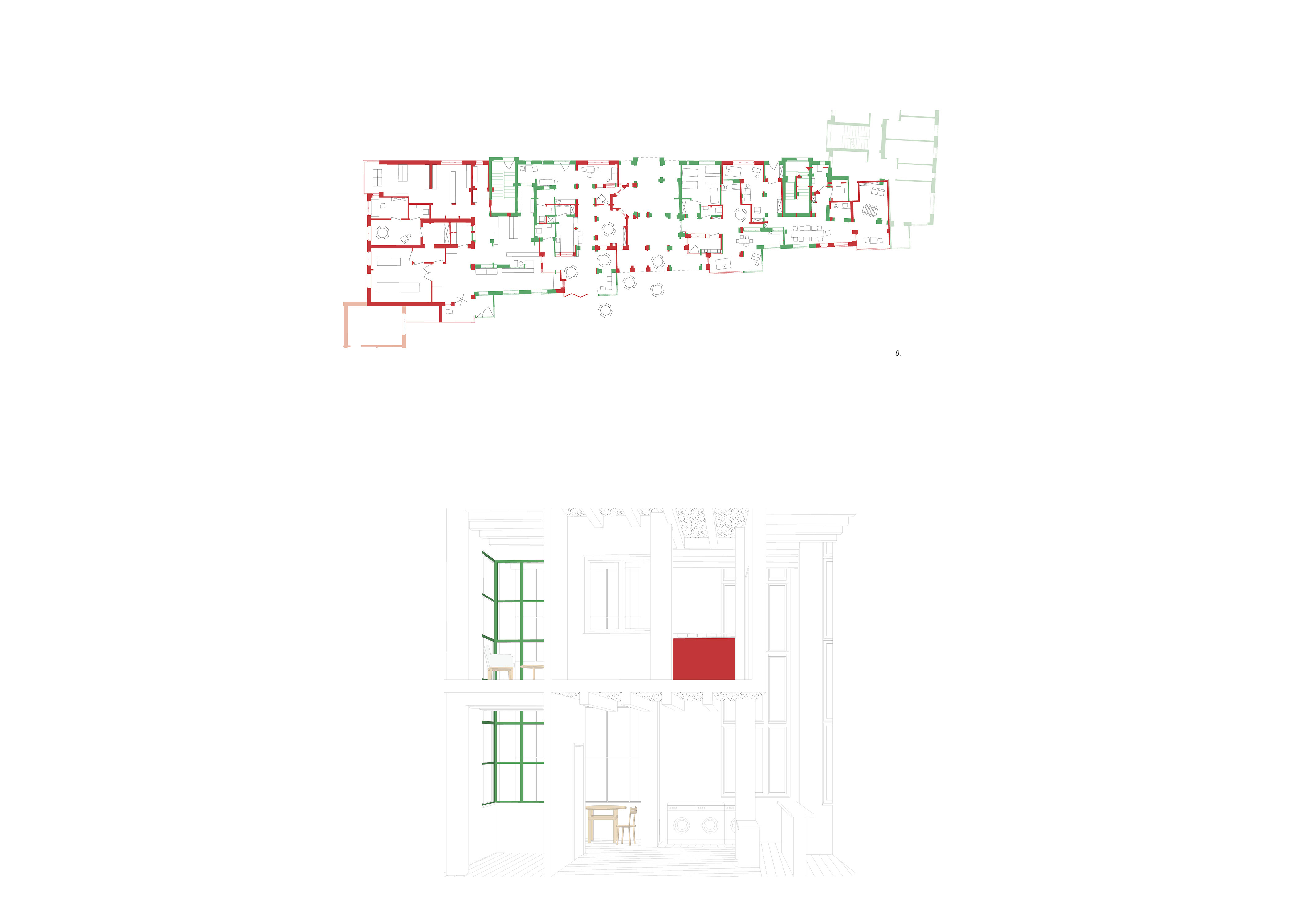



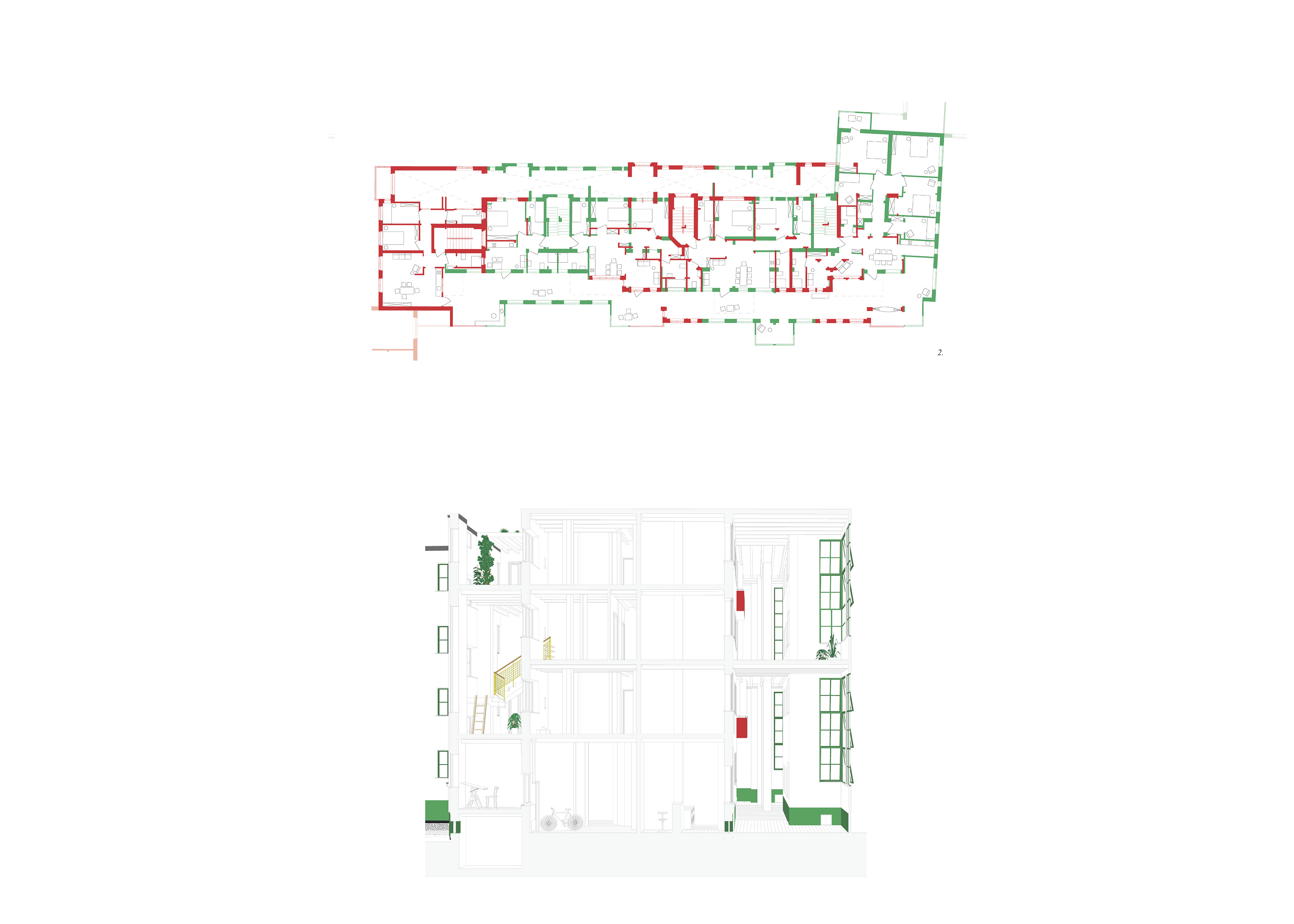






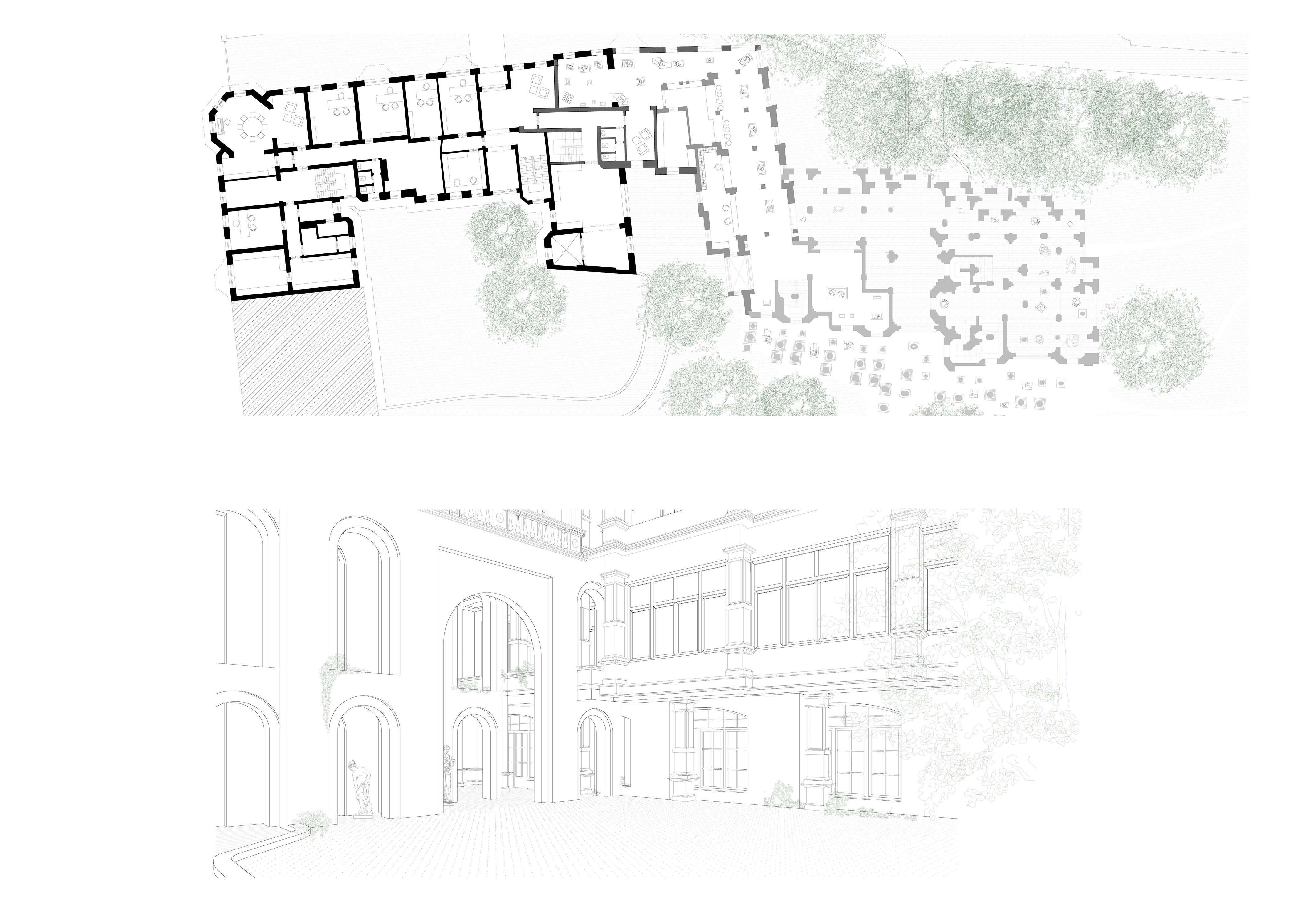




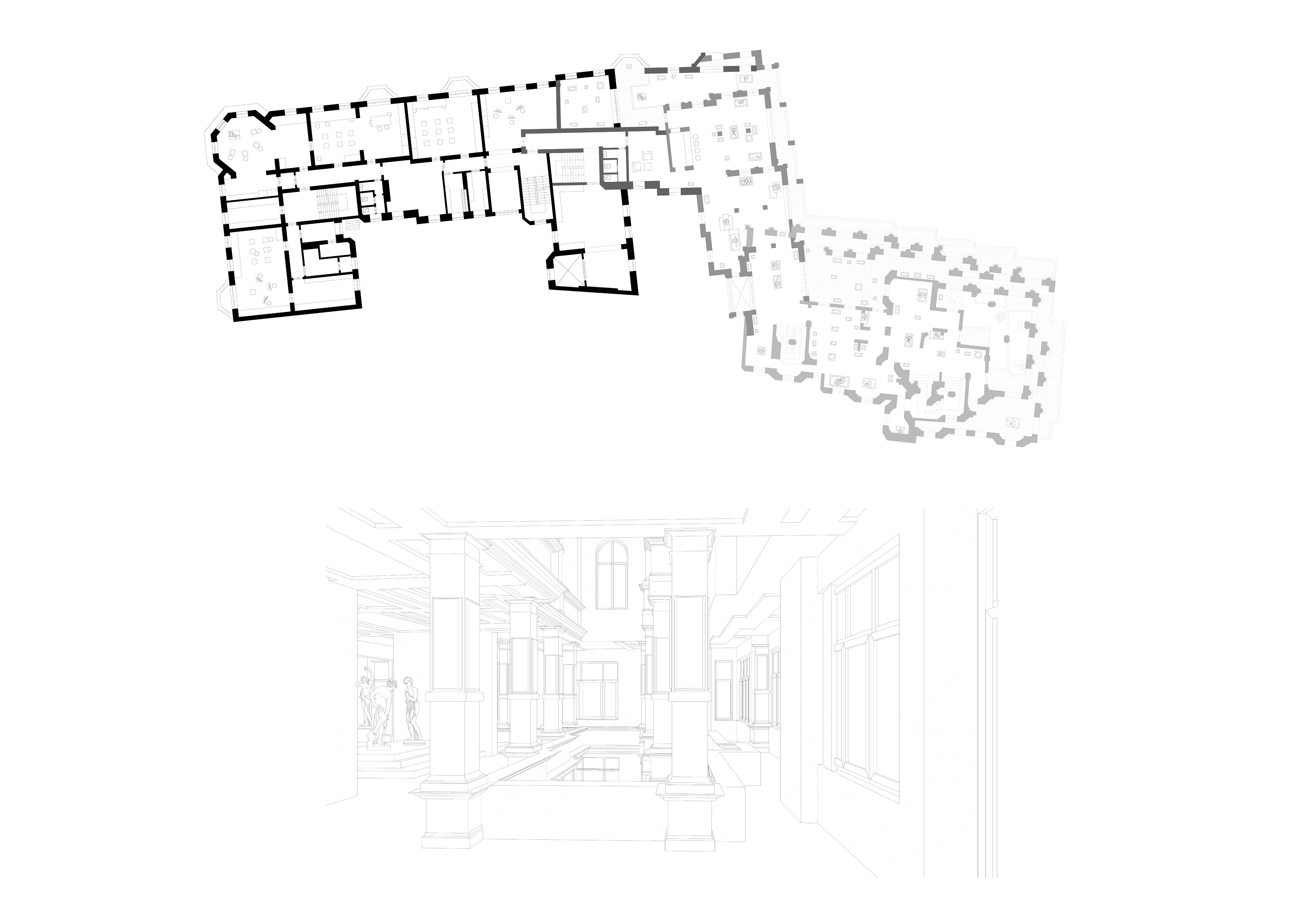

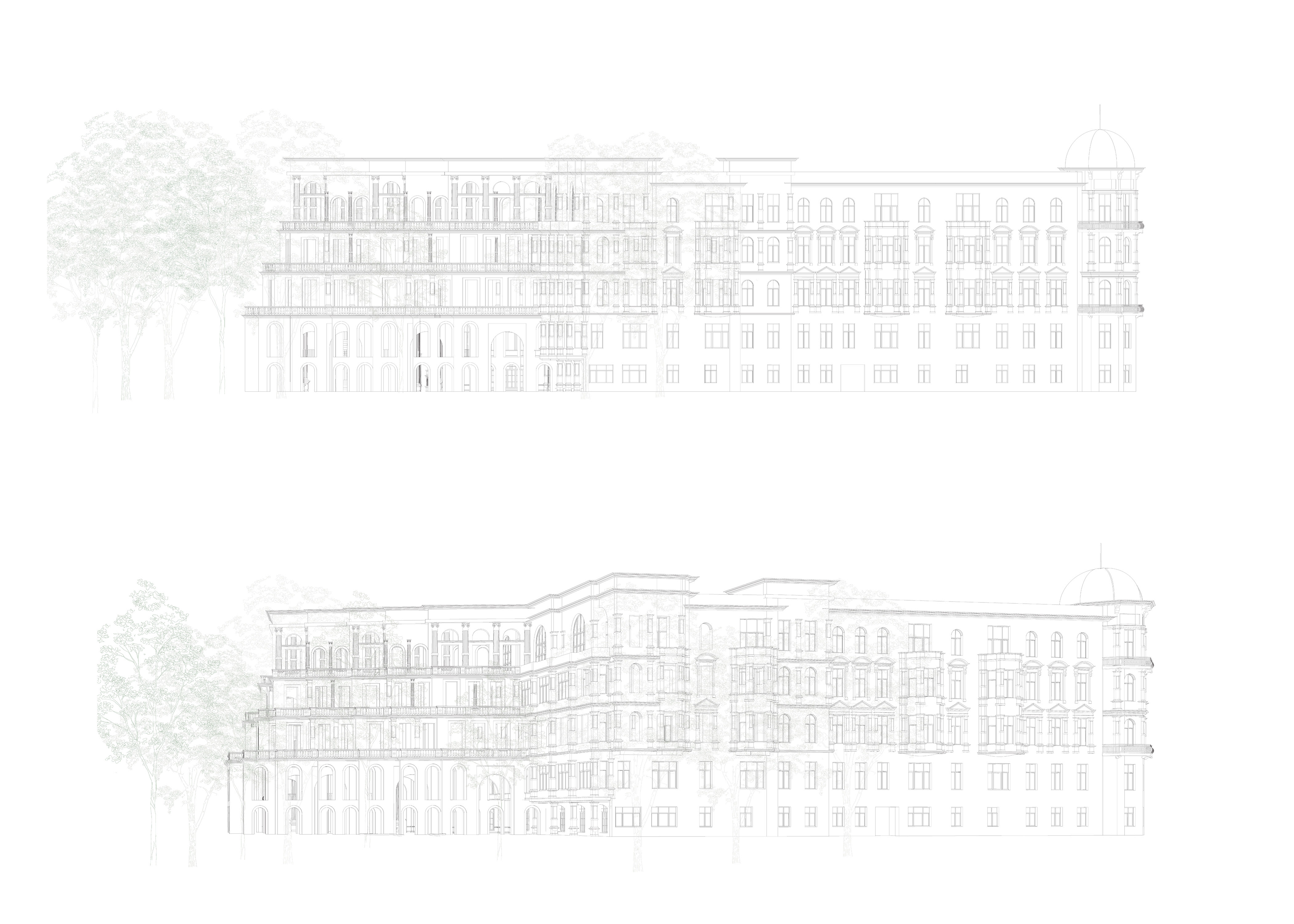





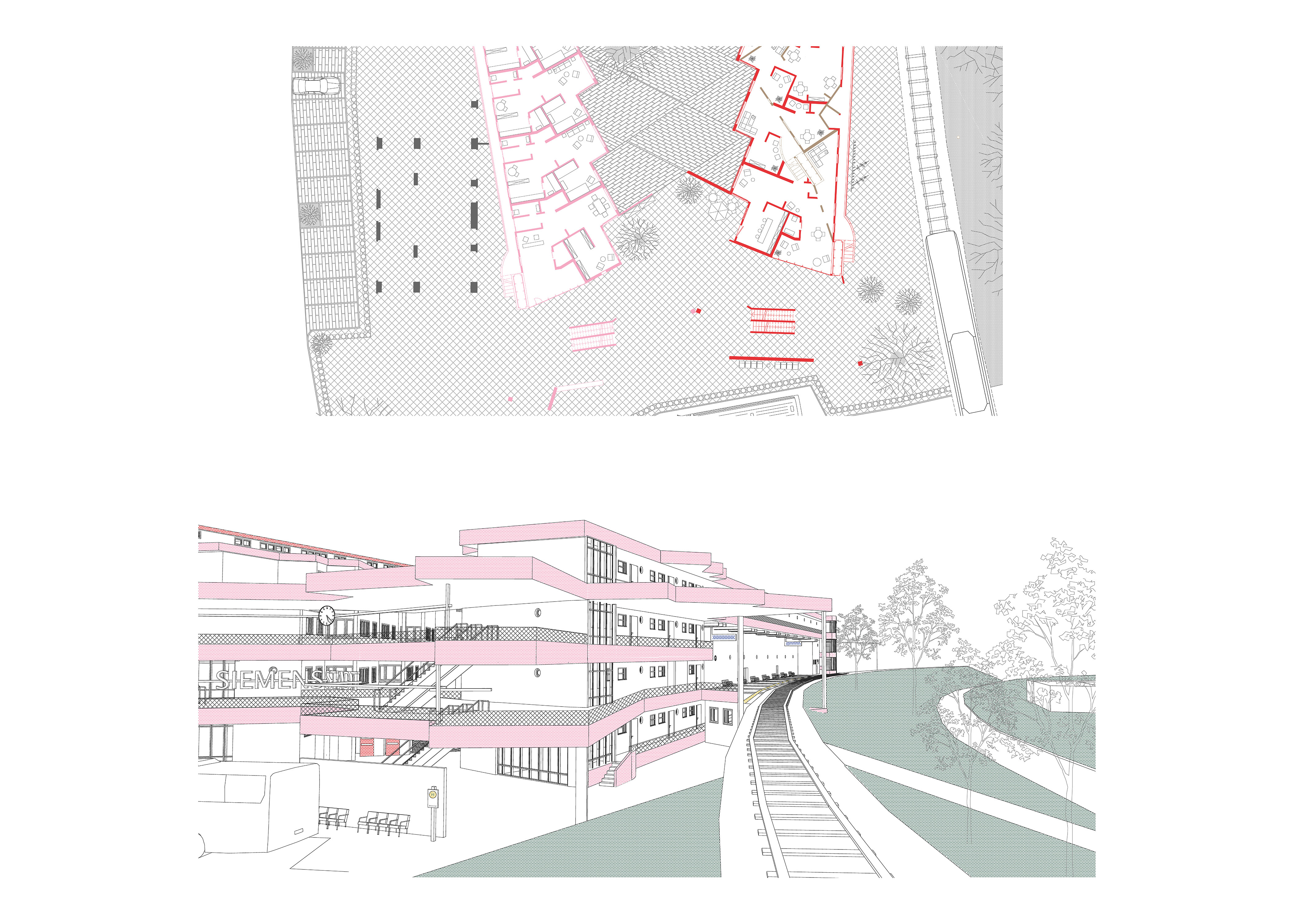
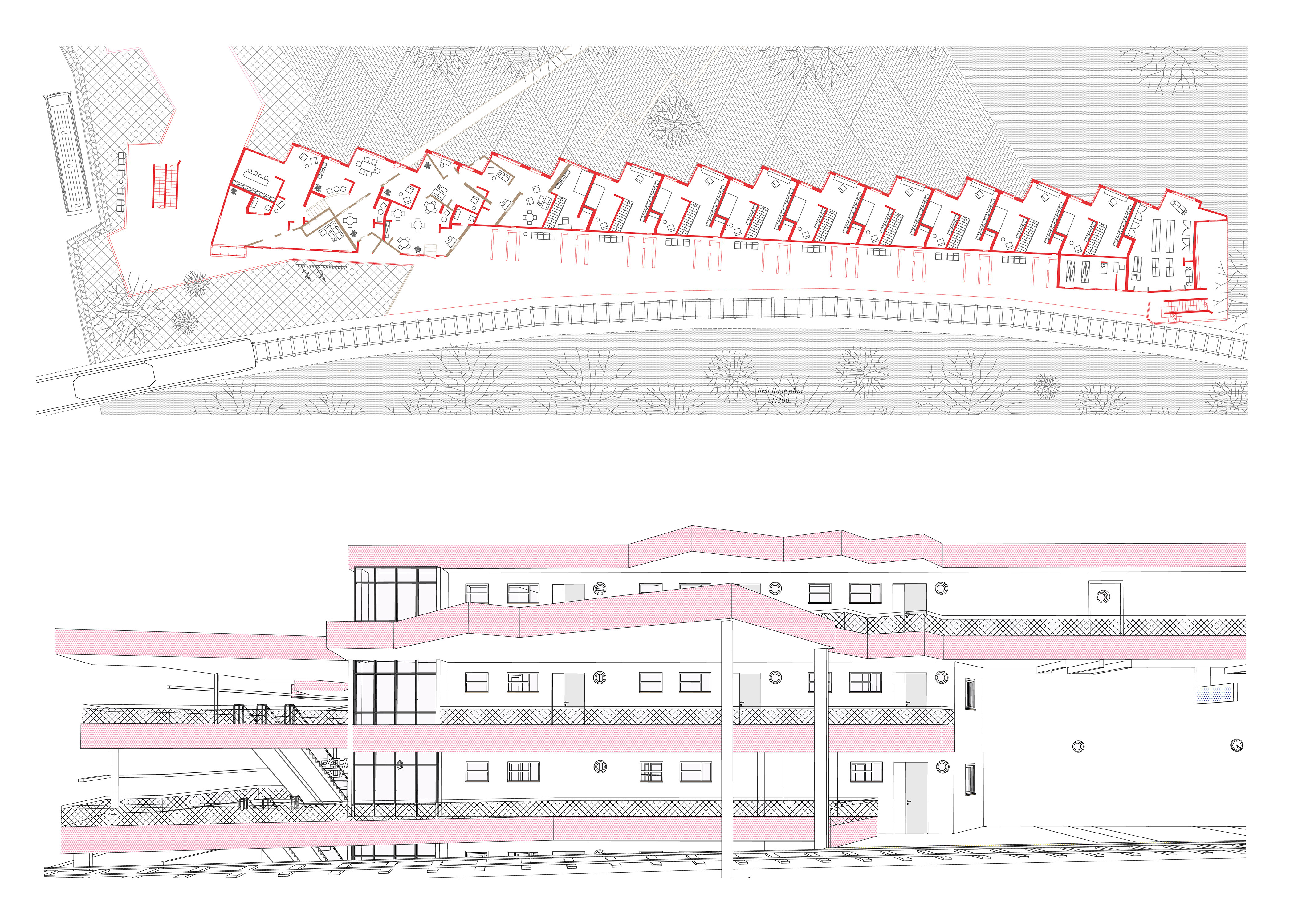




STUDENT WORK MSC-1: Baptiste Burget, Elisa Eagleton, Jannik Oslender, Johanna Presse, Marion Kato, Karina Andree, Lara Gerhards, Lisa Schrick, Max Schuchardt, Mirela Spasova
STUDENT WORK MSC-2: Alessandra Esposito, Alicja Willam, Felix Kaiser, Iva Ivanova, Joanna Wrobel, Leander Ostgathe, Lina Wahdan, Mascha Creutz, Mirela Spasova, Nora Gerbaulet, Saumya Rawat, Stefani Nedkova, Hung Hua
STUDIO: Marius Grootveld
YEAR: 2018, 2019
INSTITUTION: RWTH Aachen
CHAIR: Lehrstuhl für Gebäudelehre und Grundlagen des Entwerfens
PROF: Anne-Julchen Bernhardt
VELDWERK TEAM: Marius Grootveld, Karina Andree




